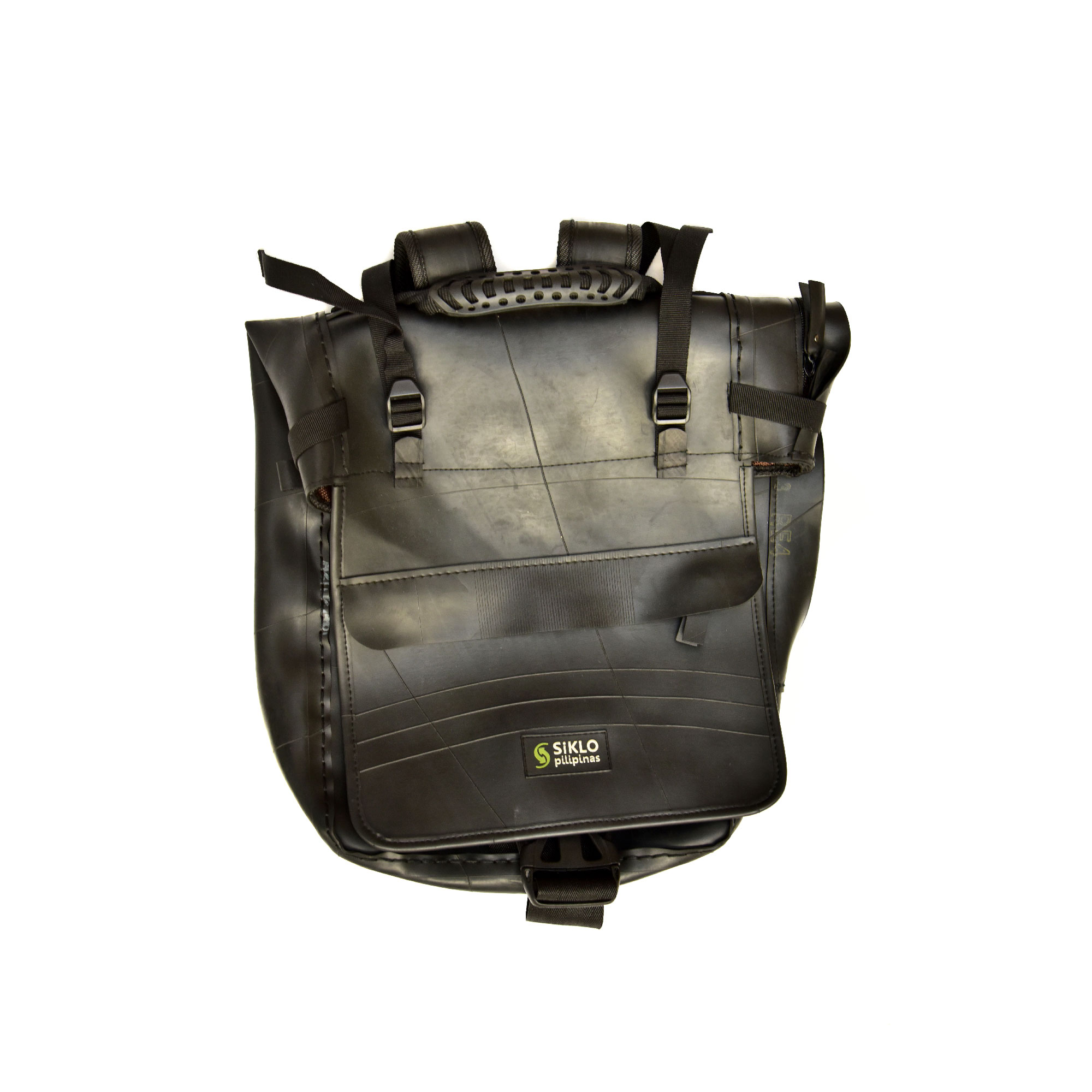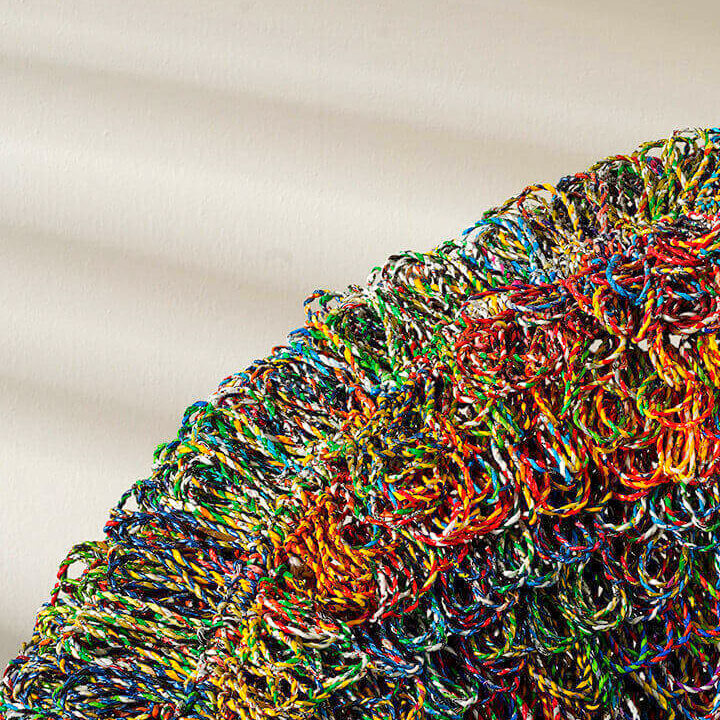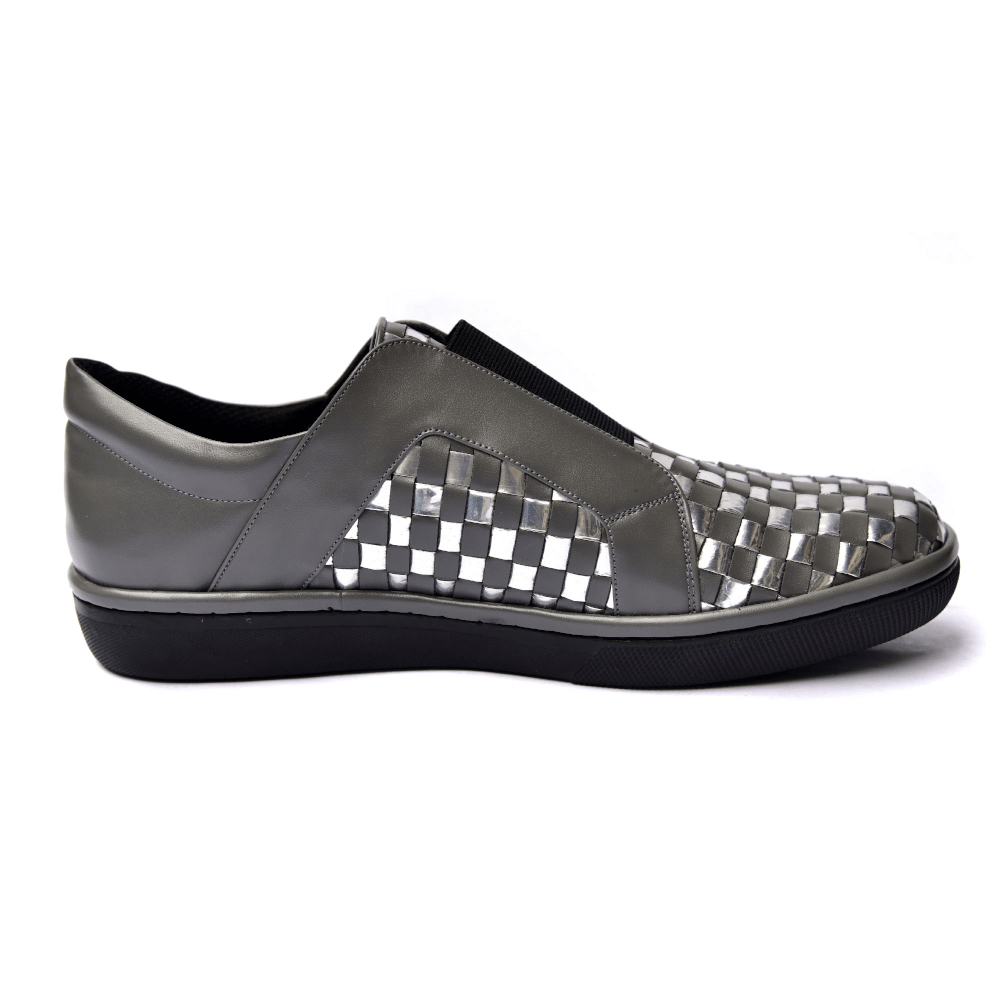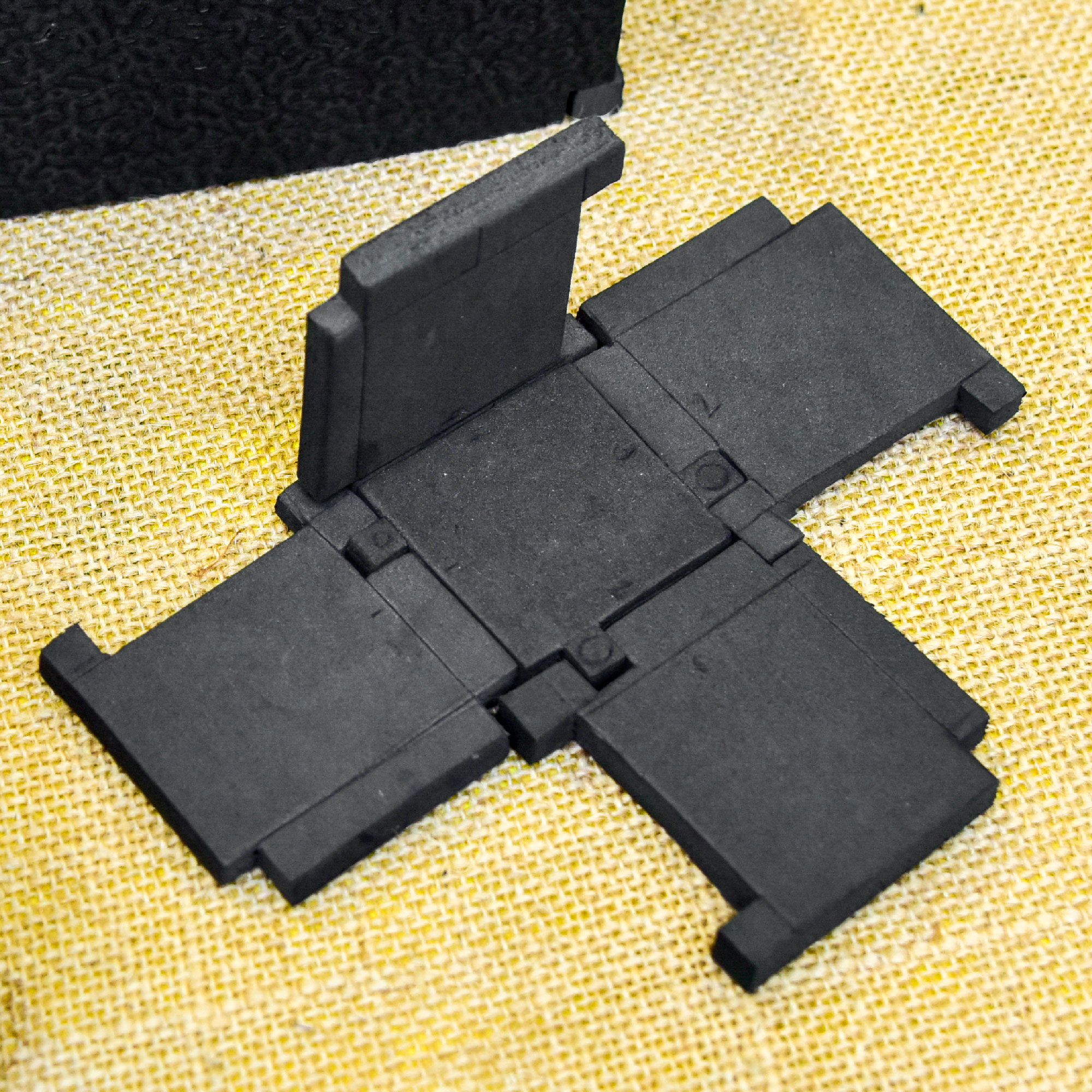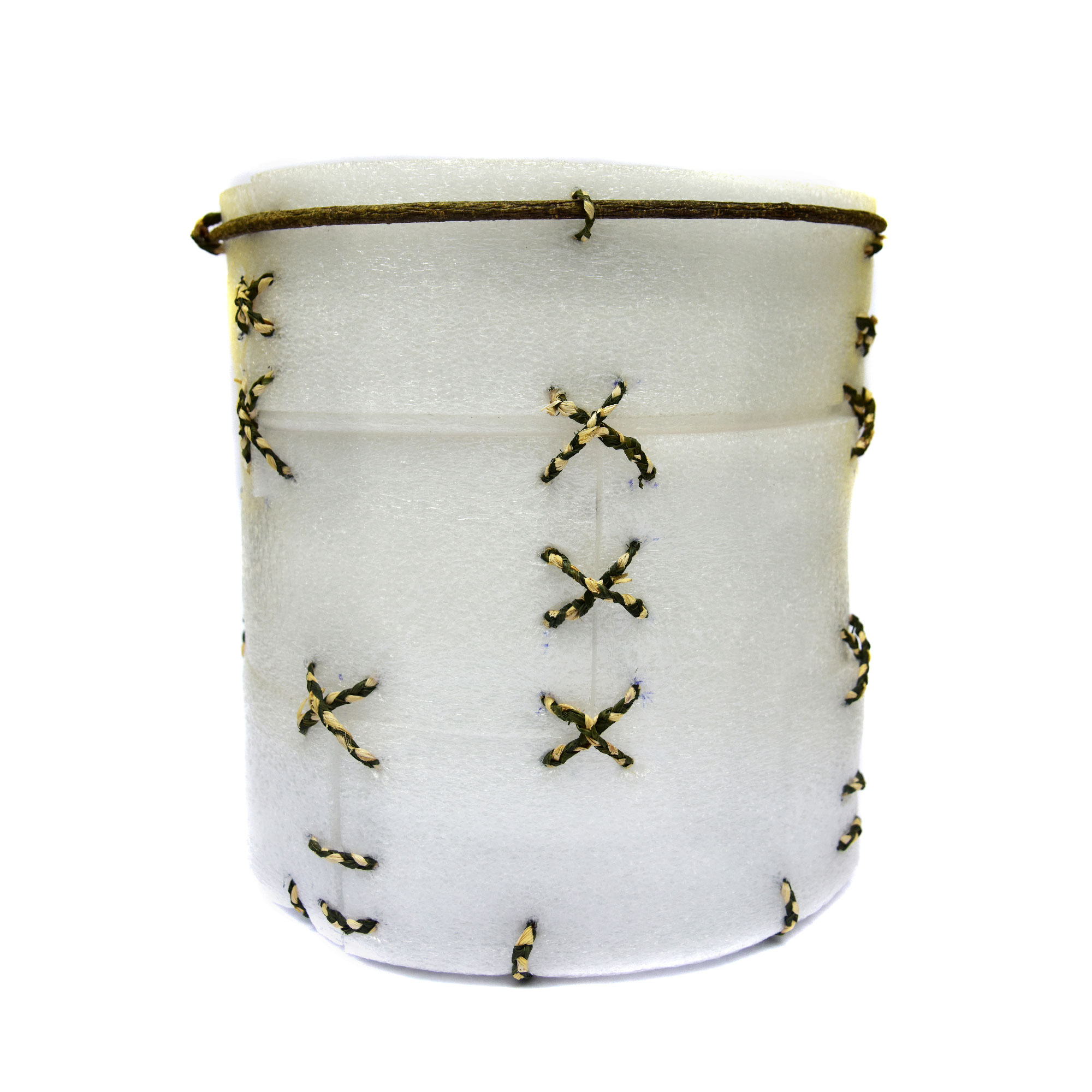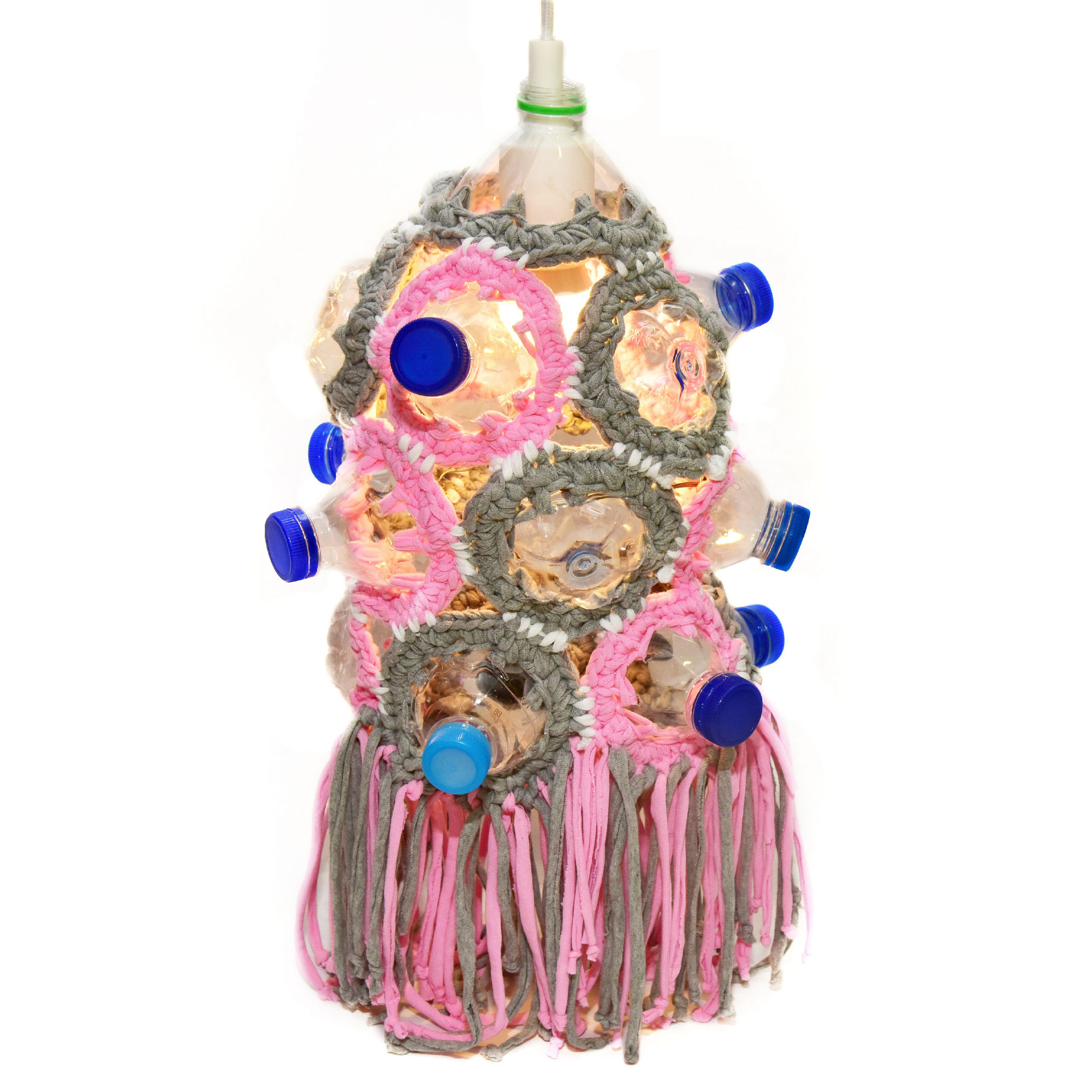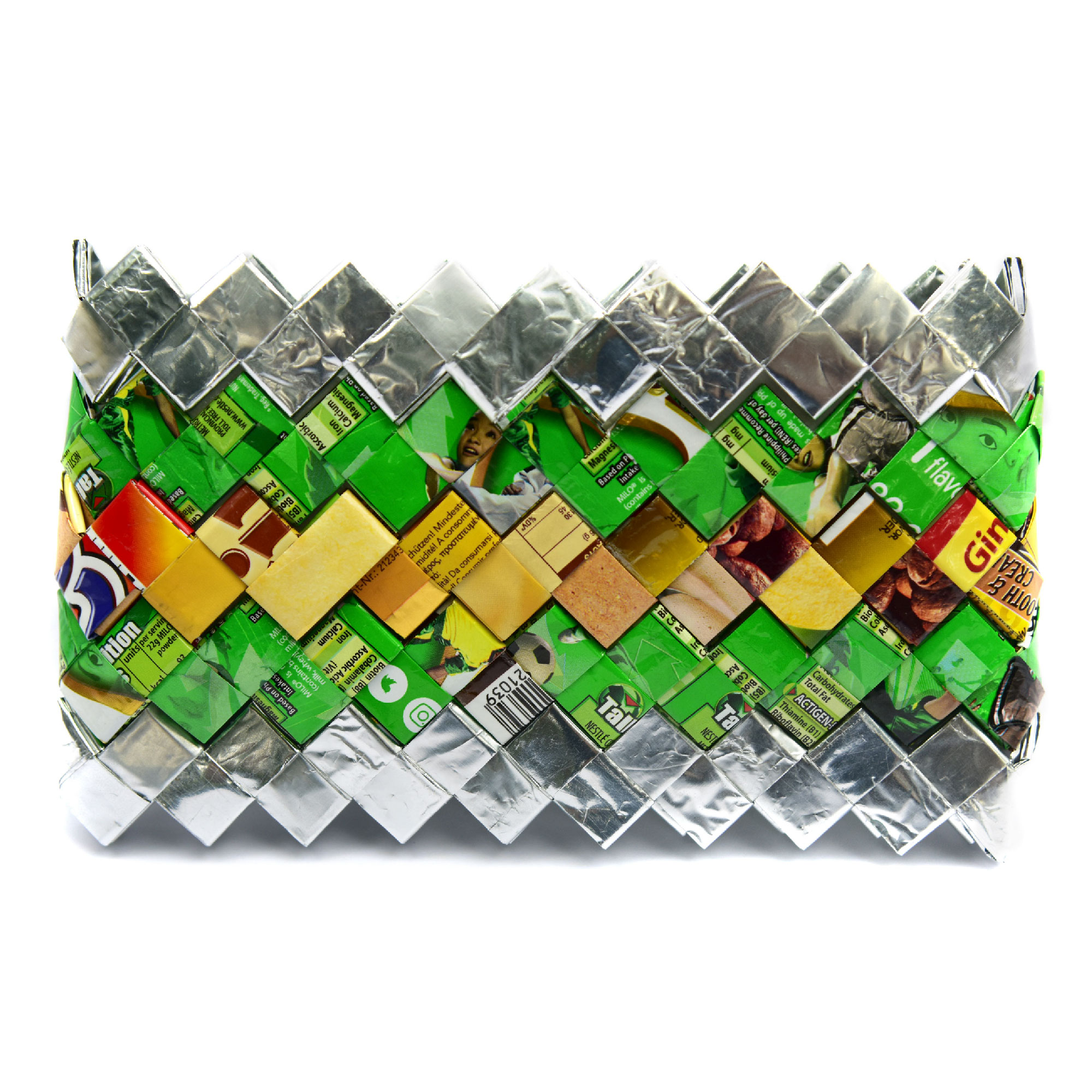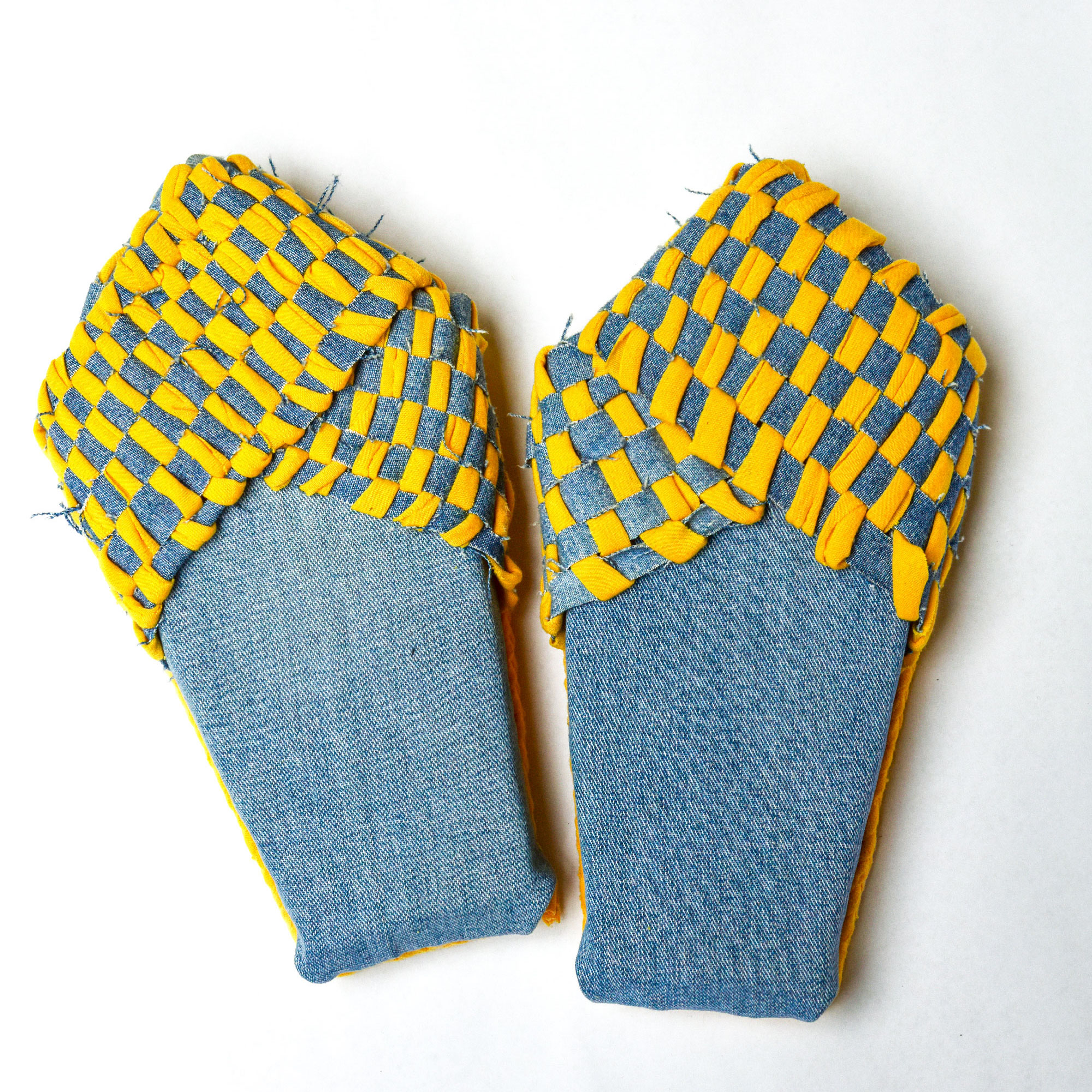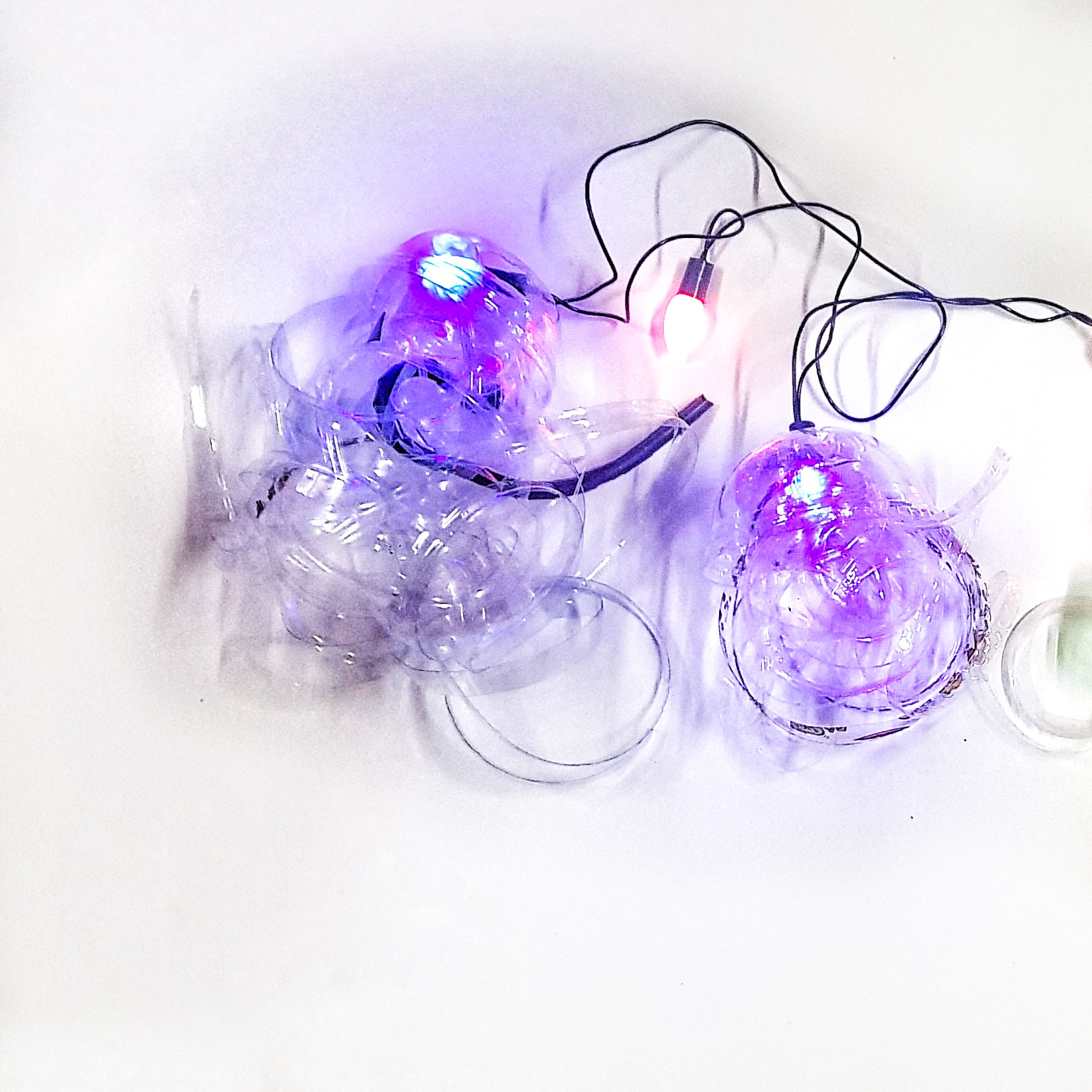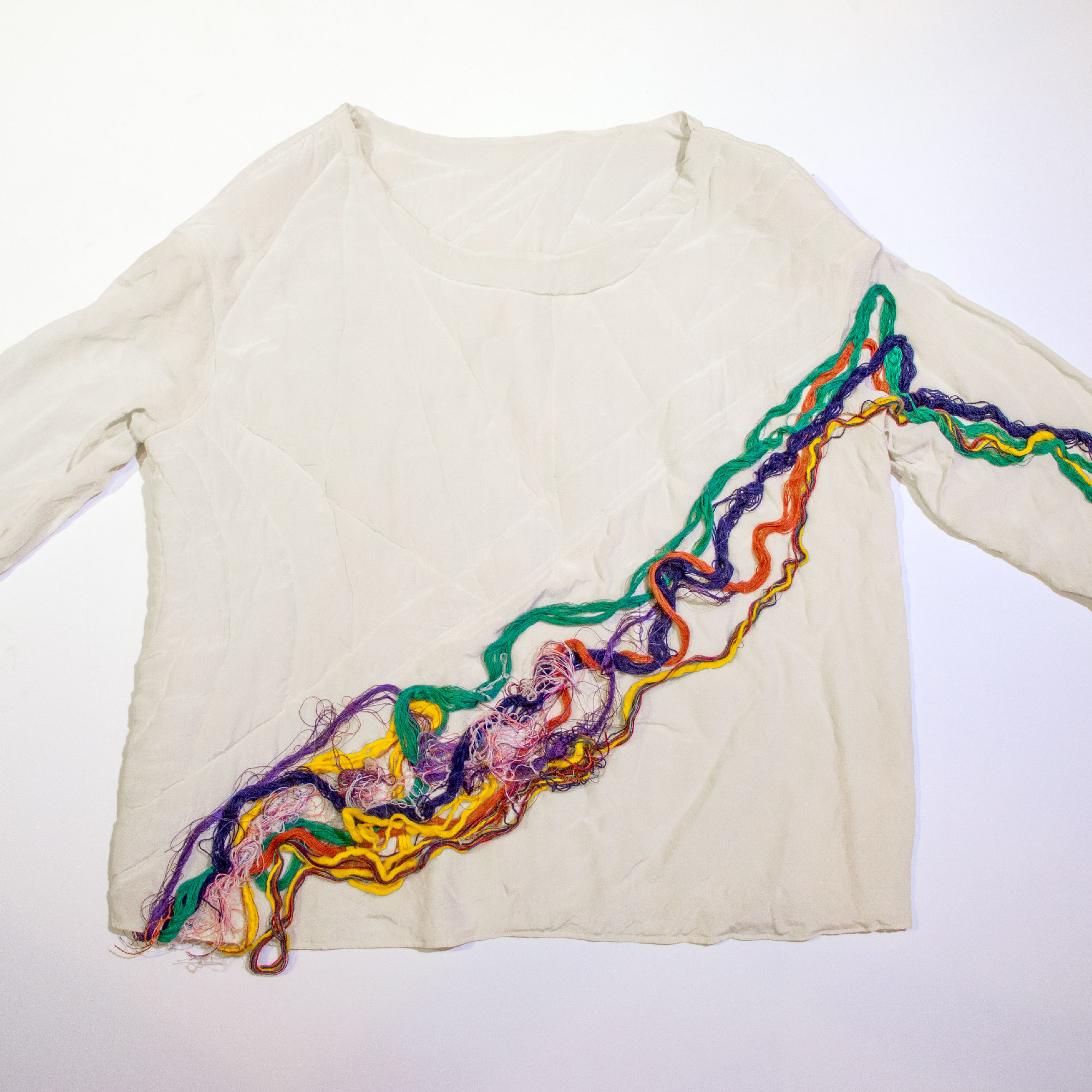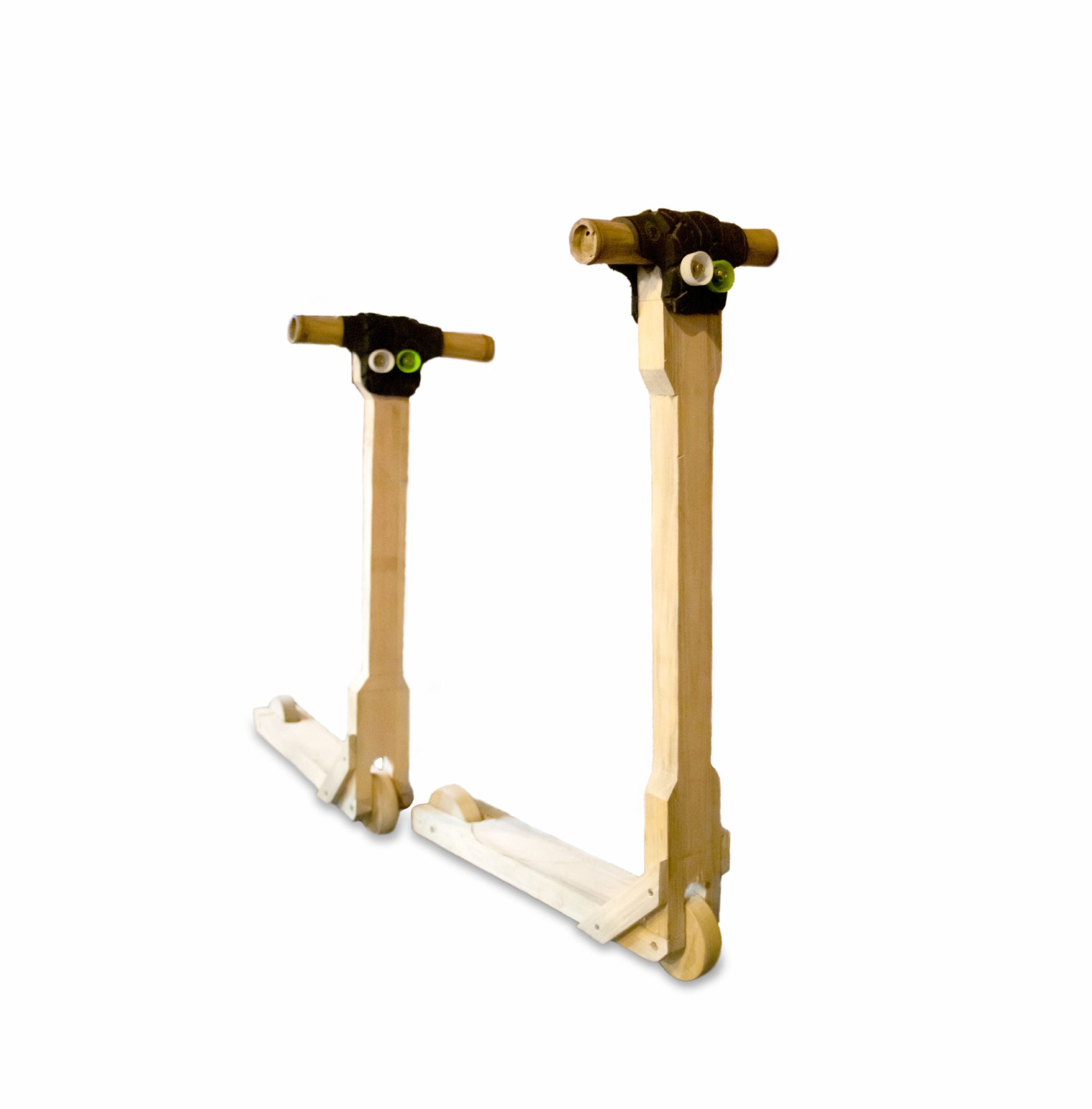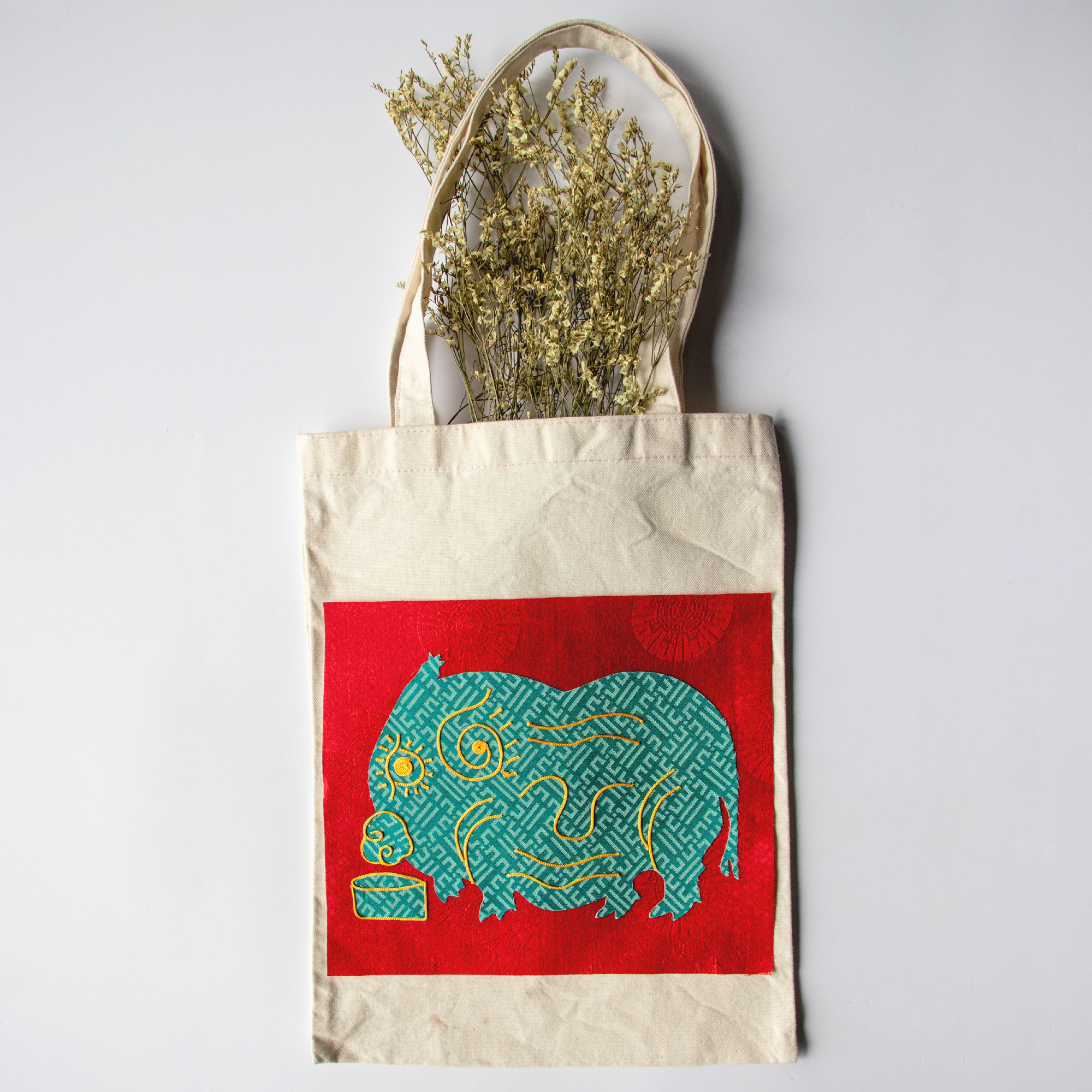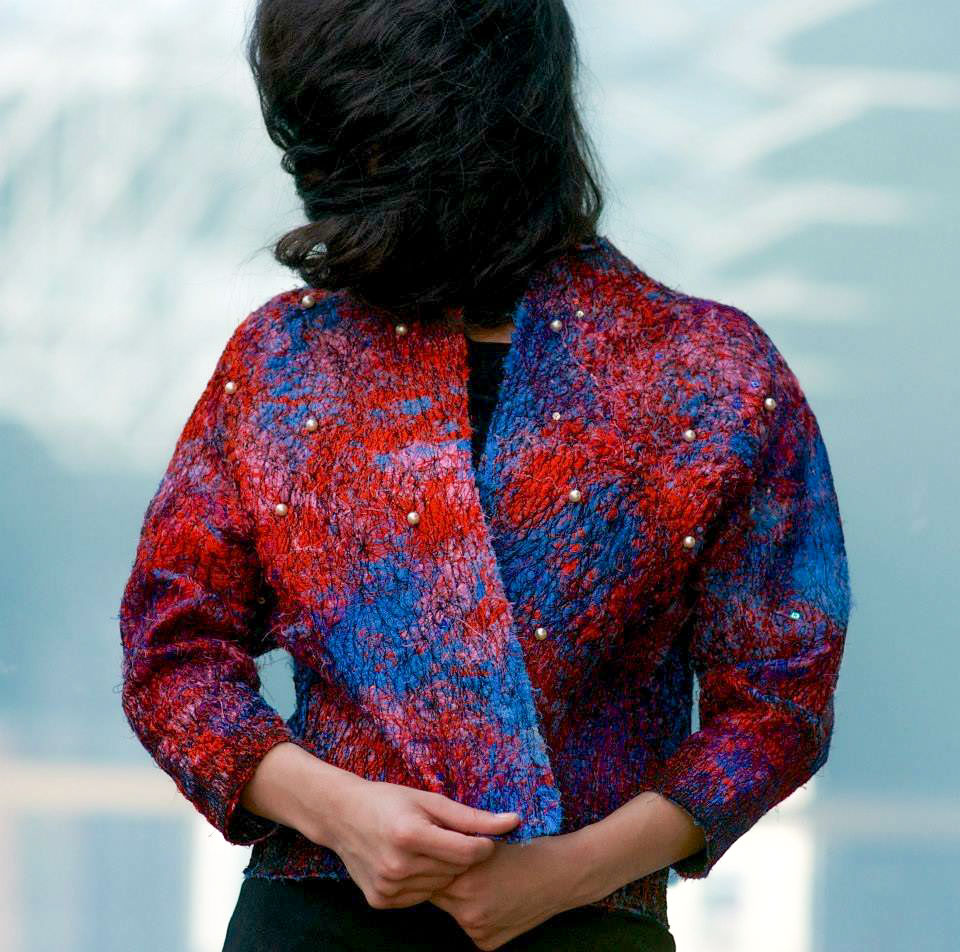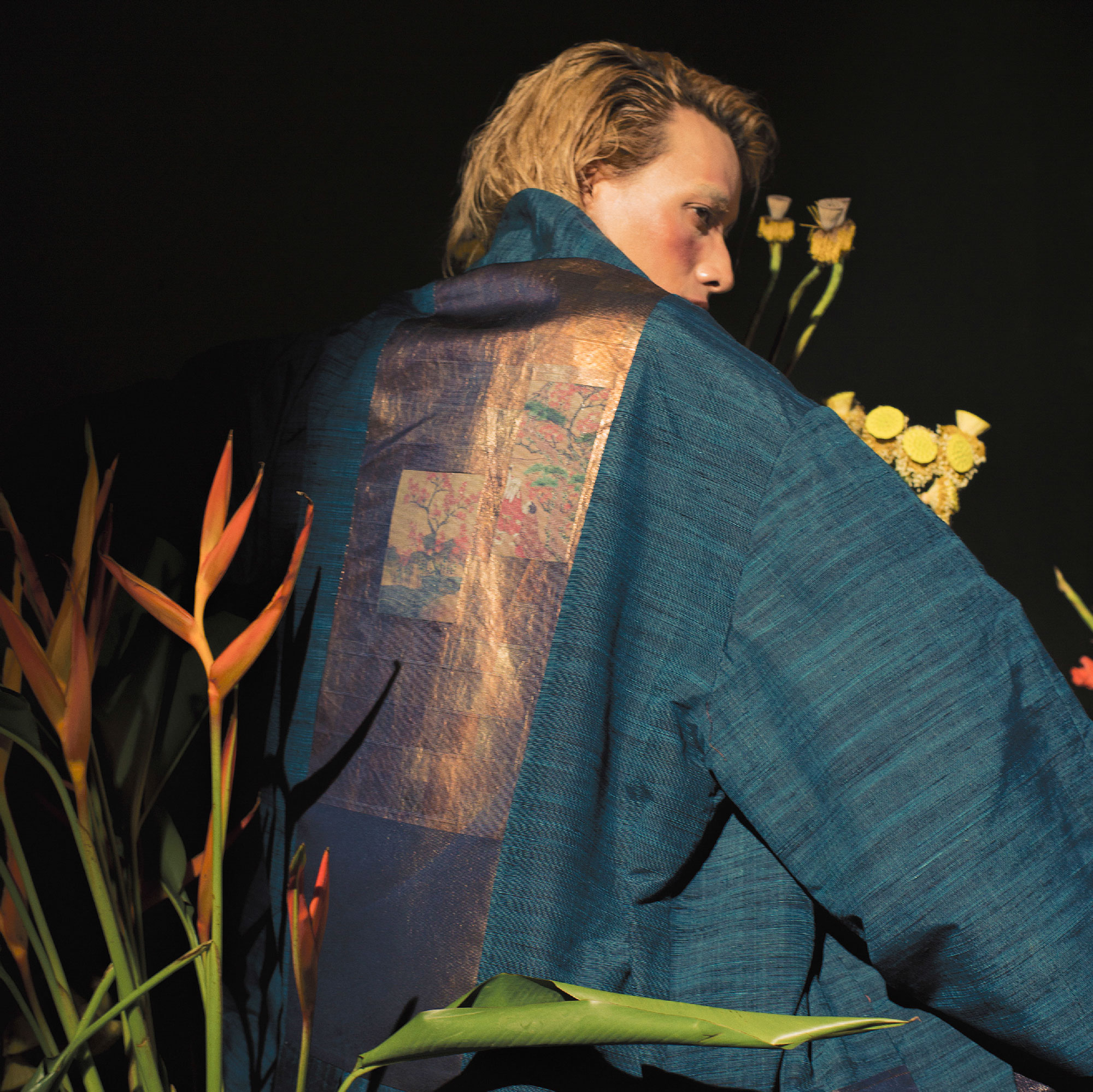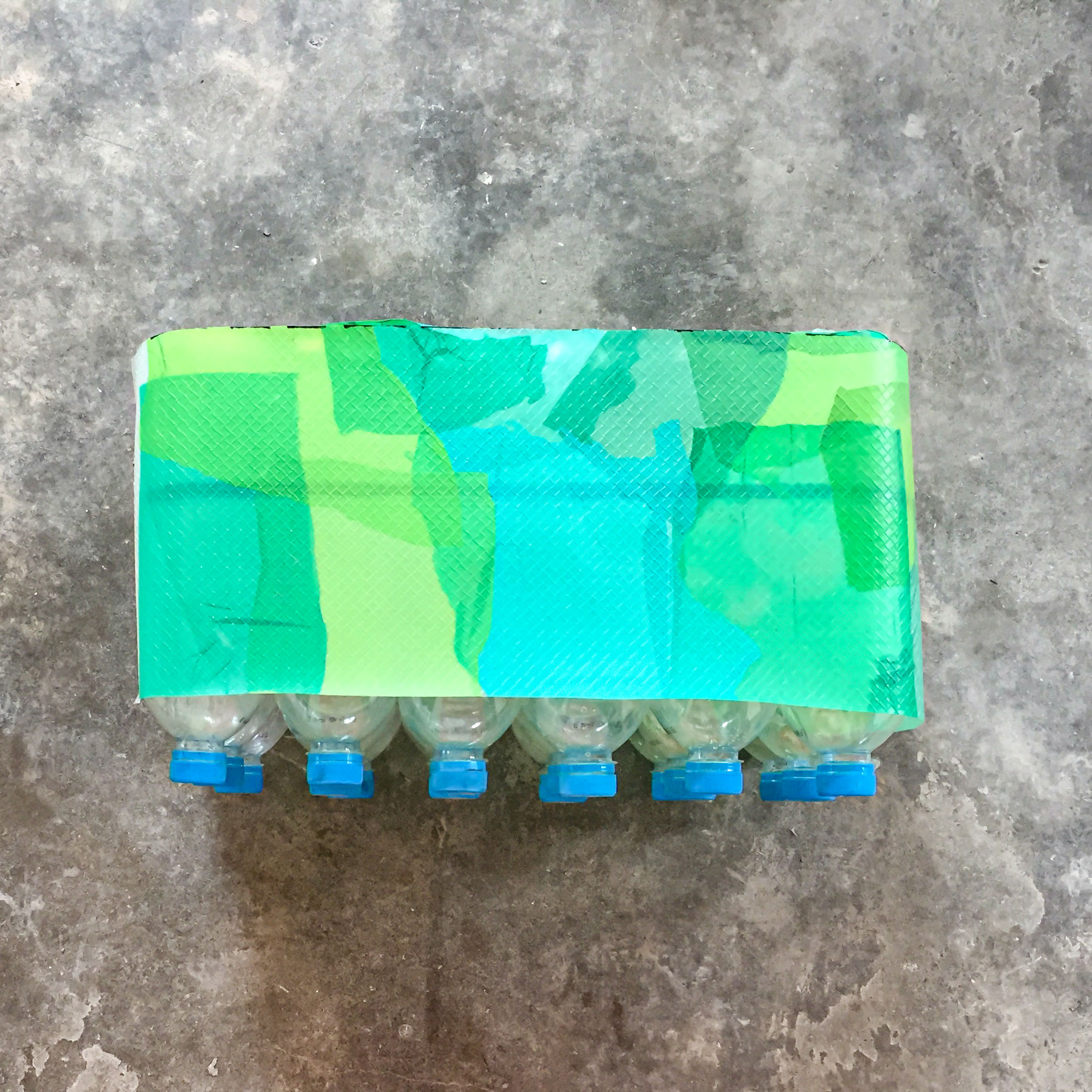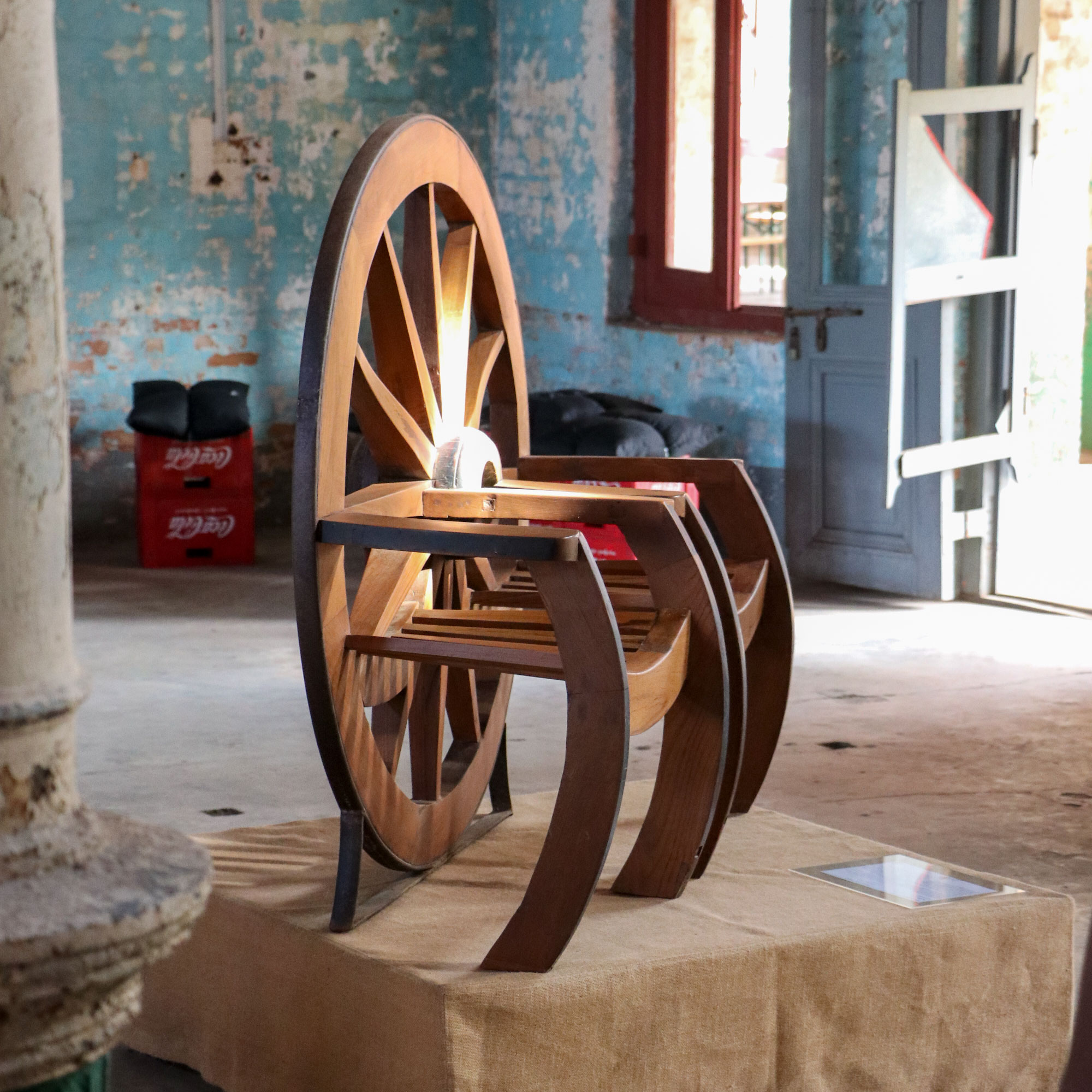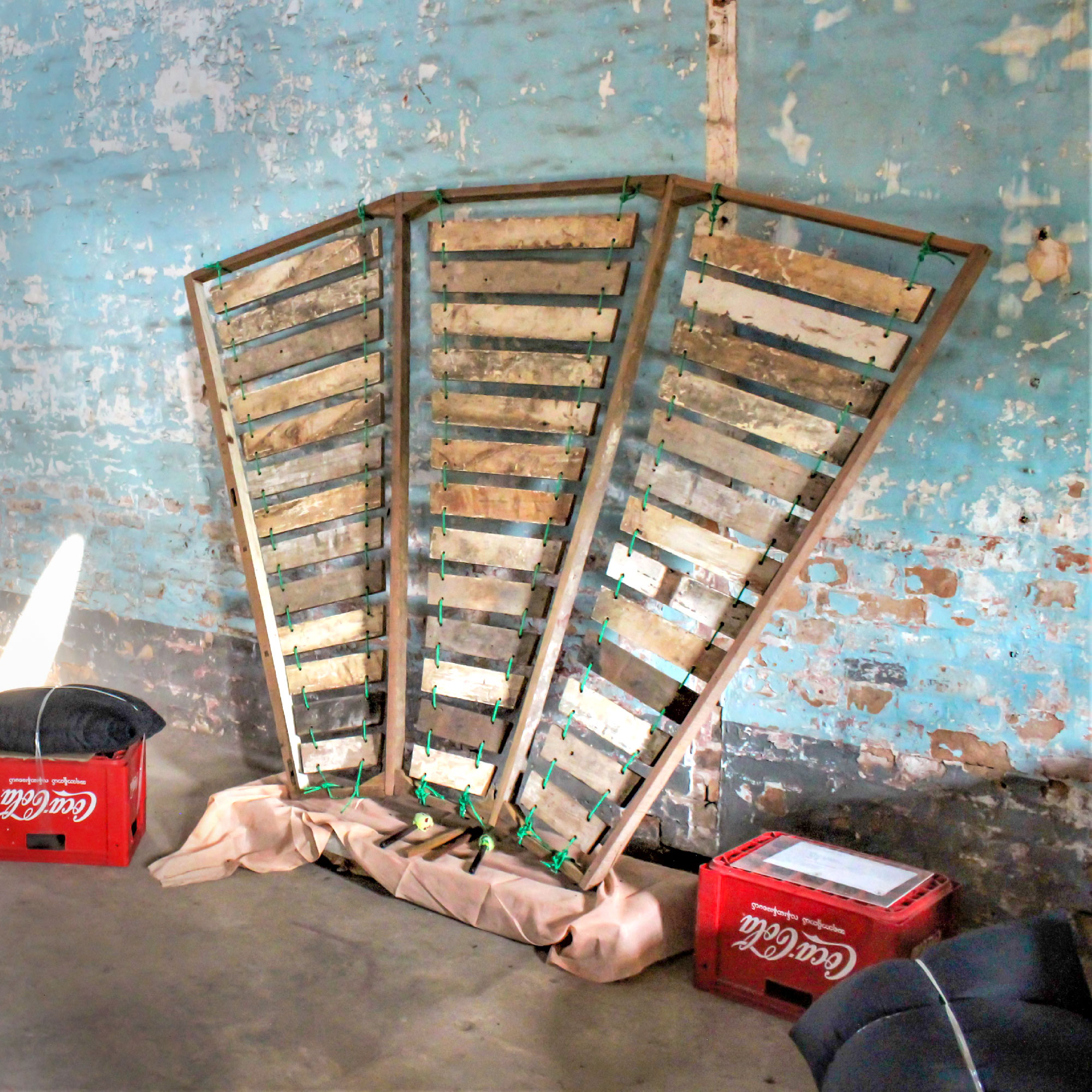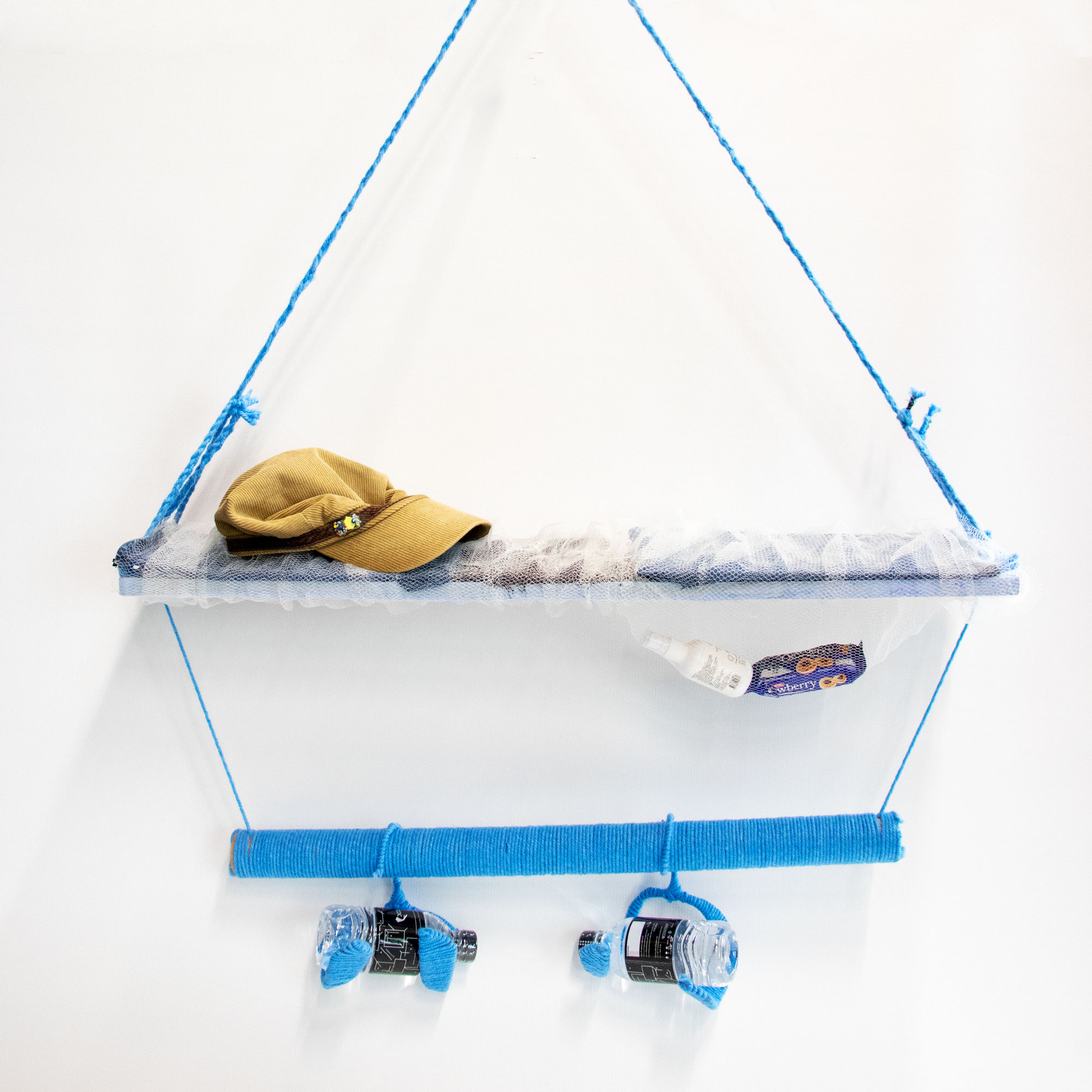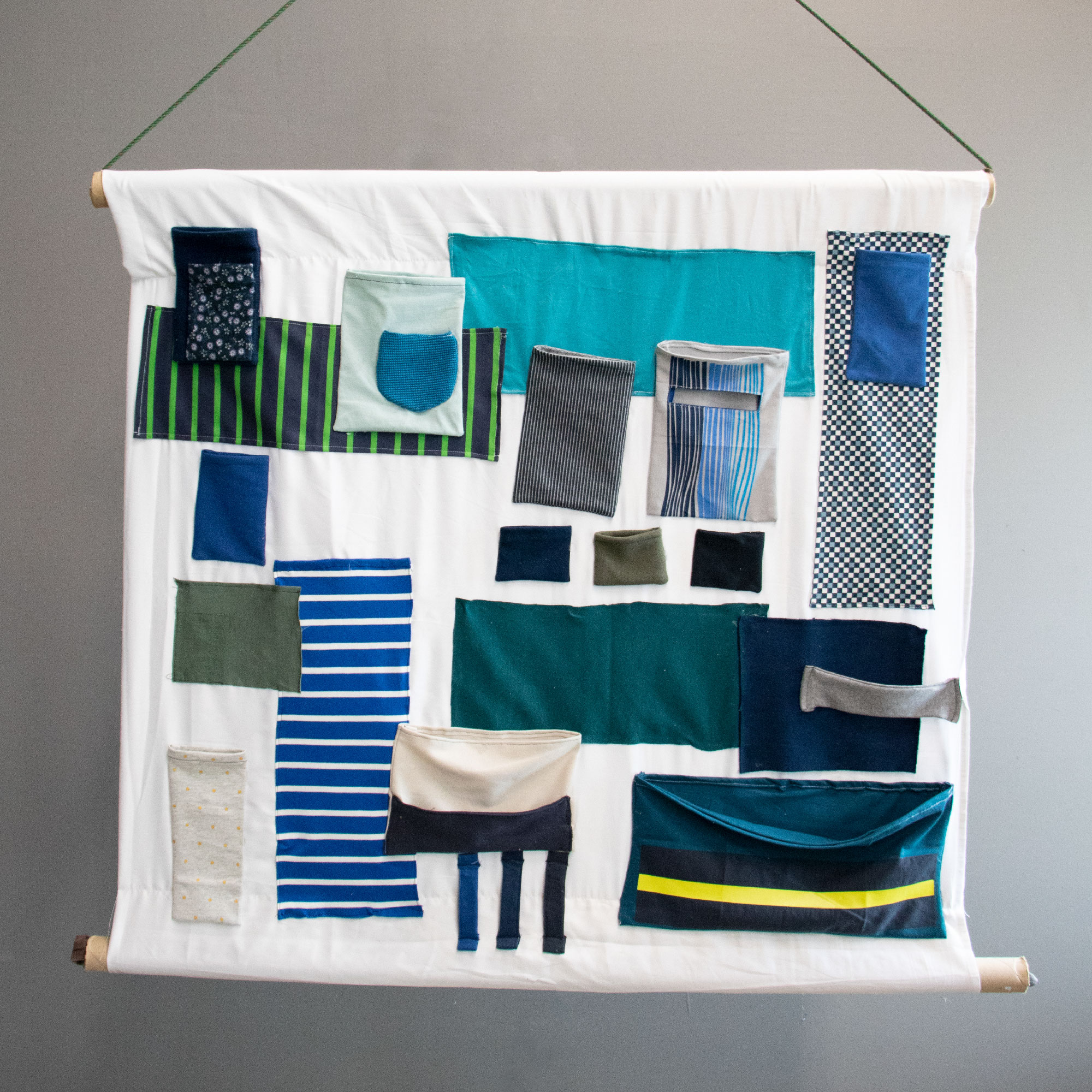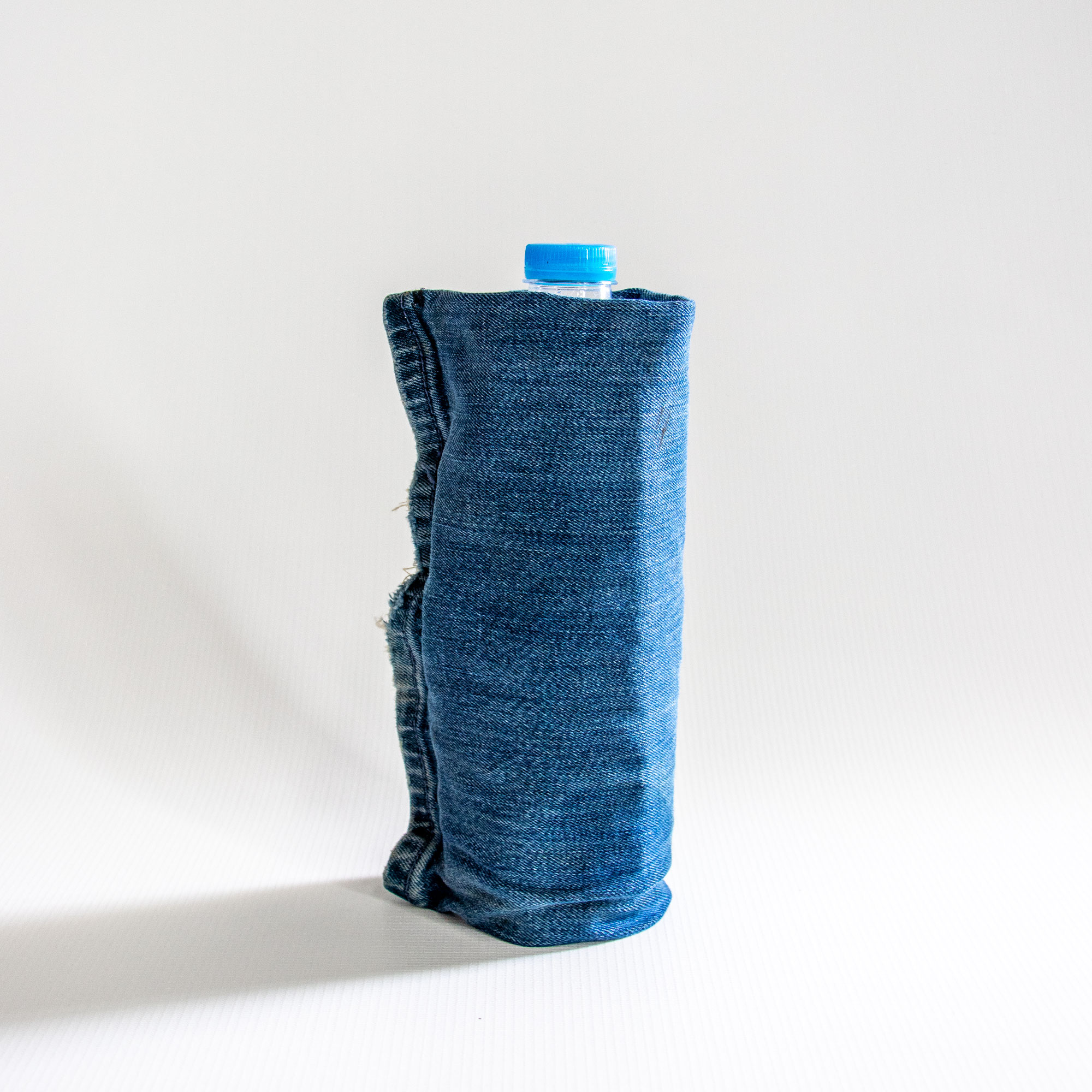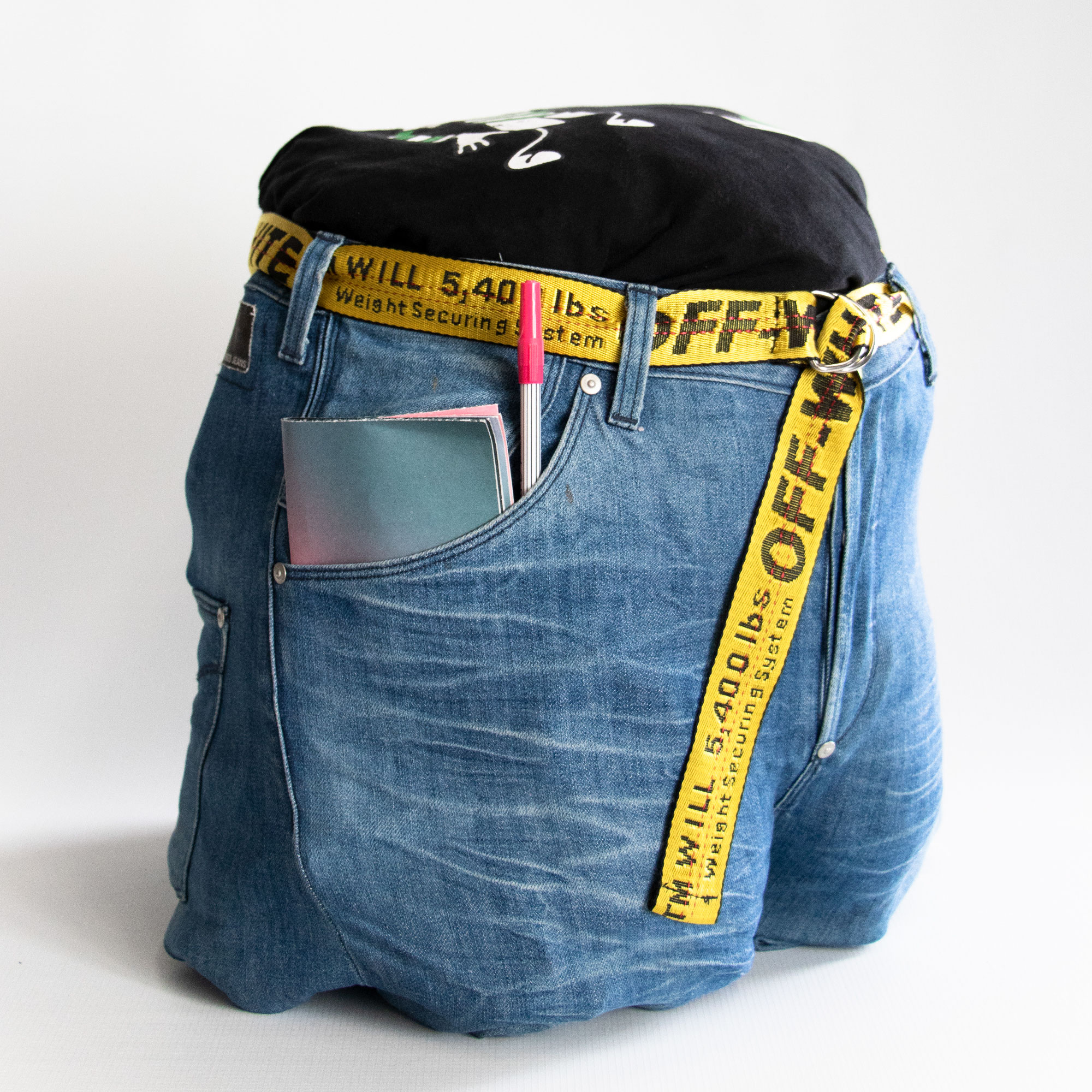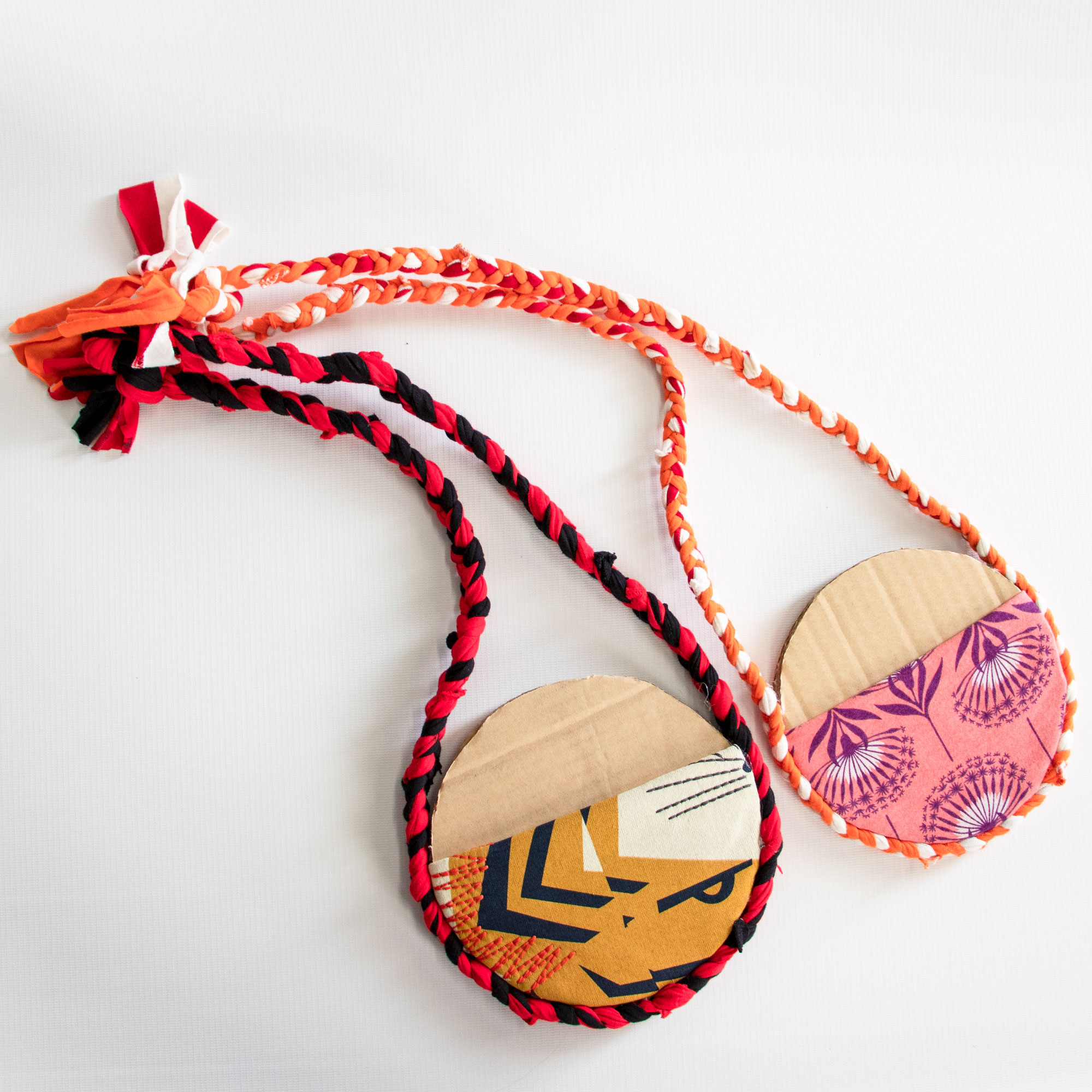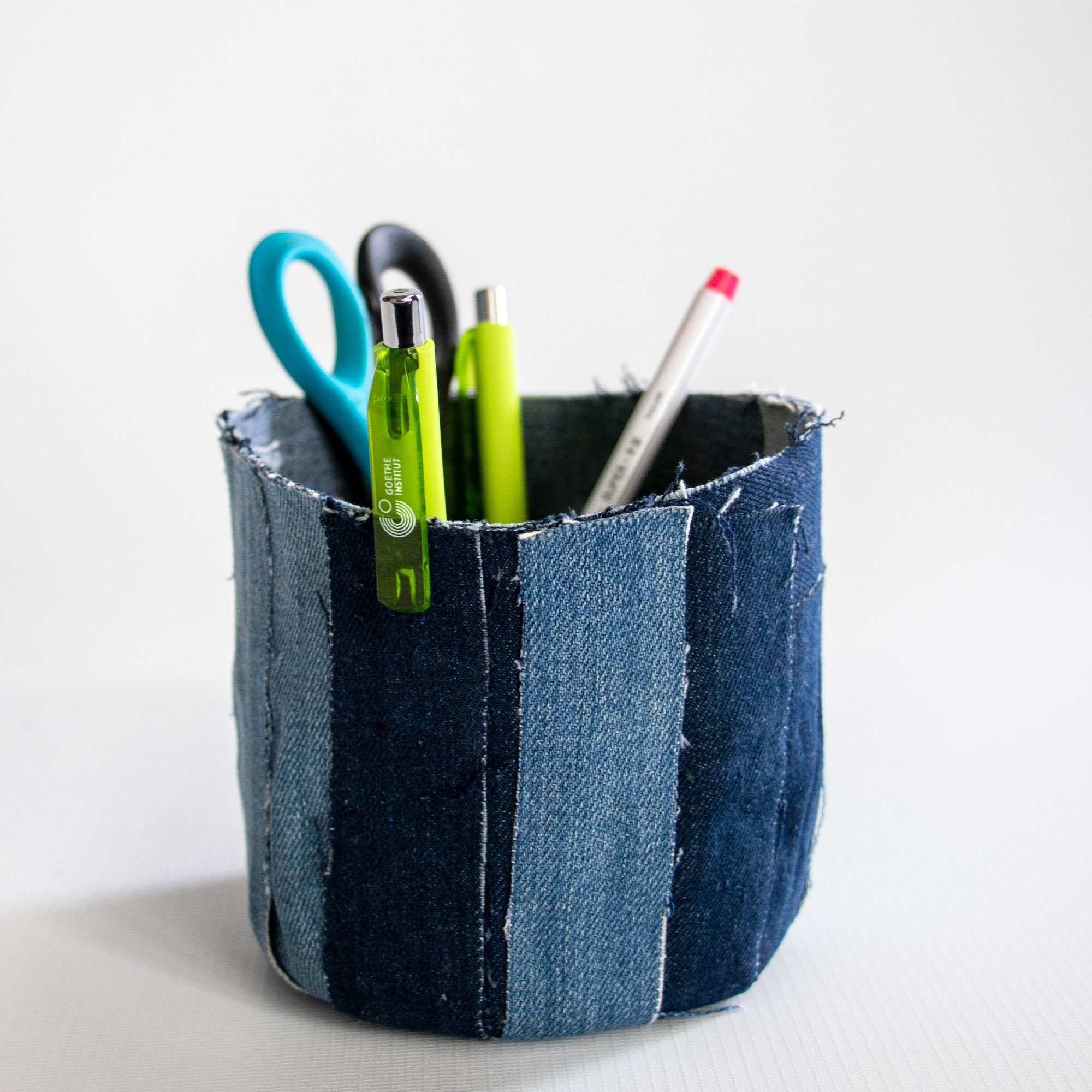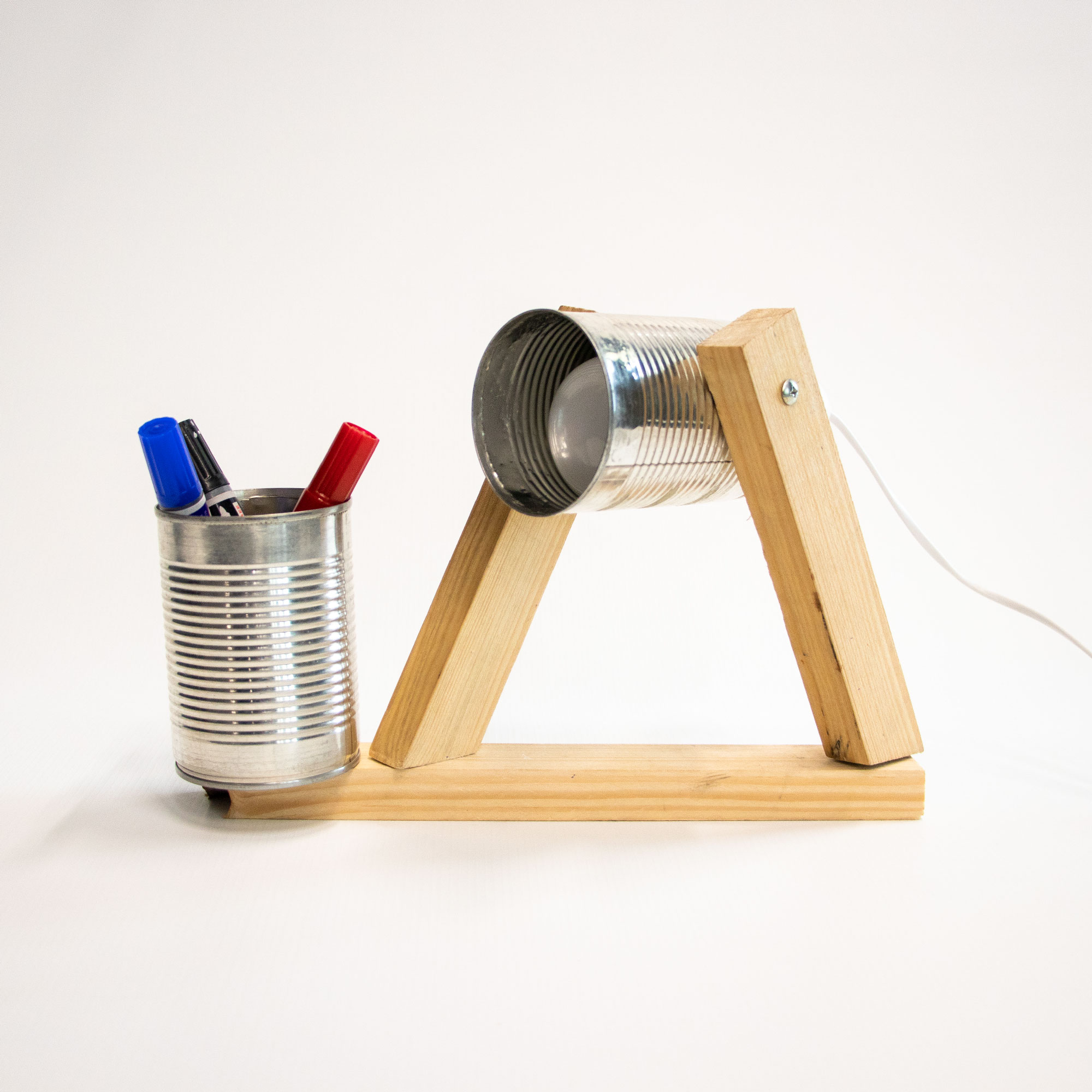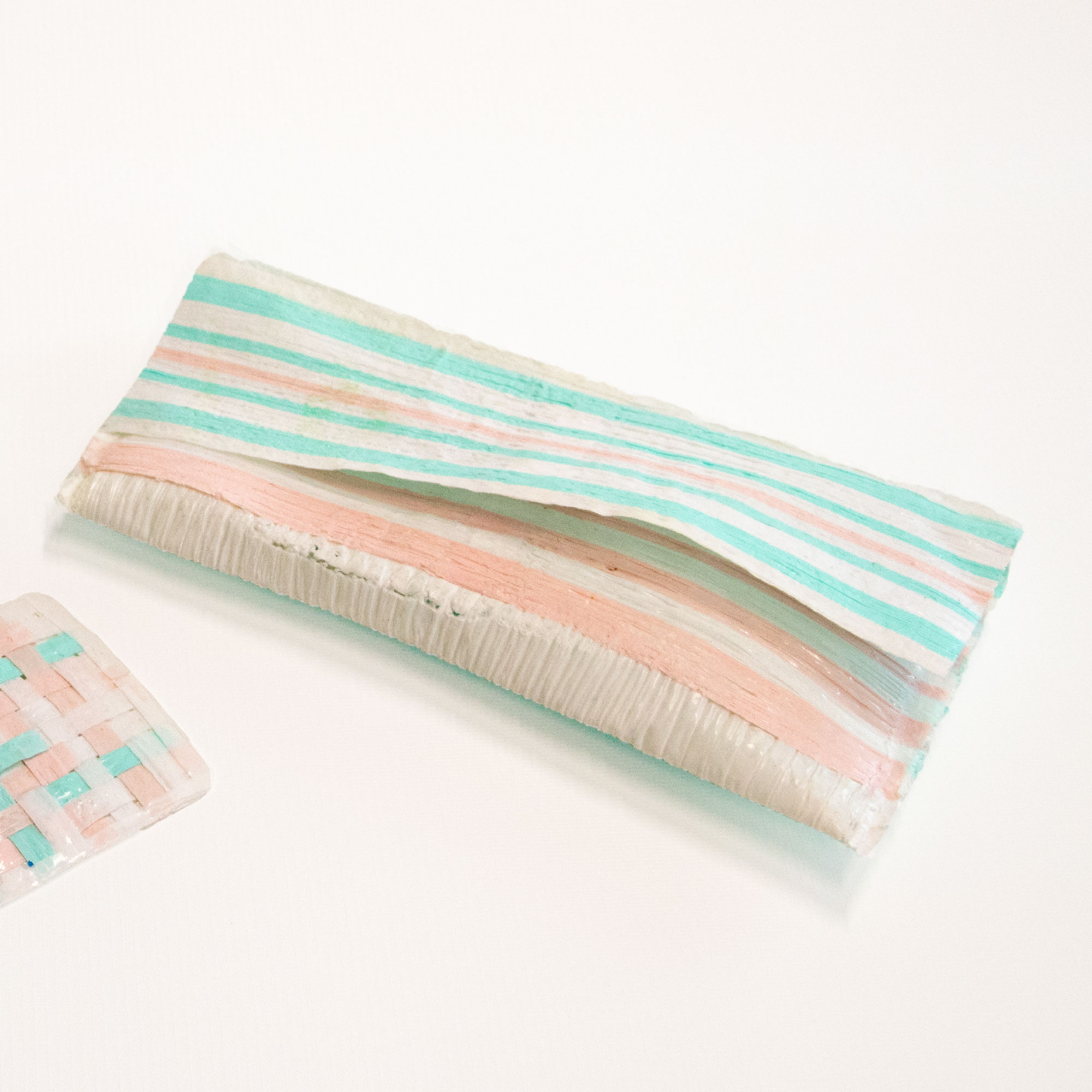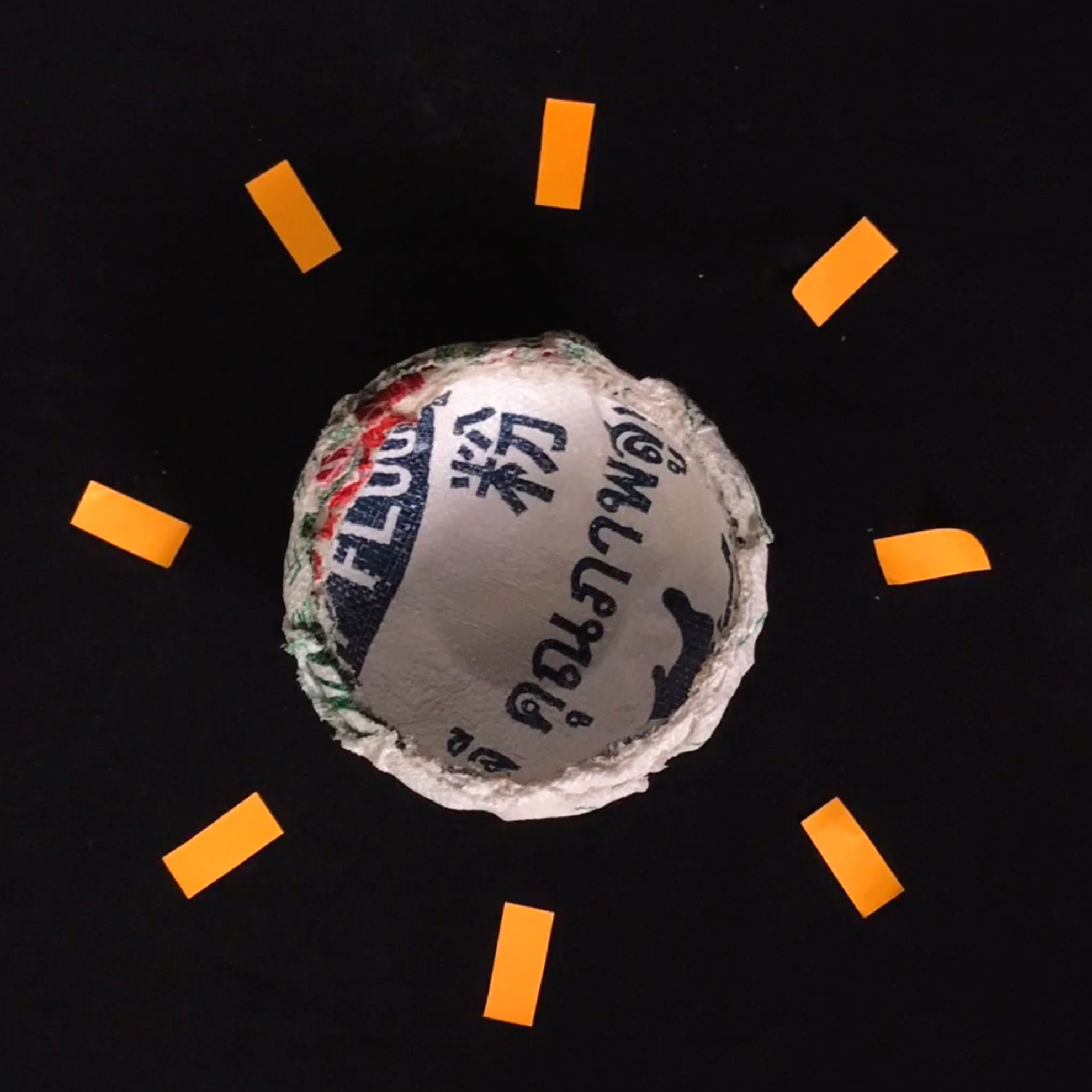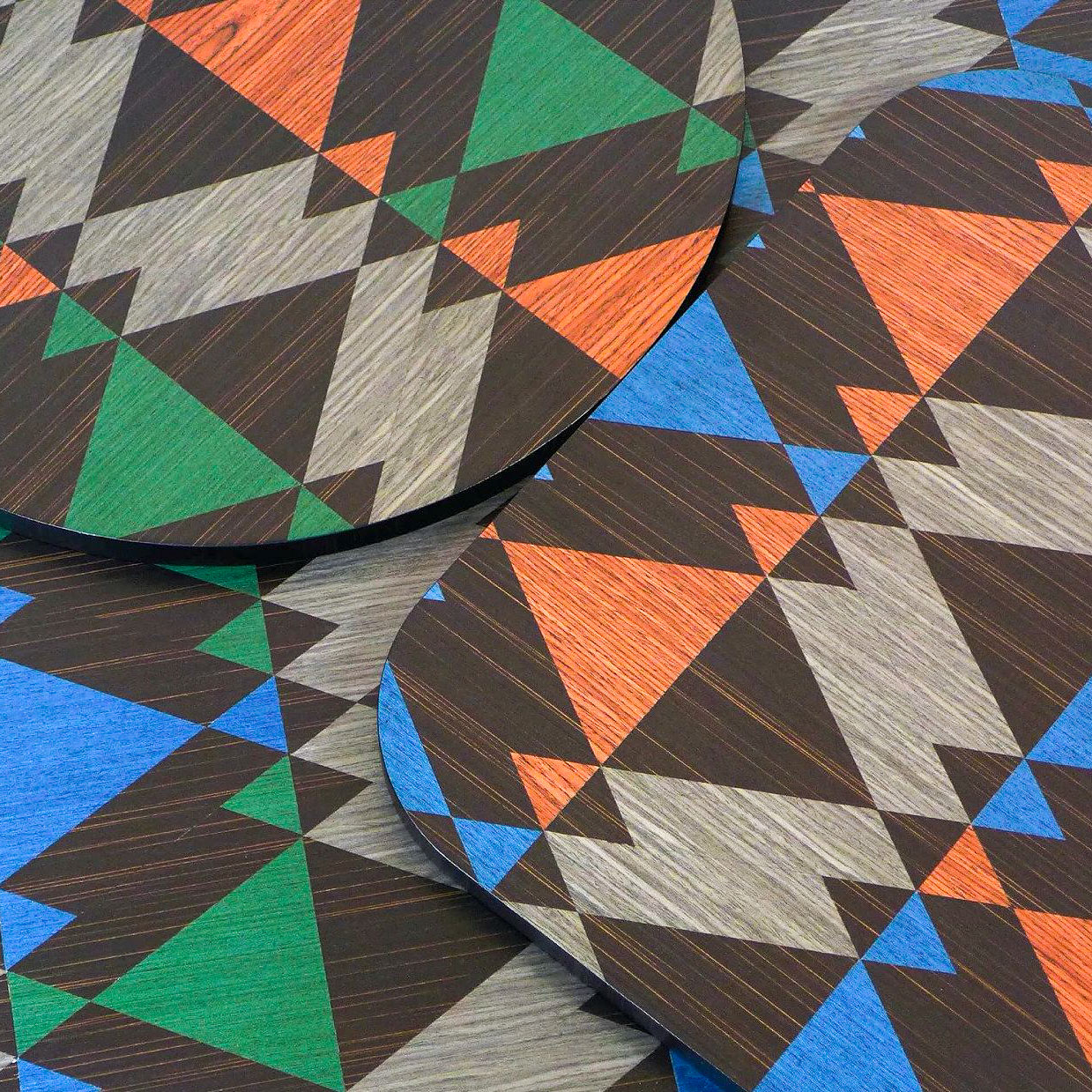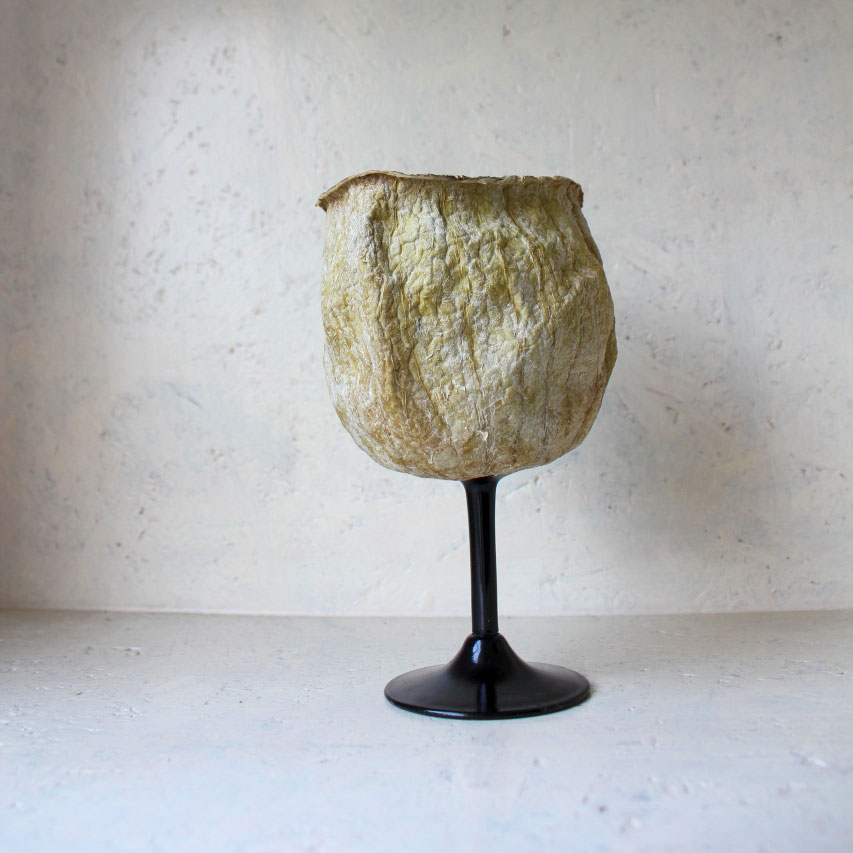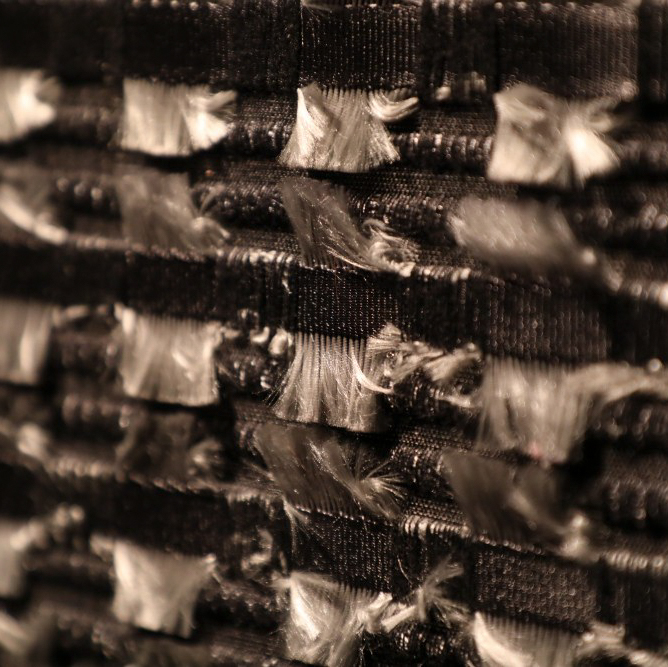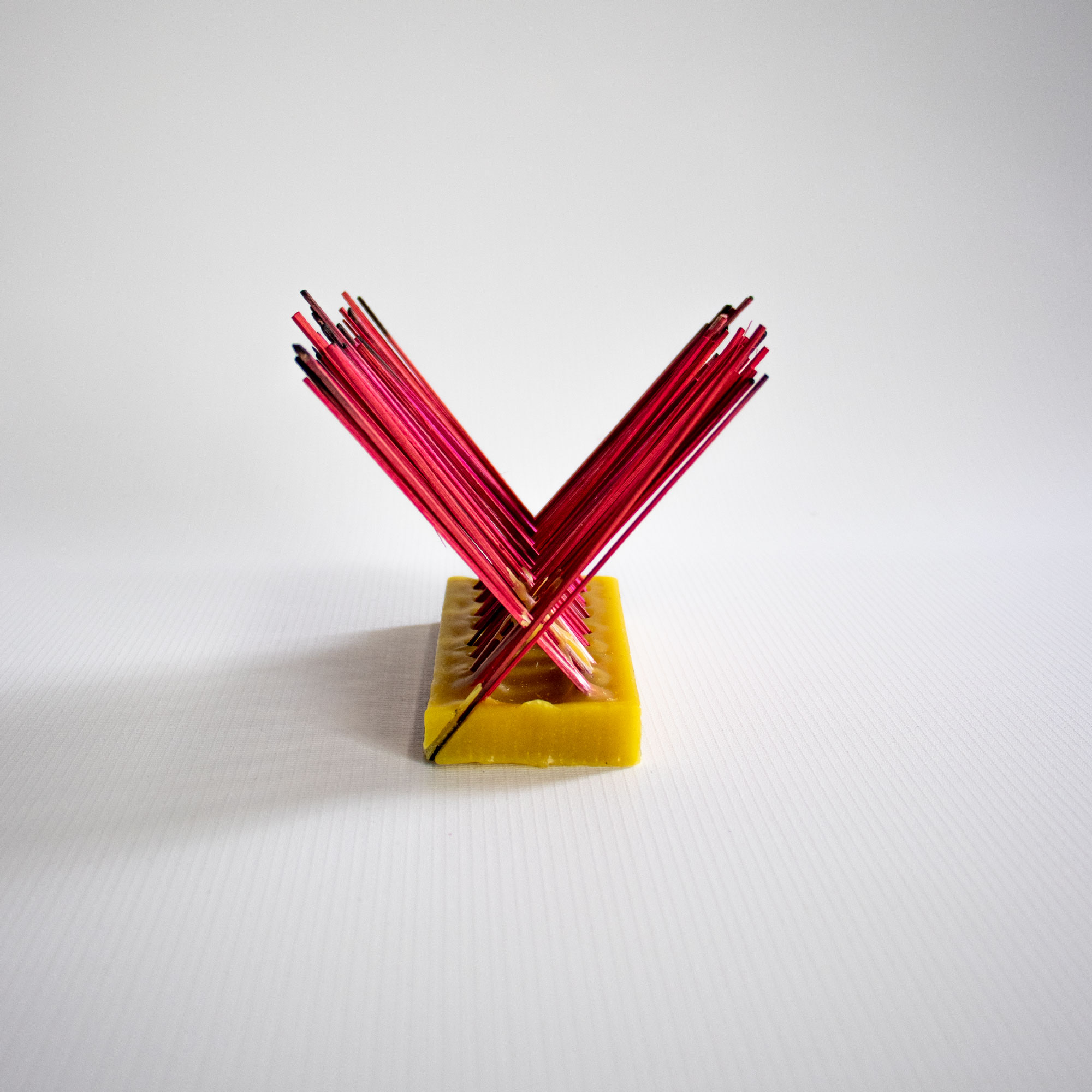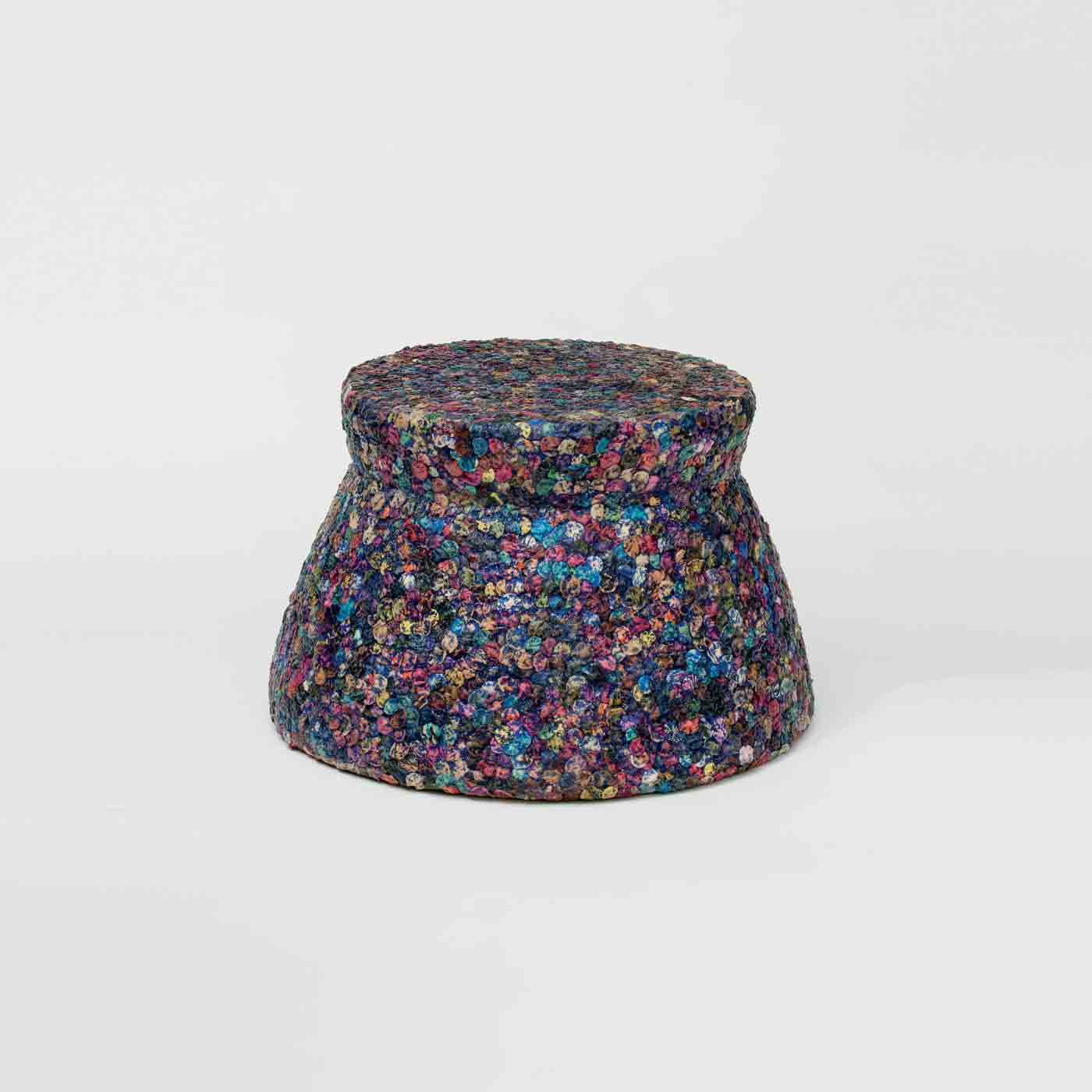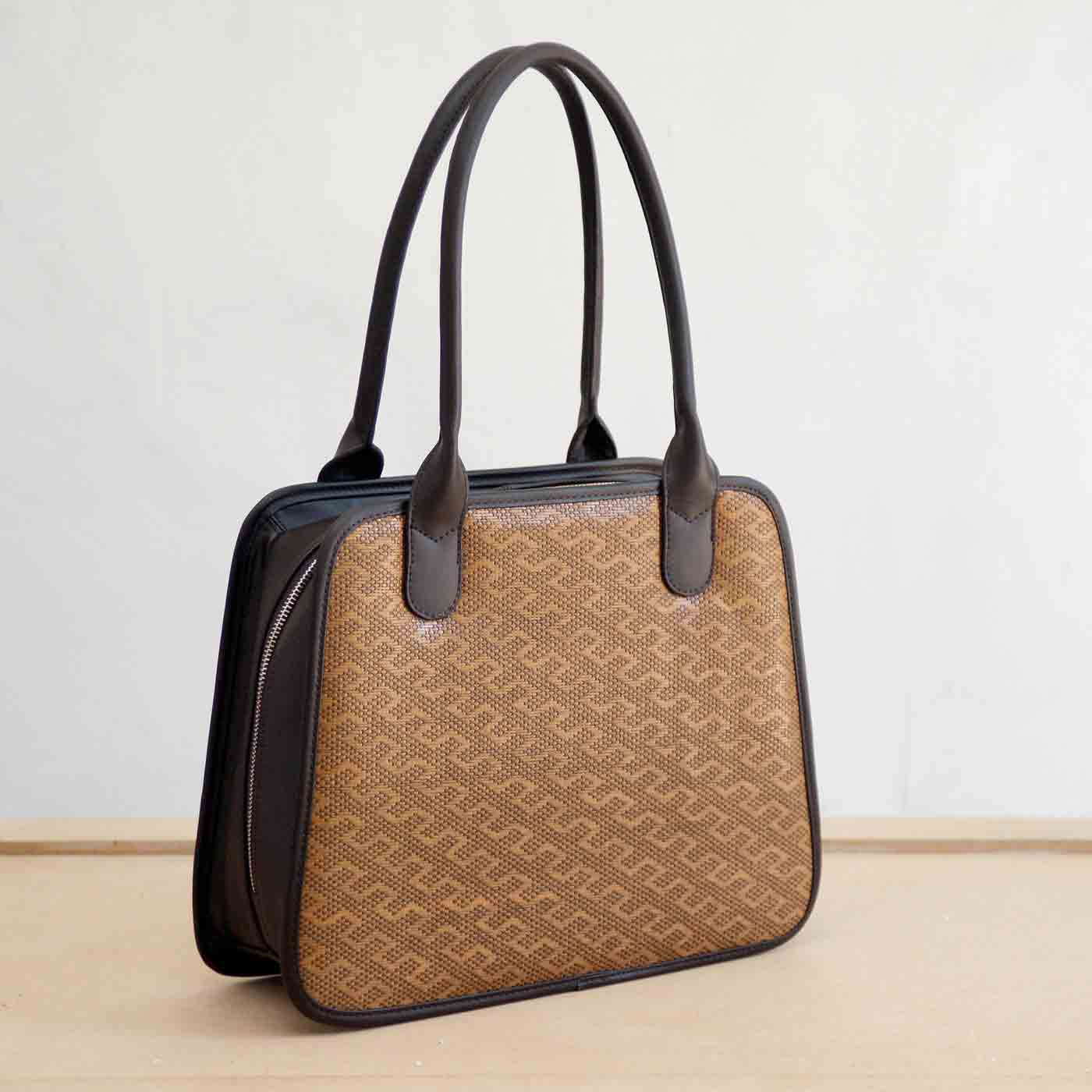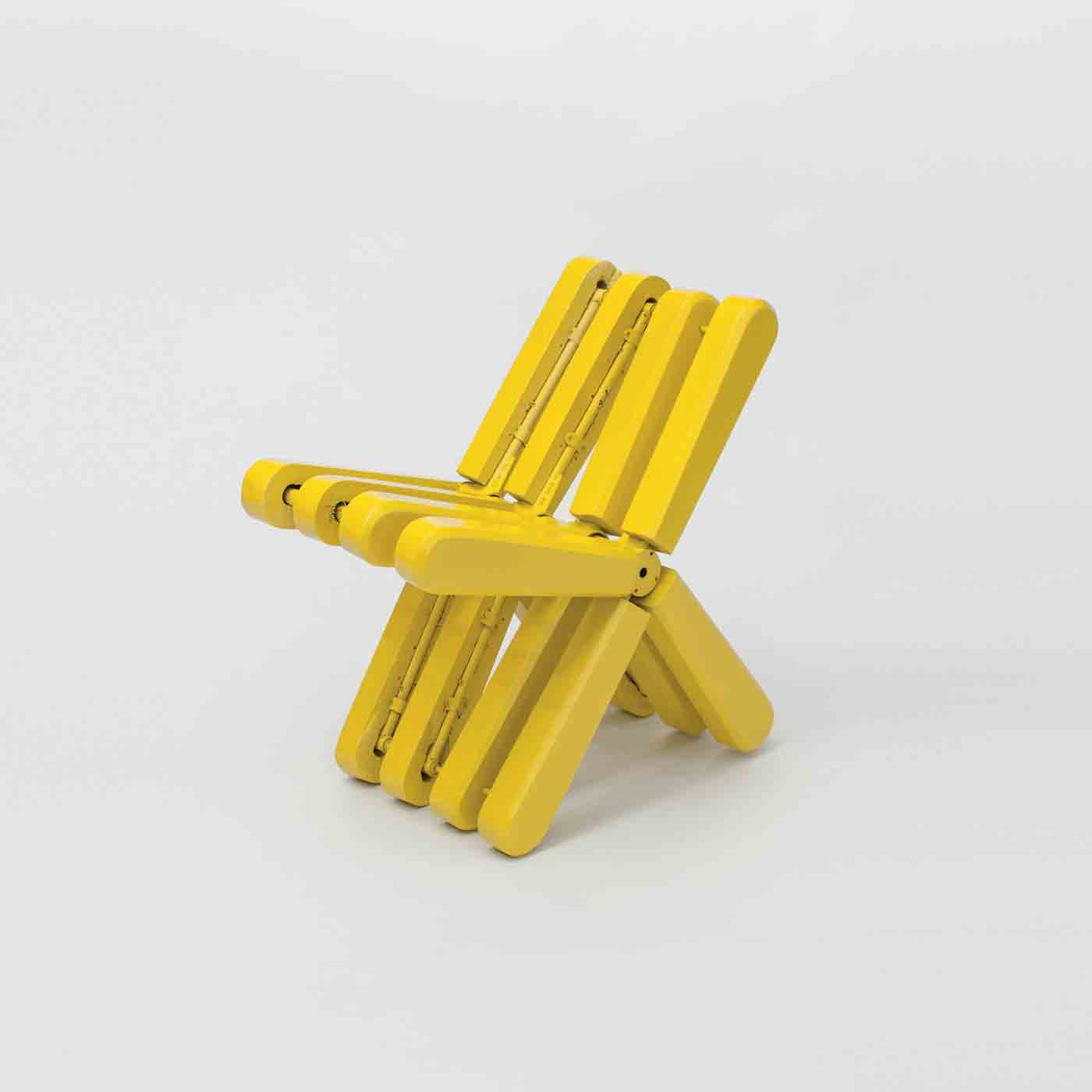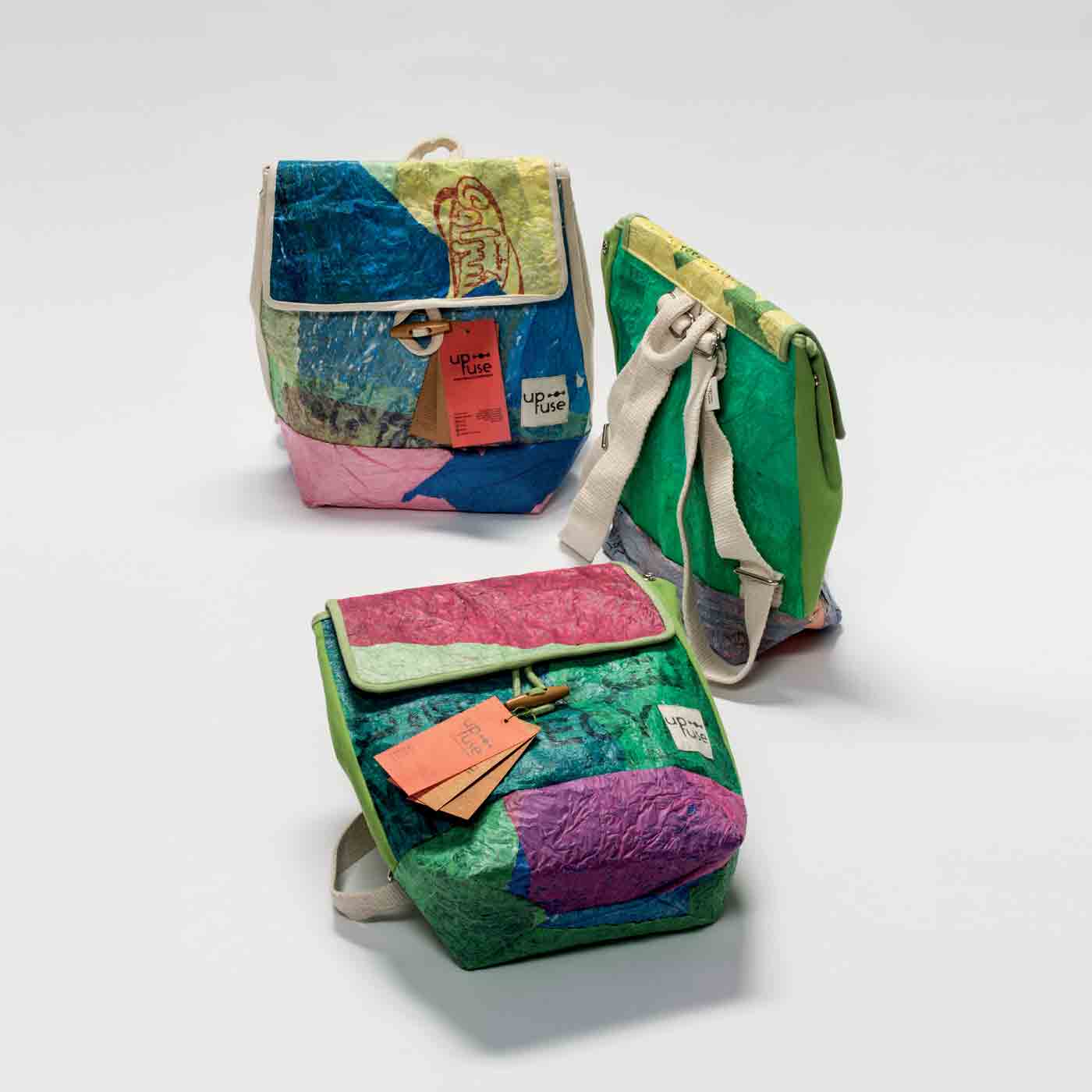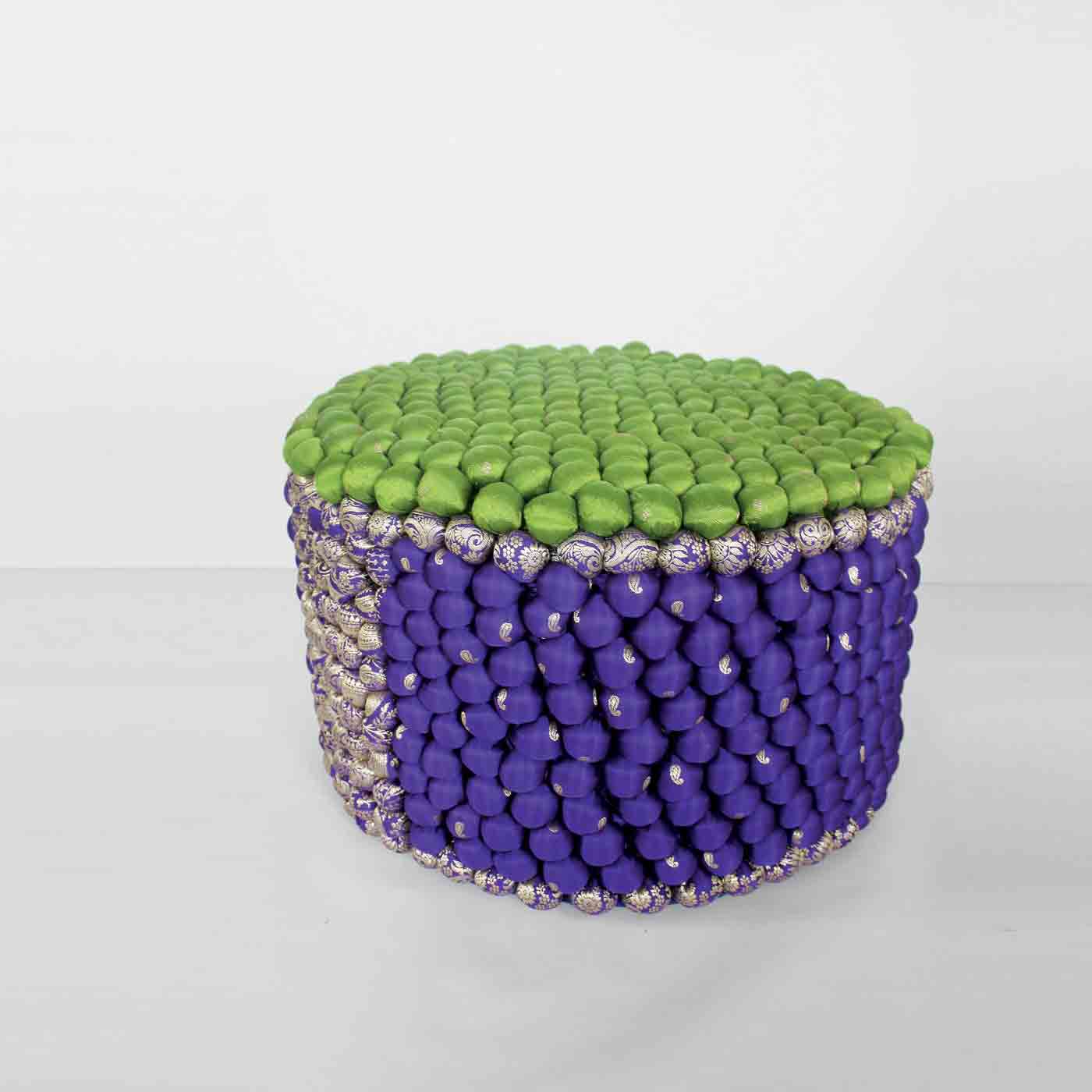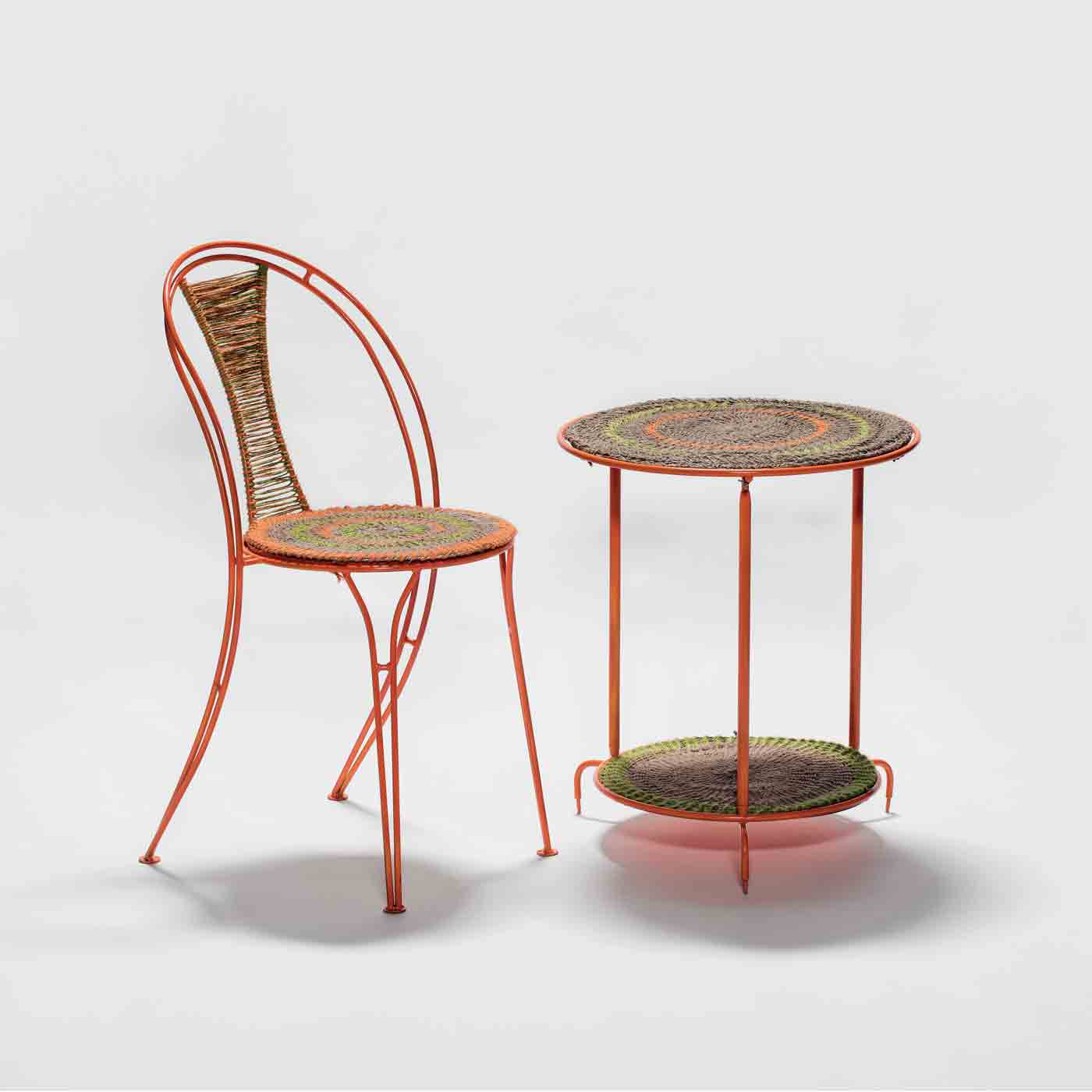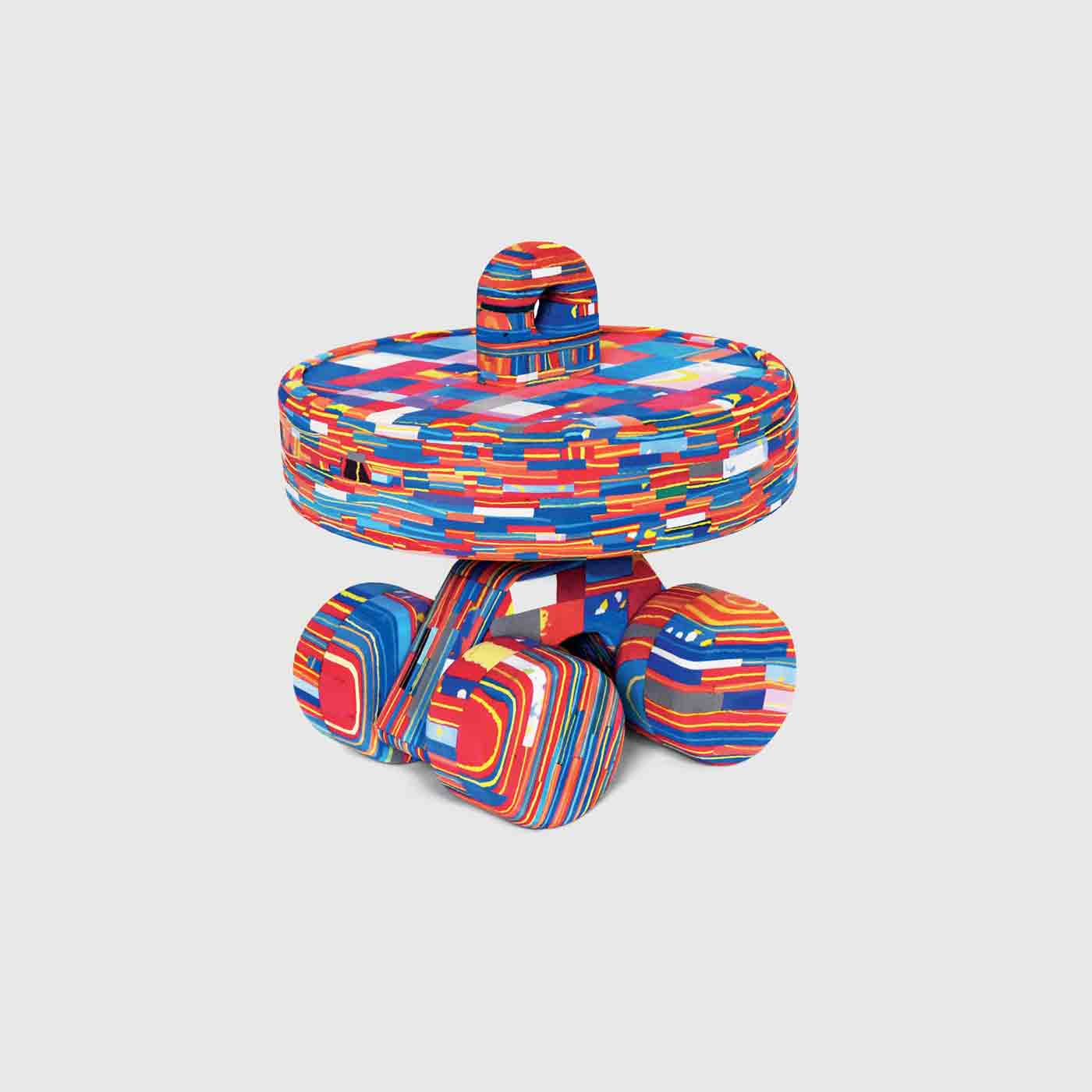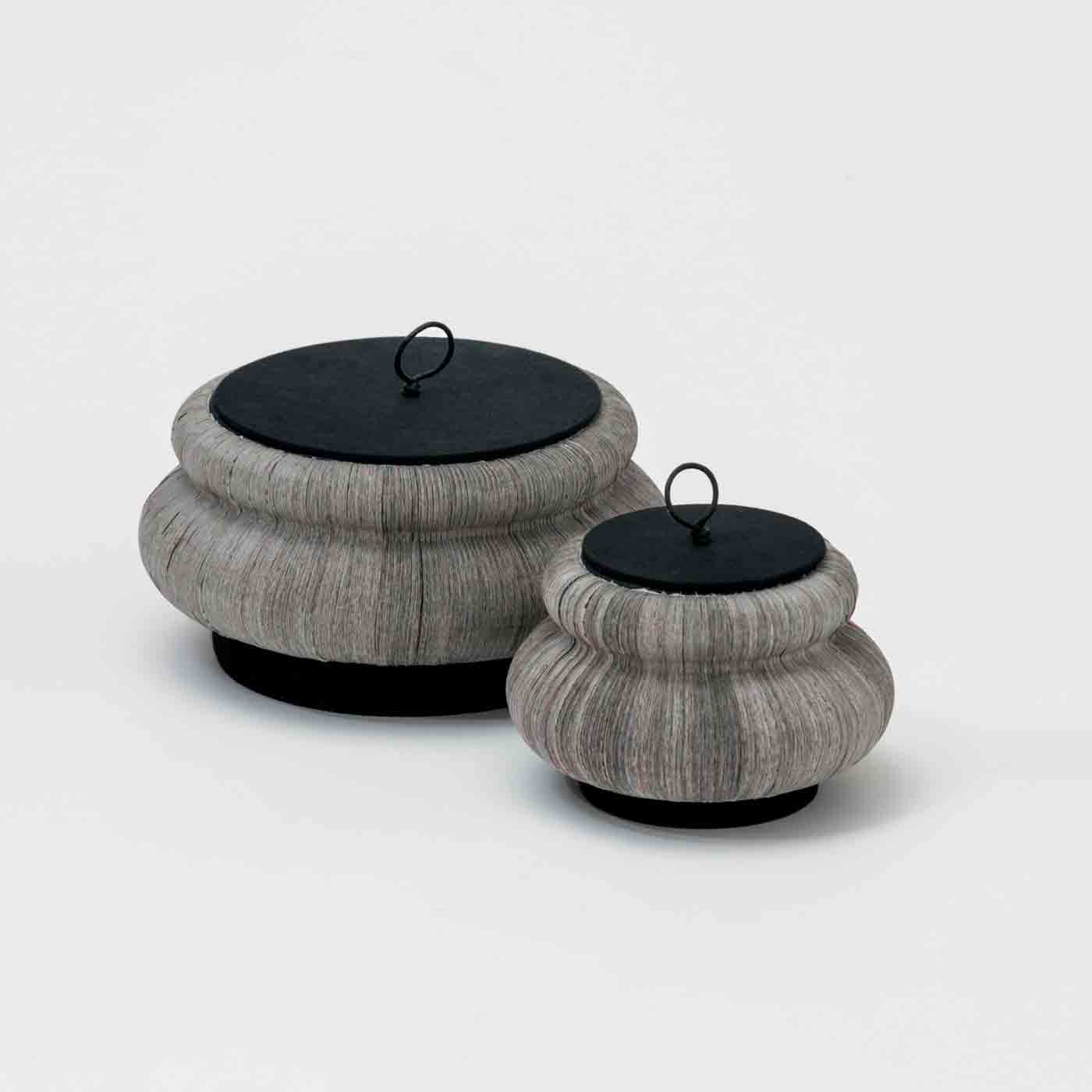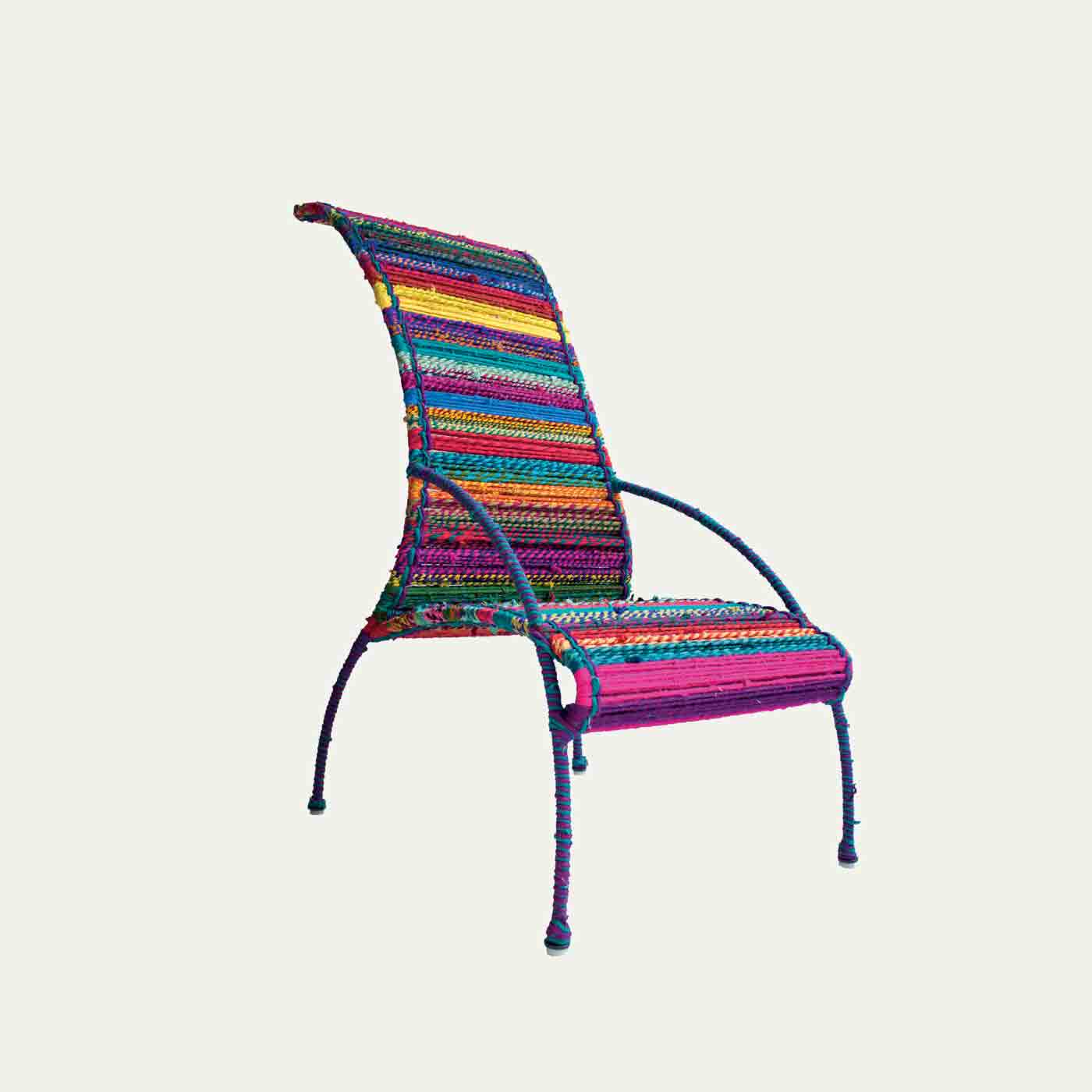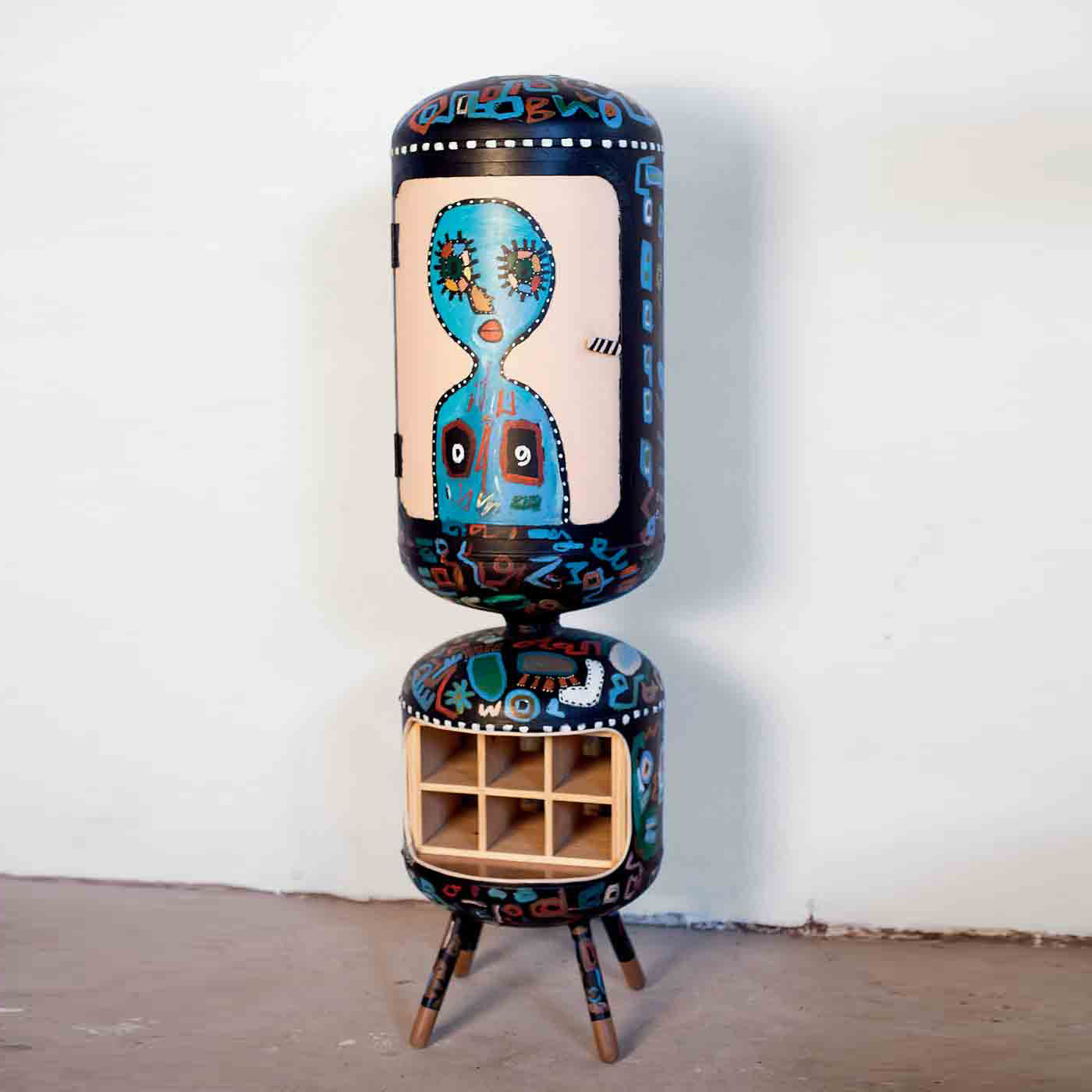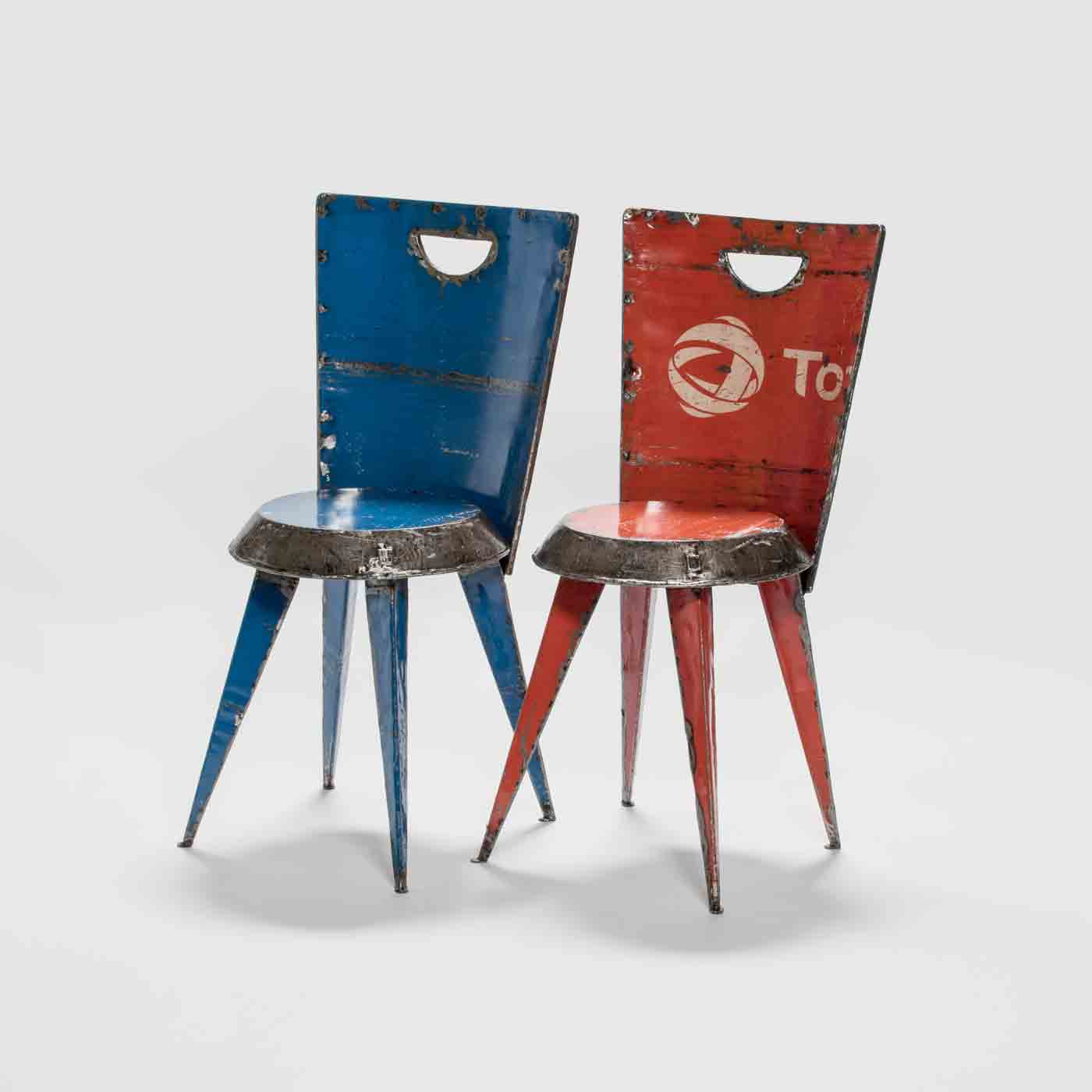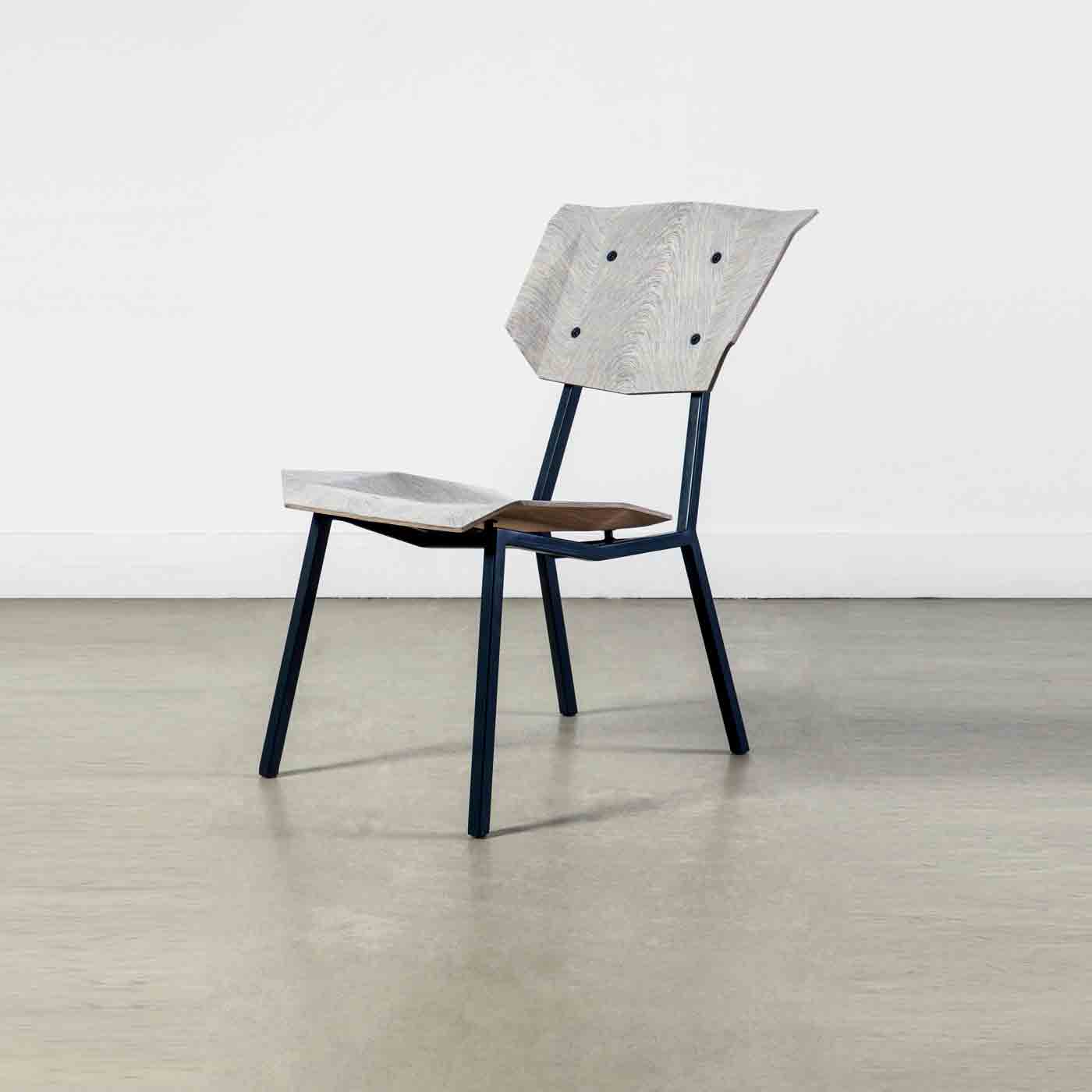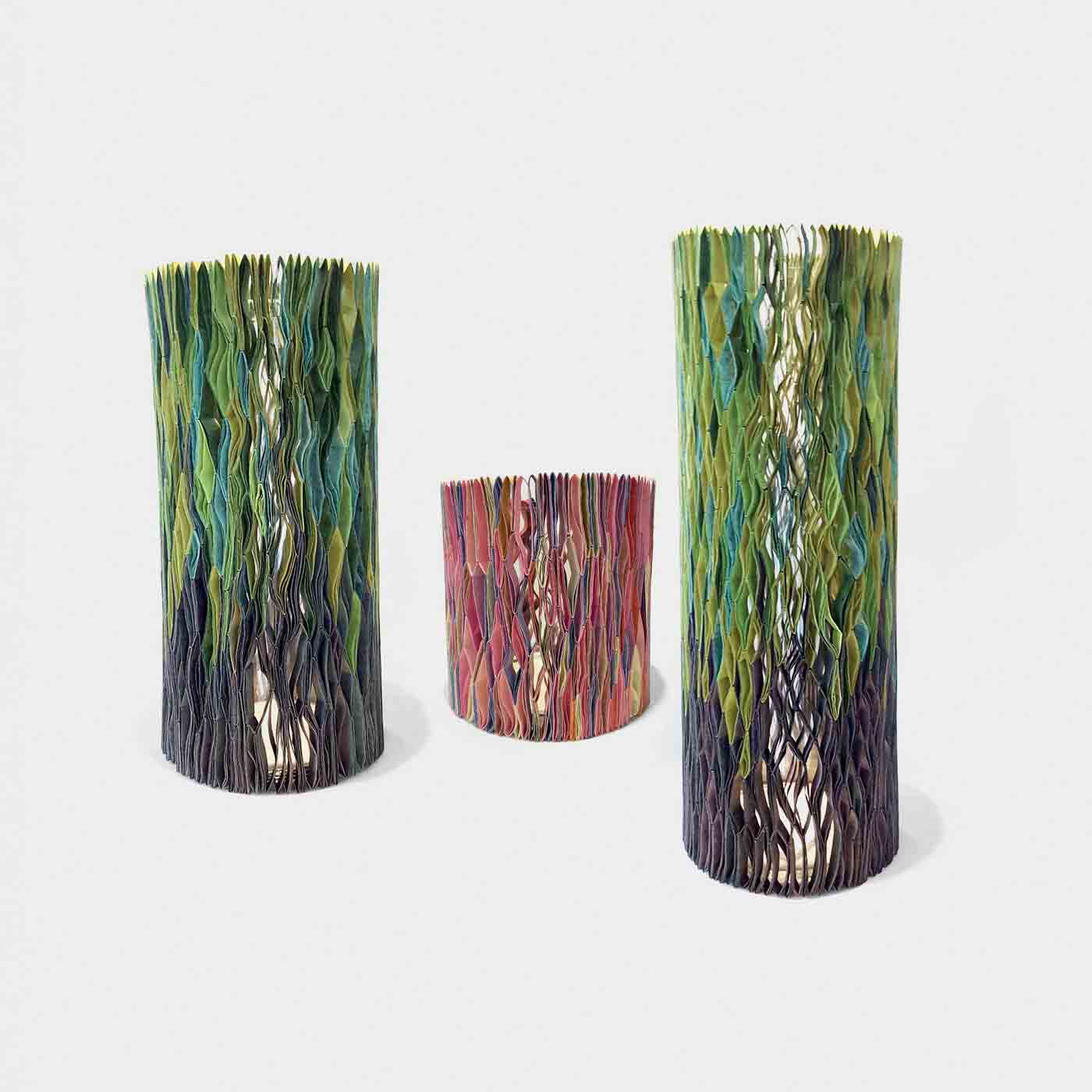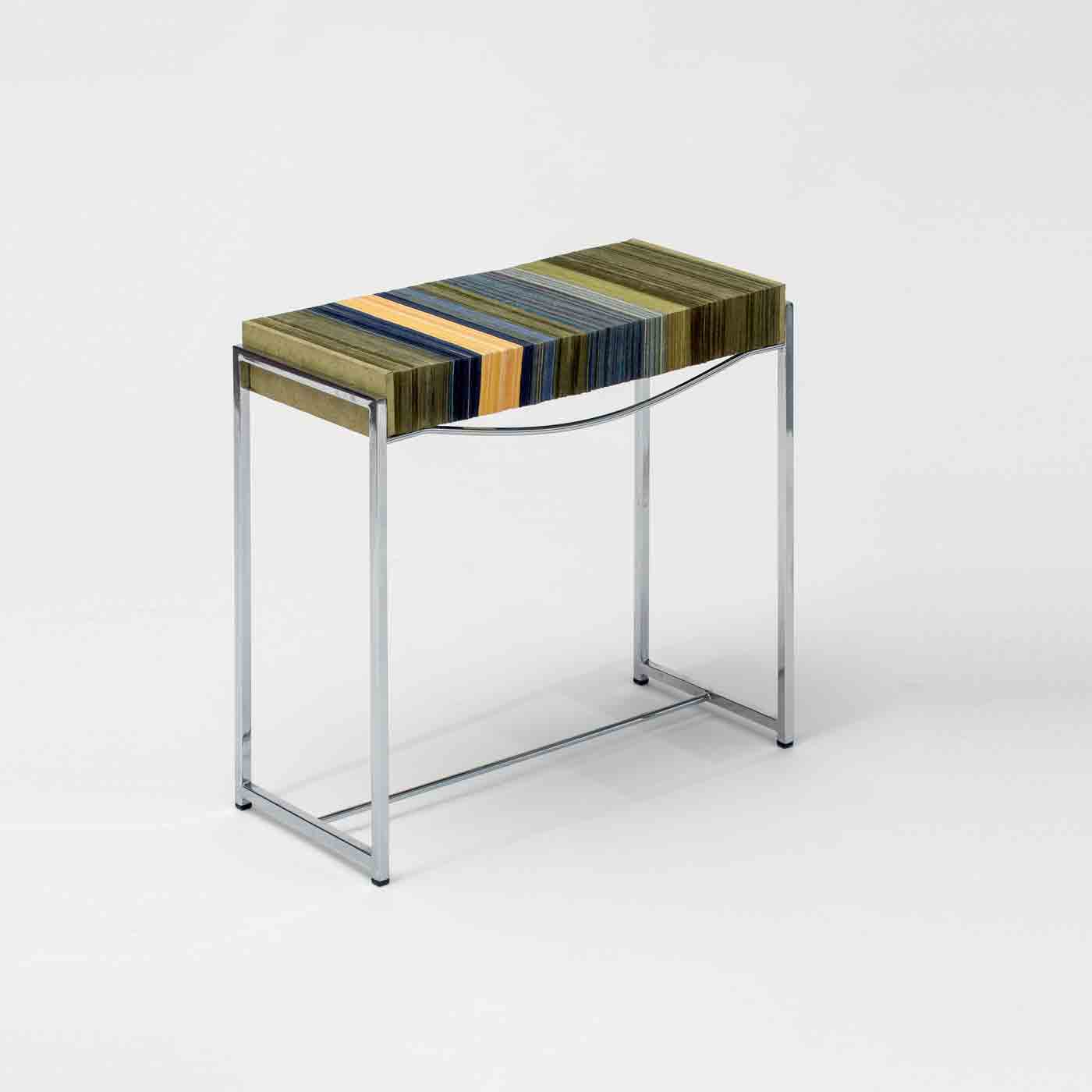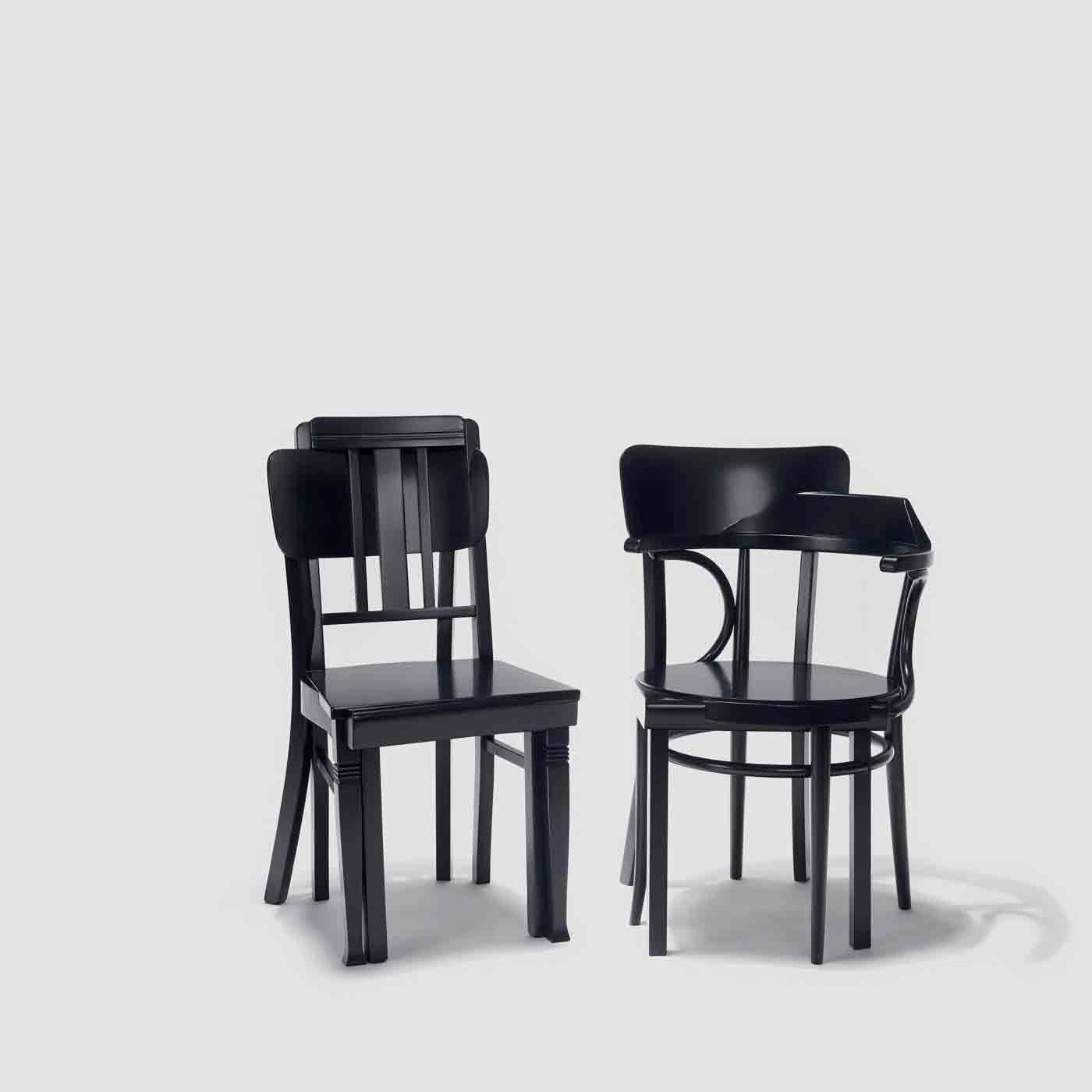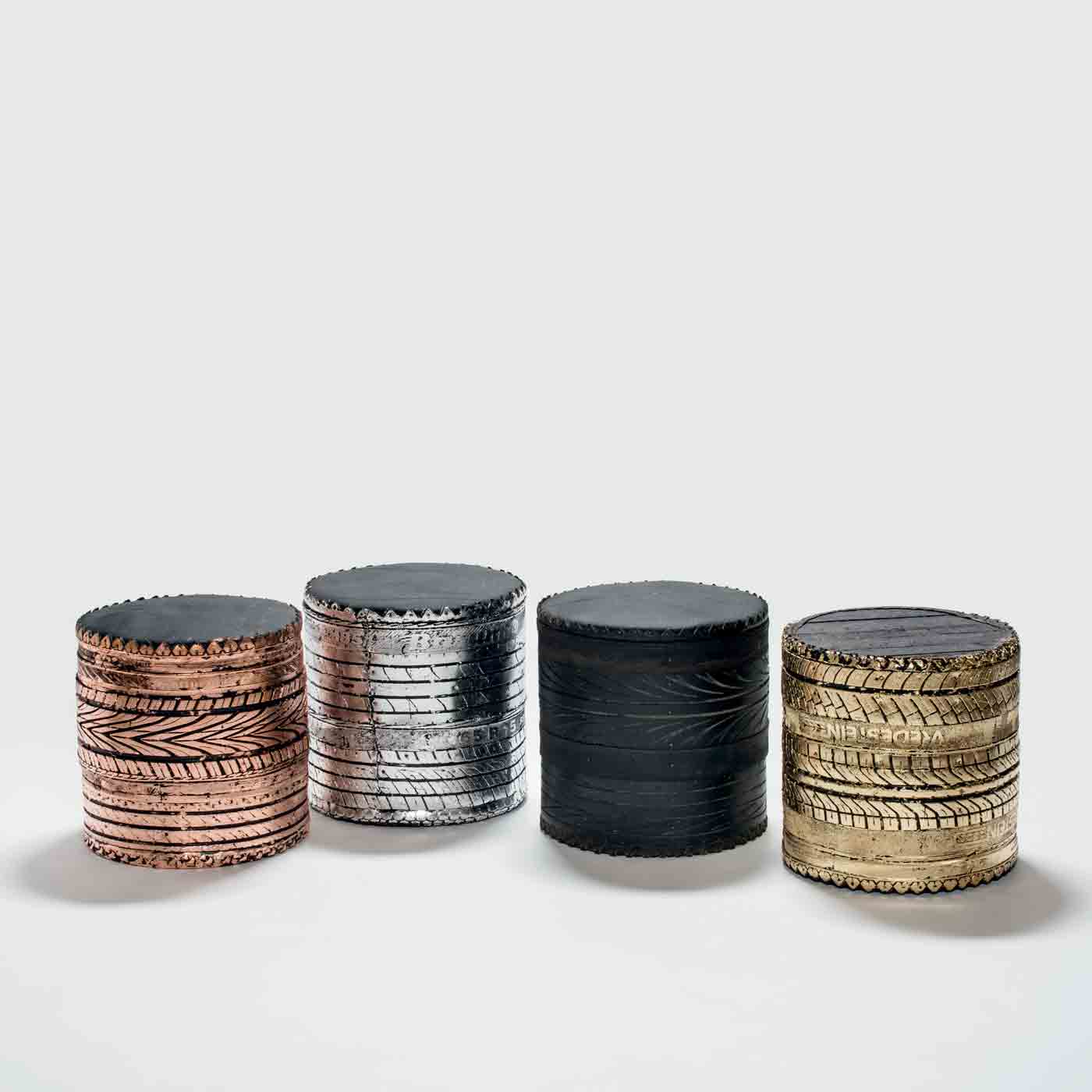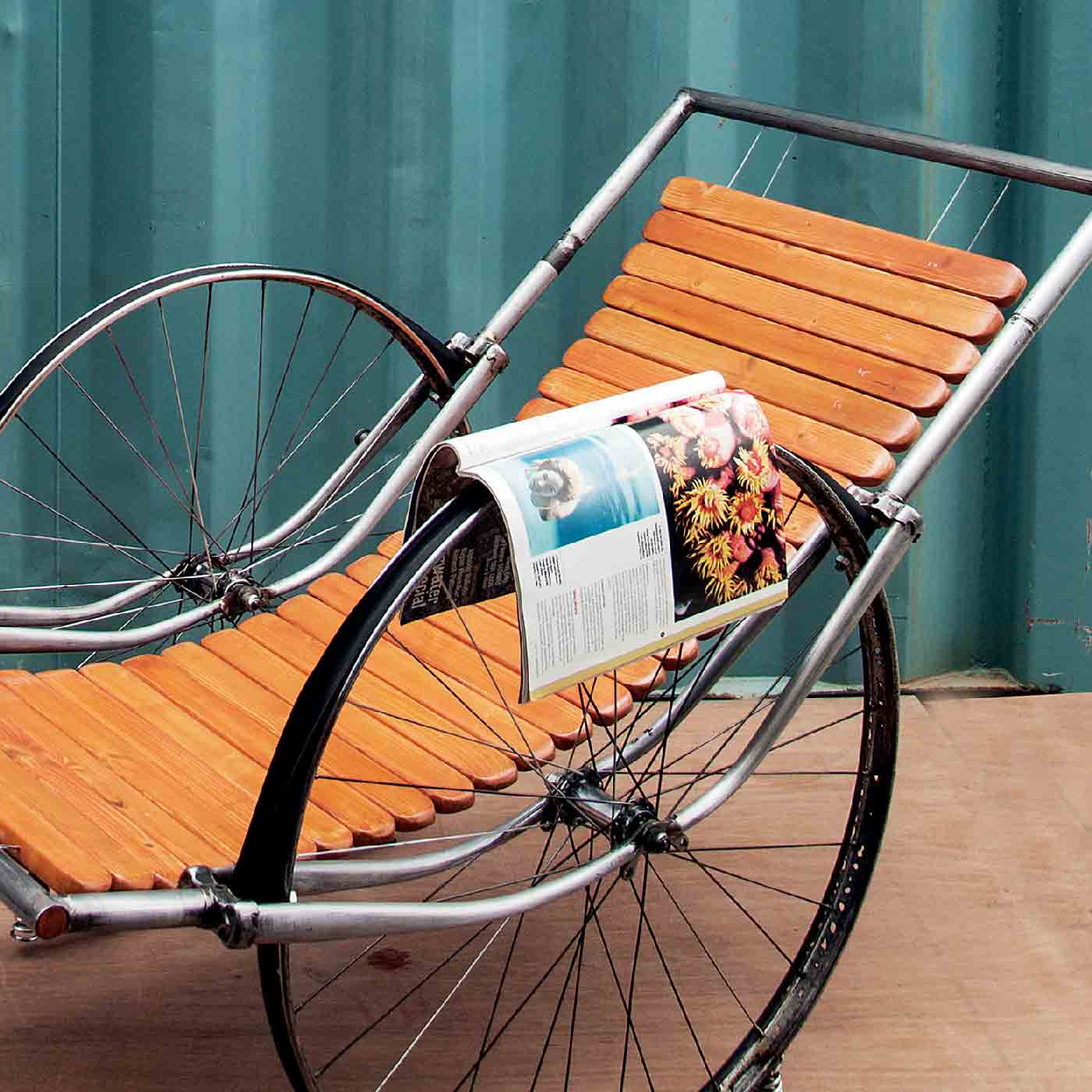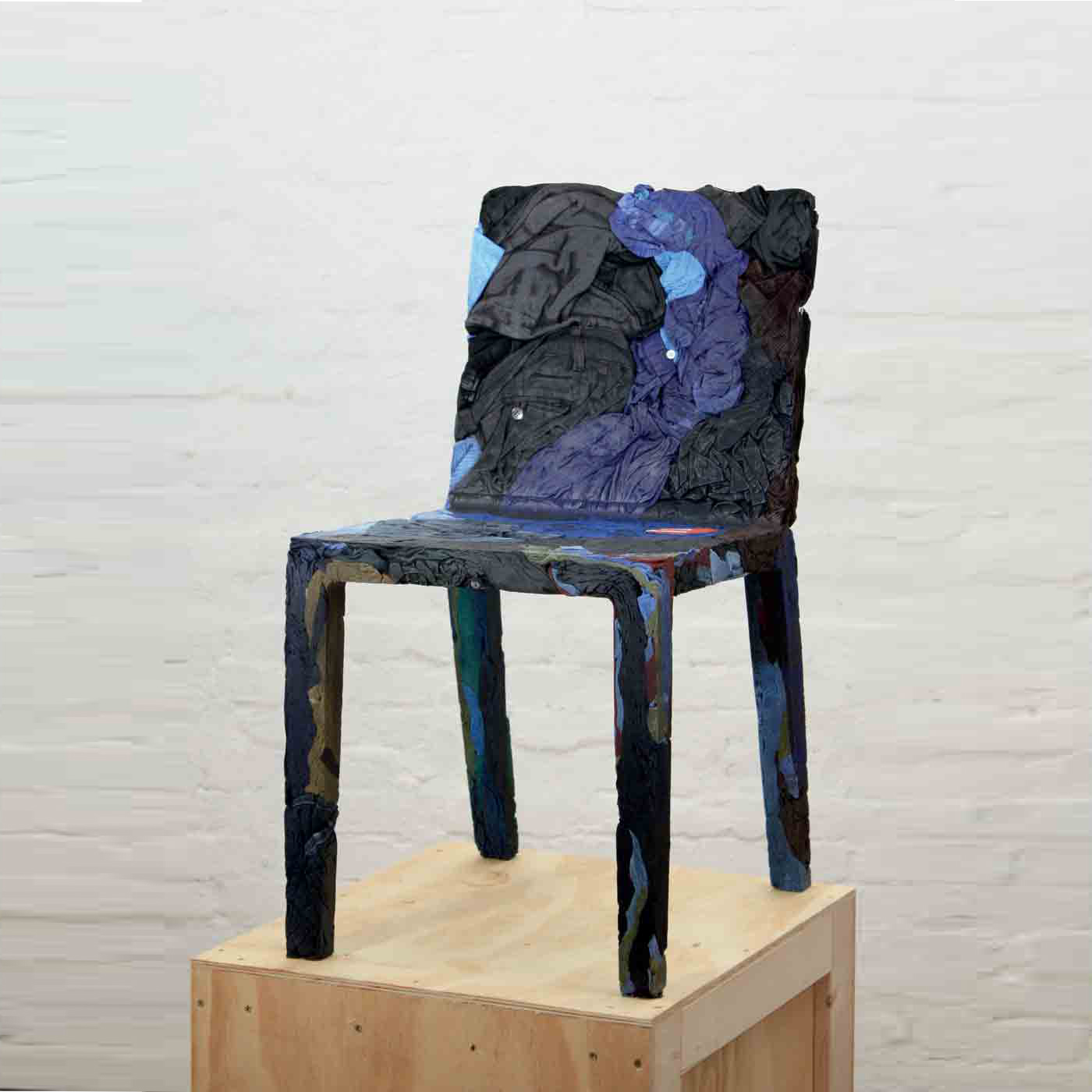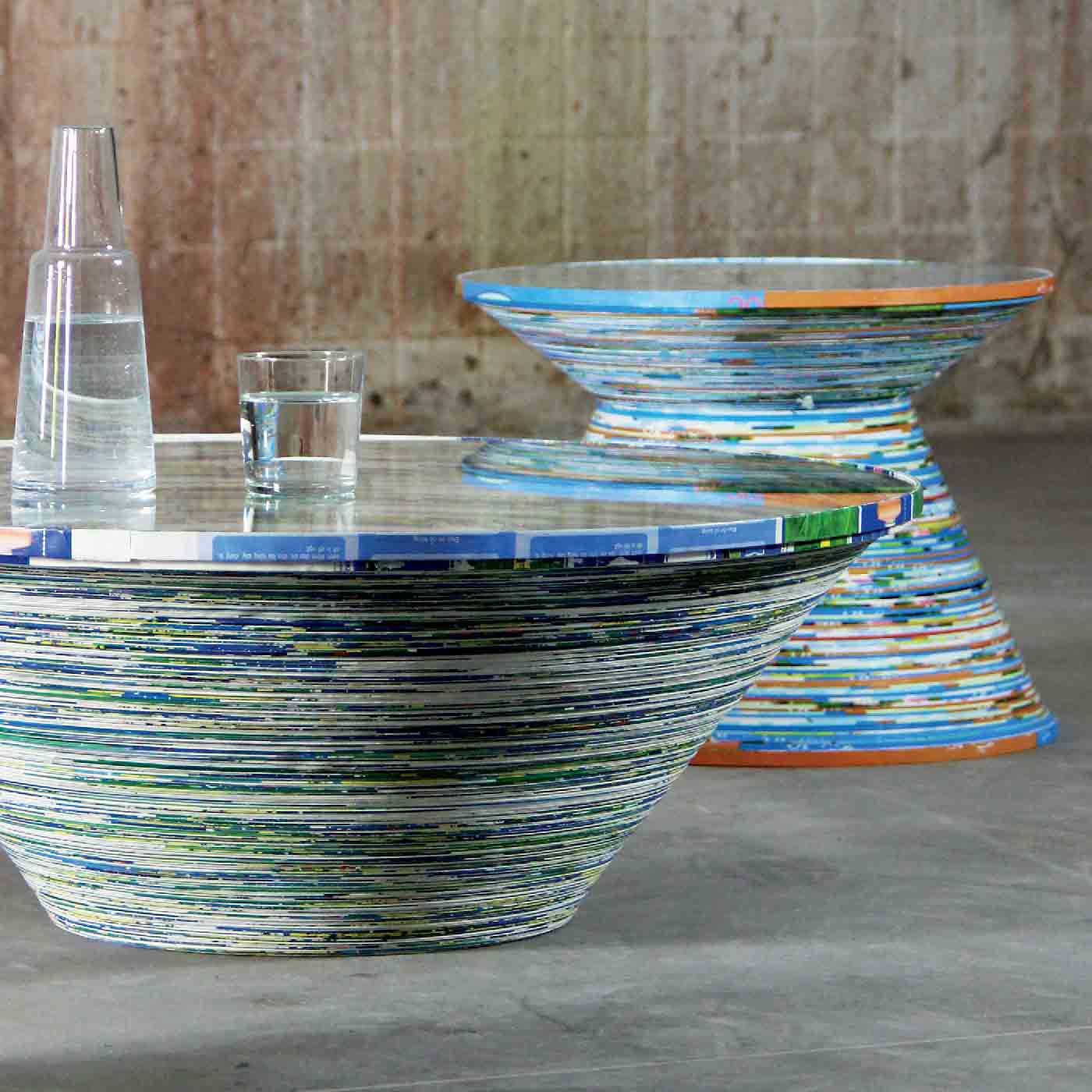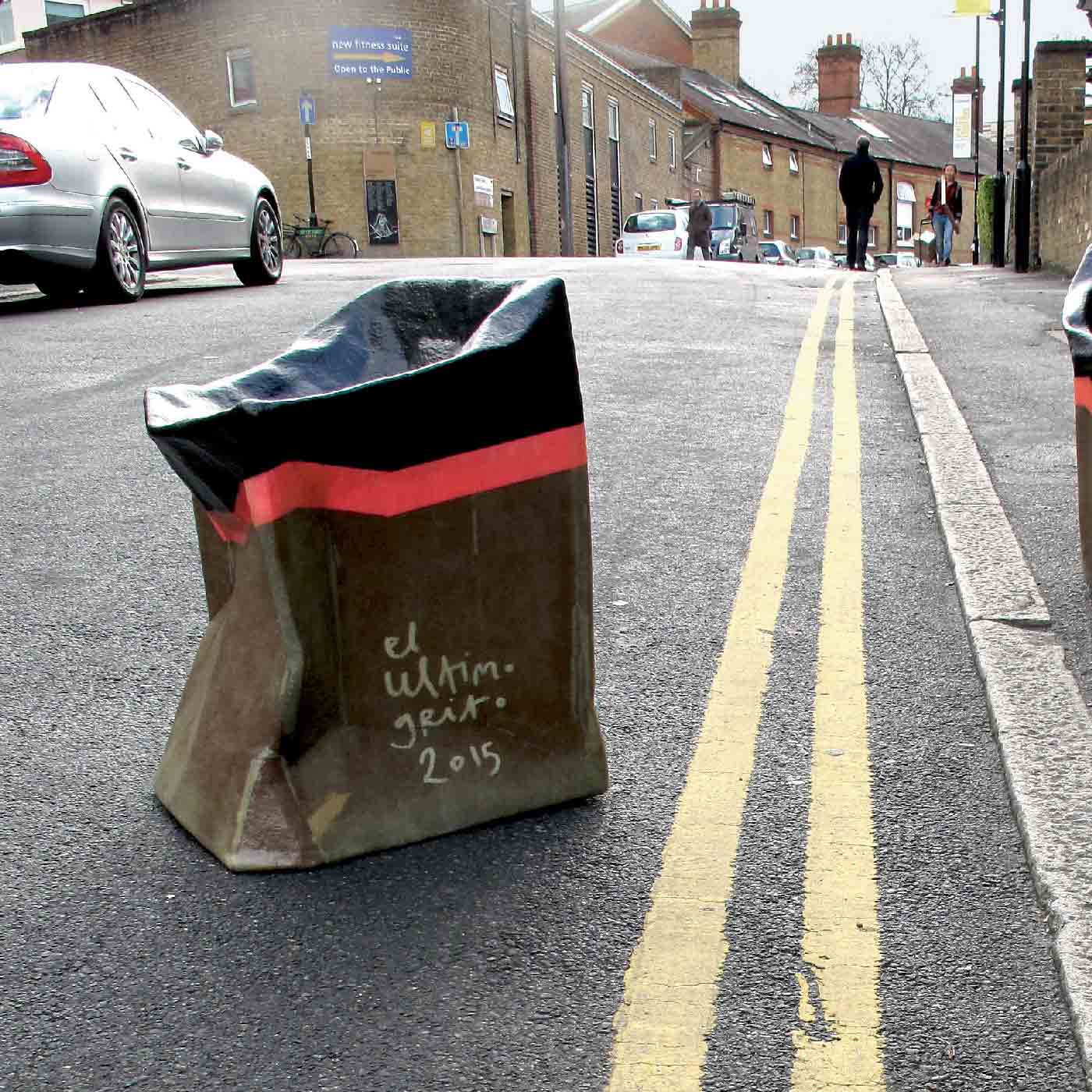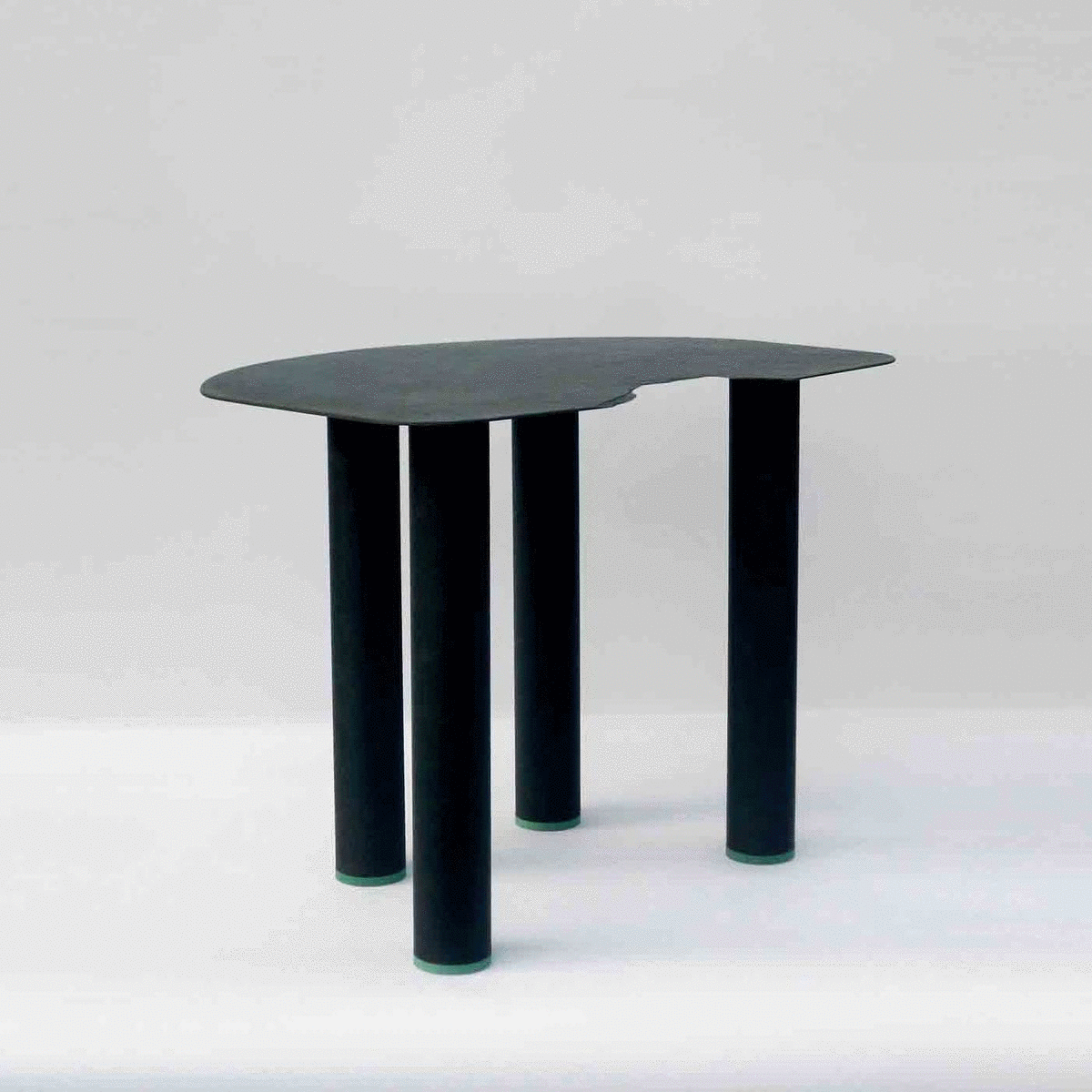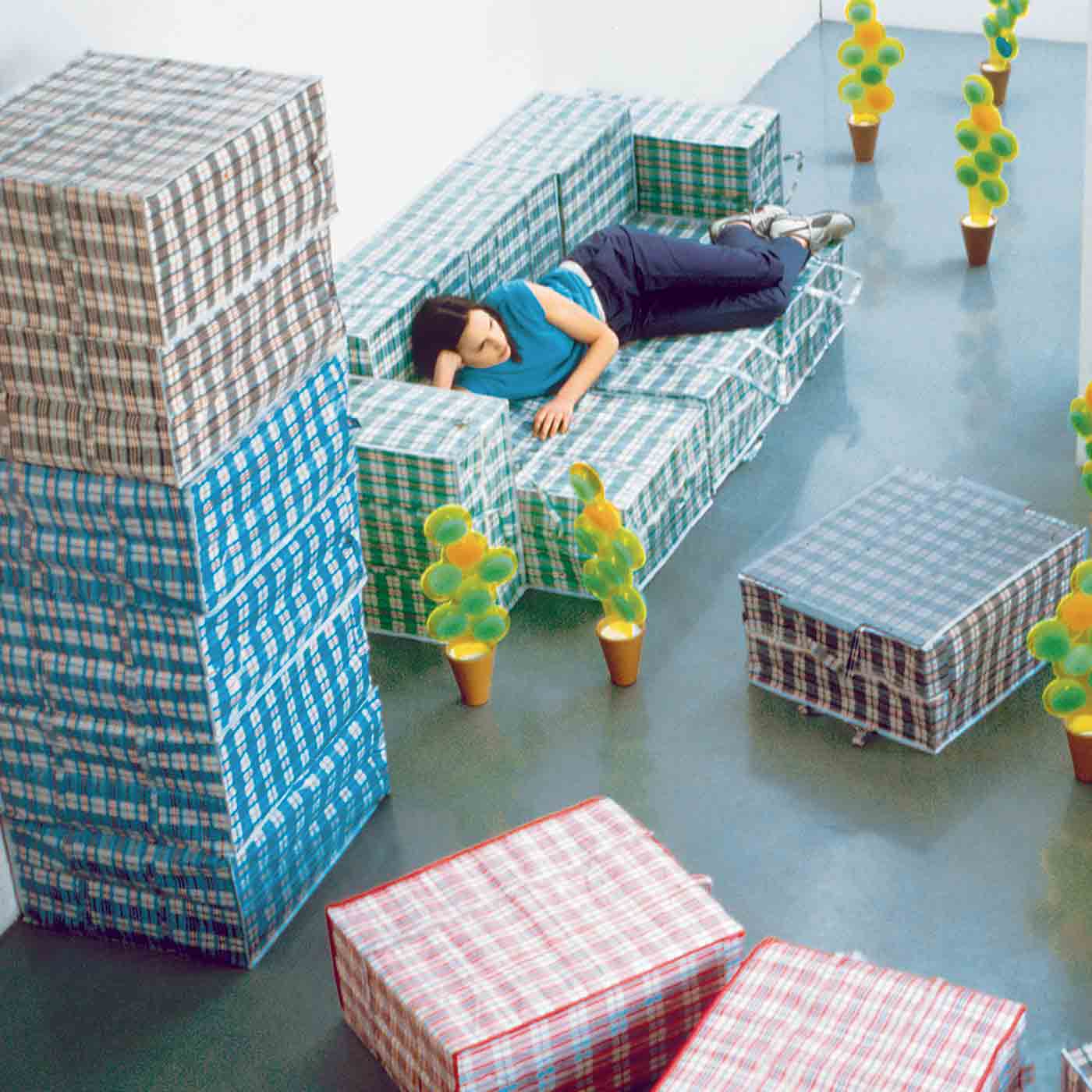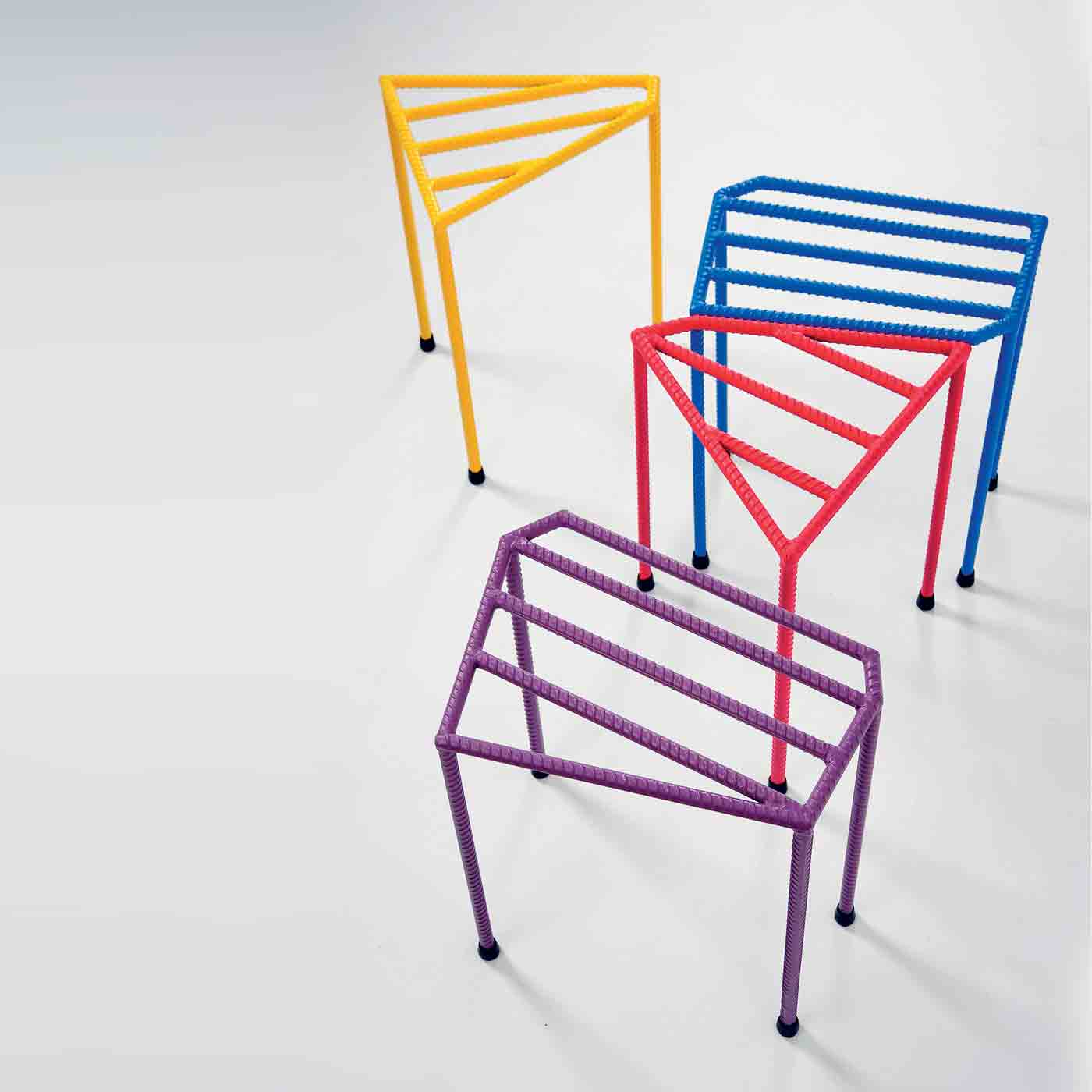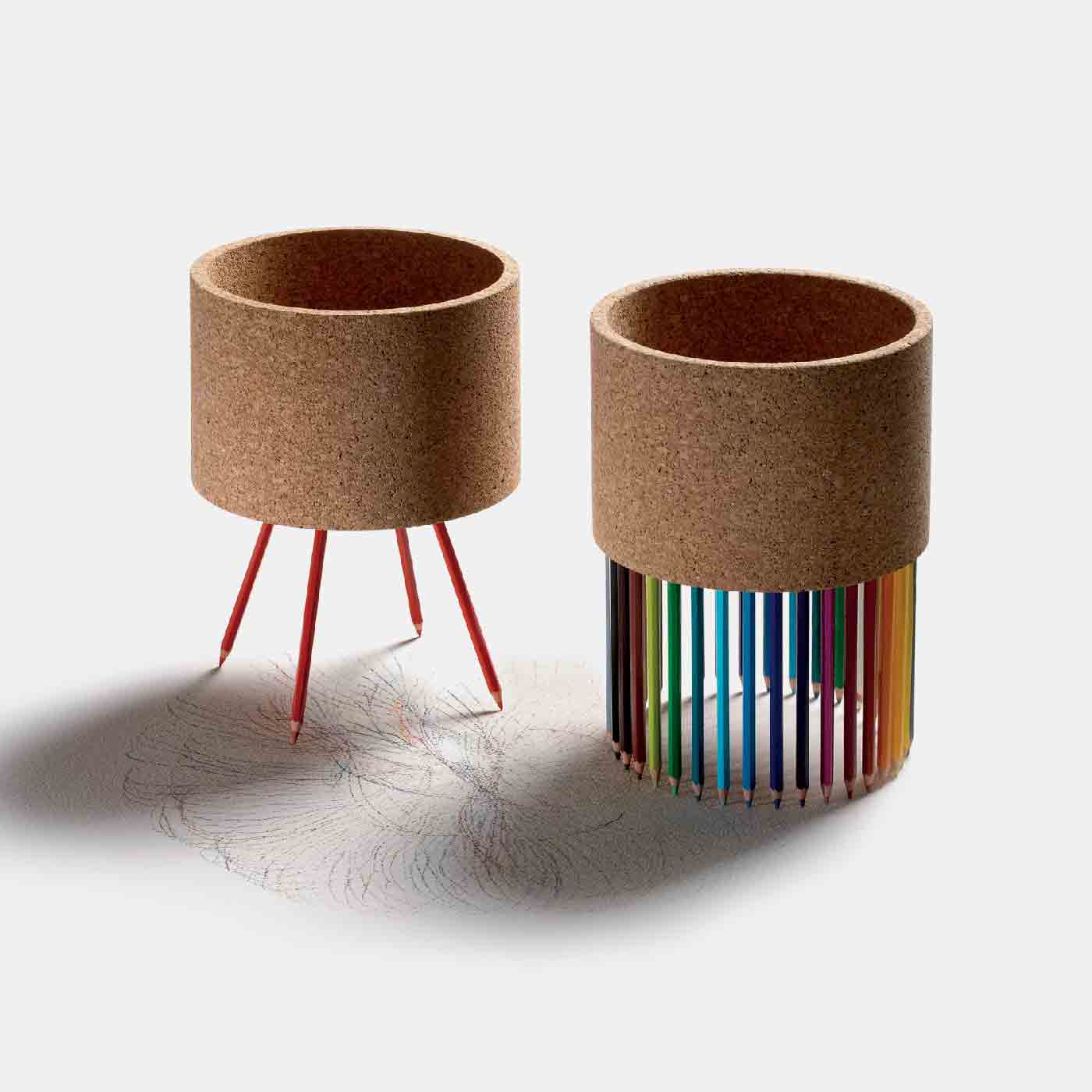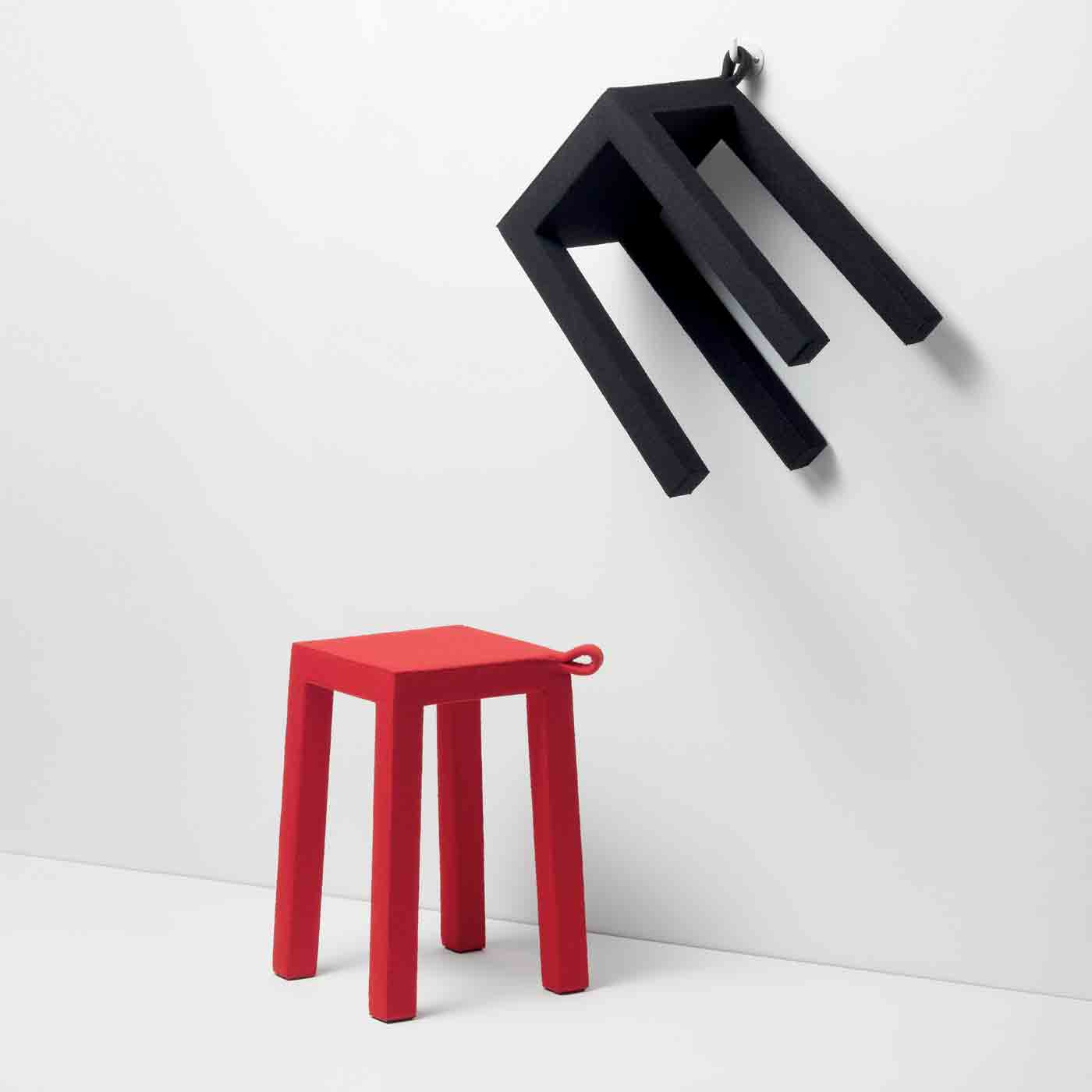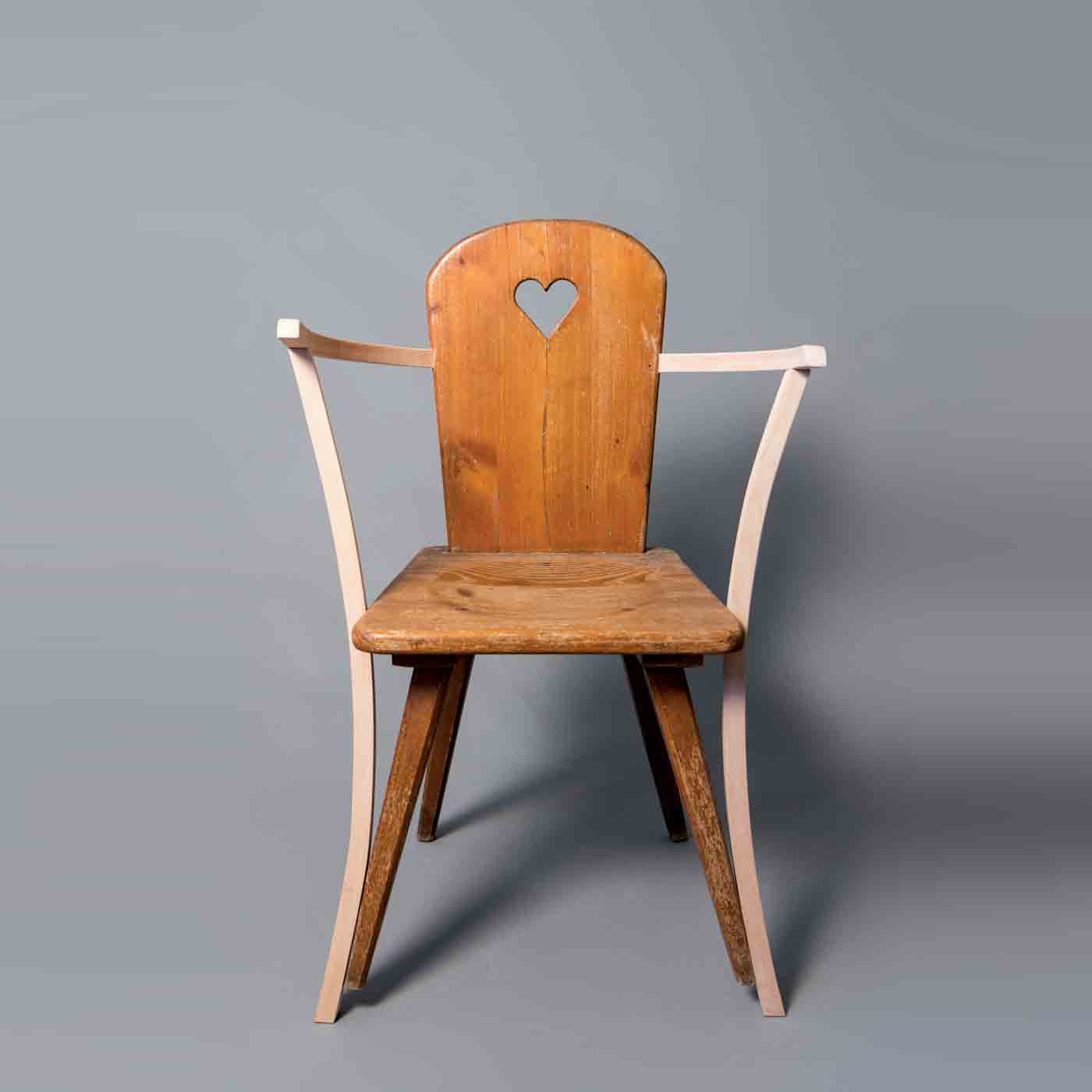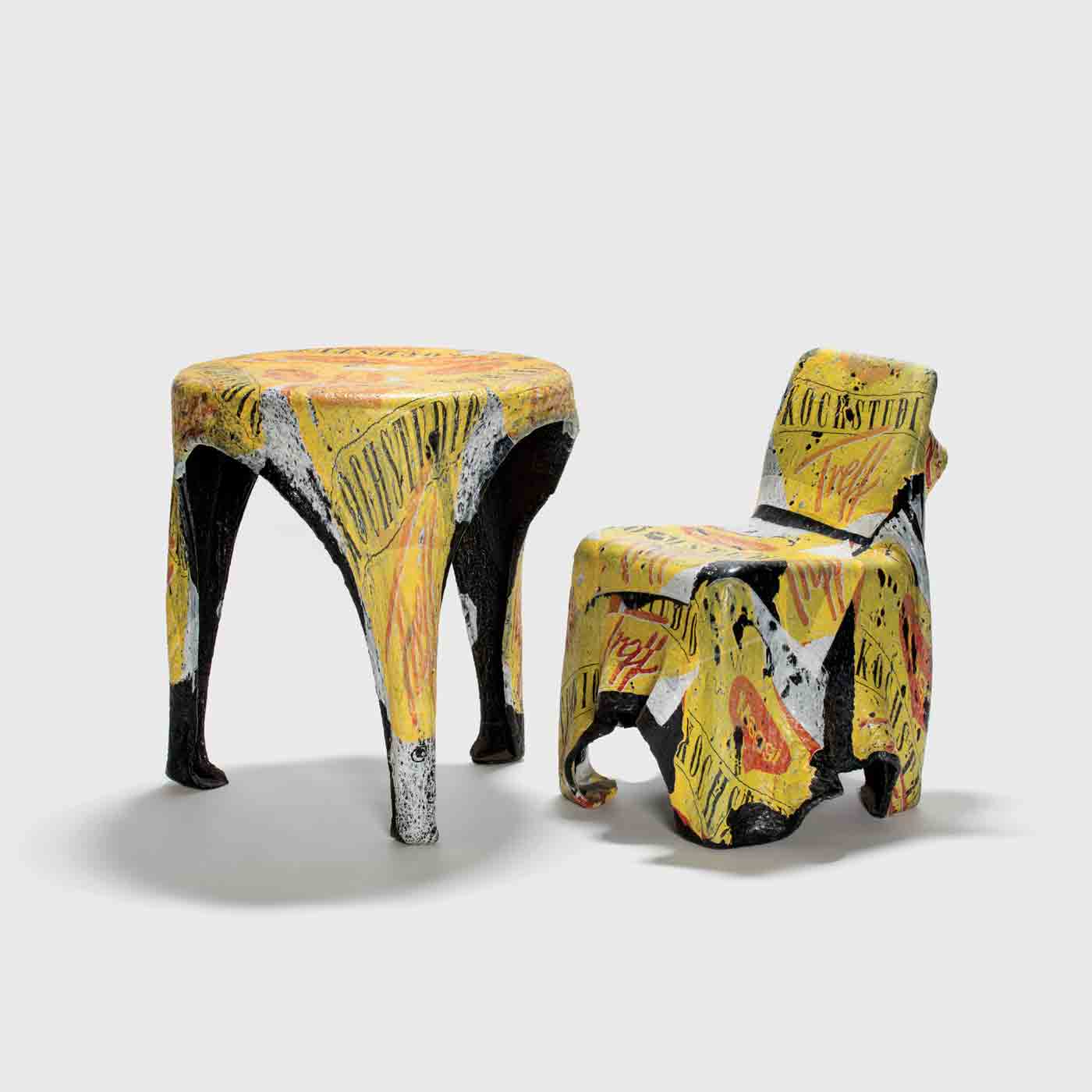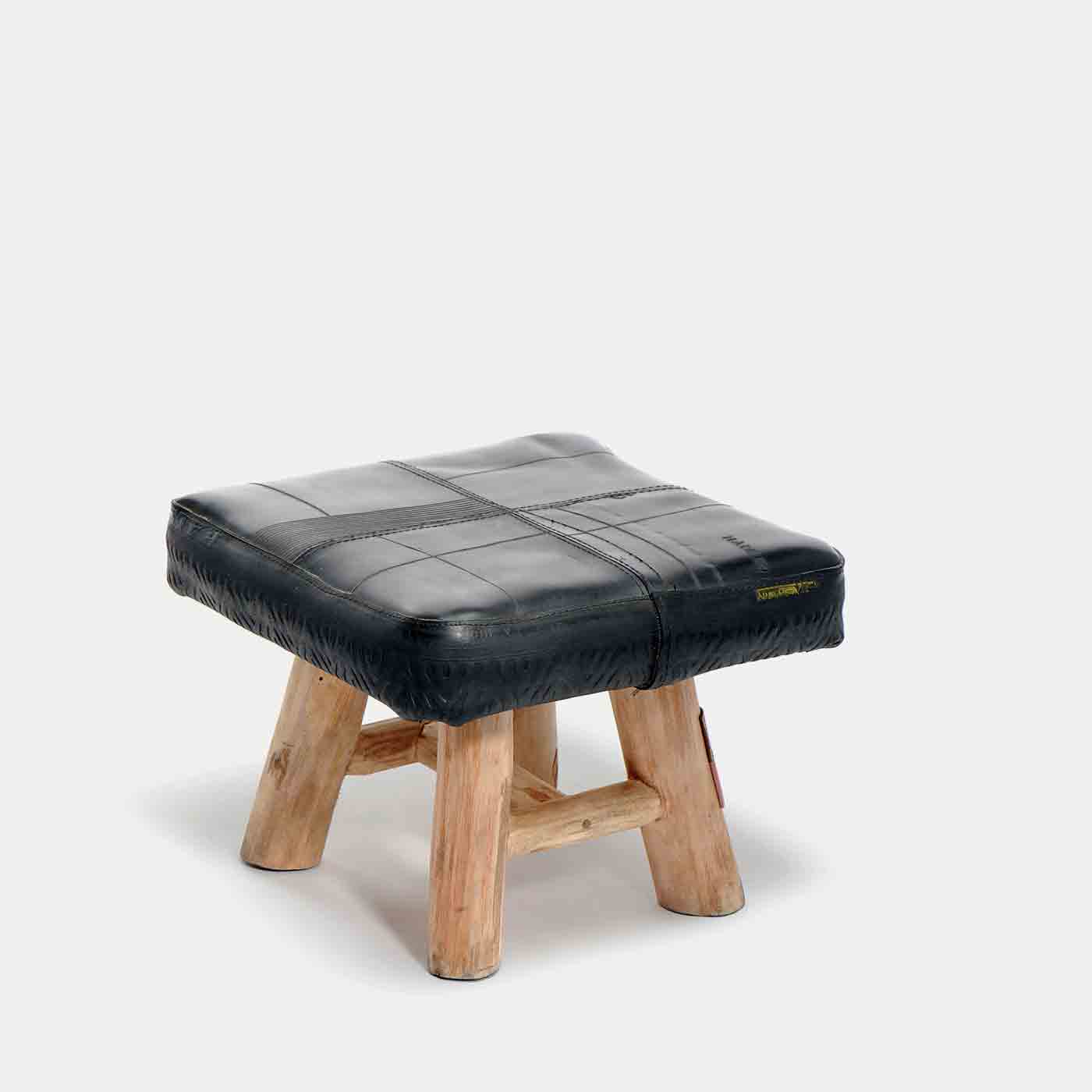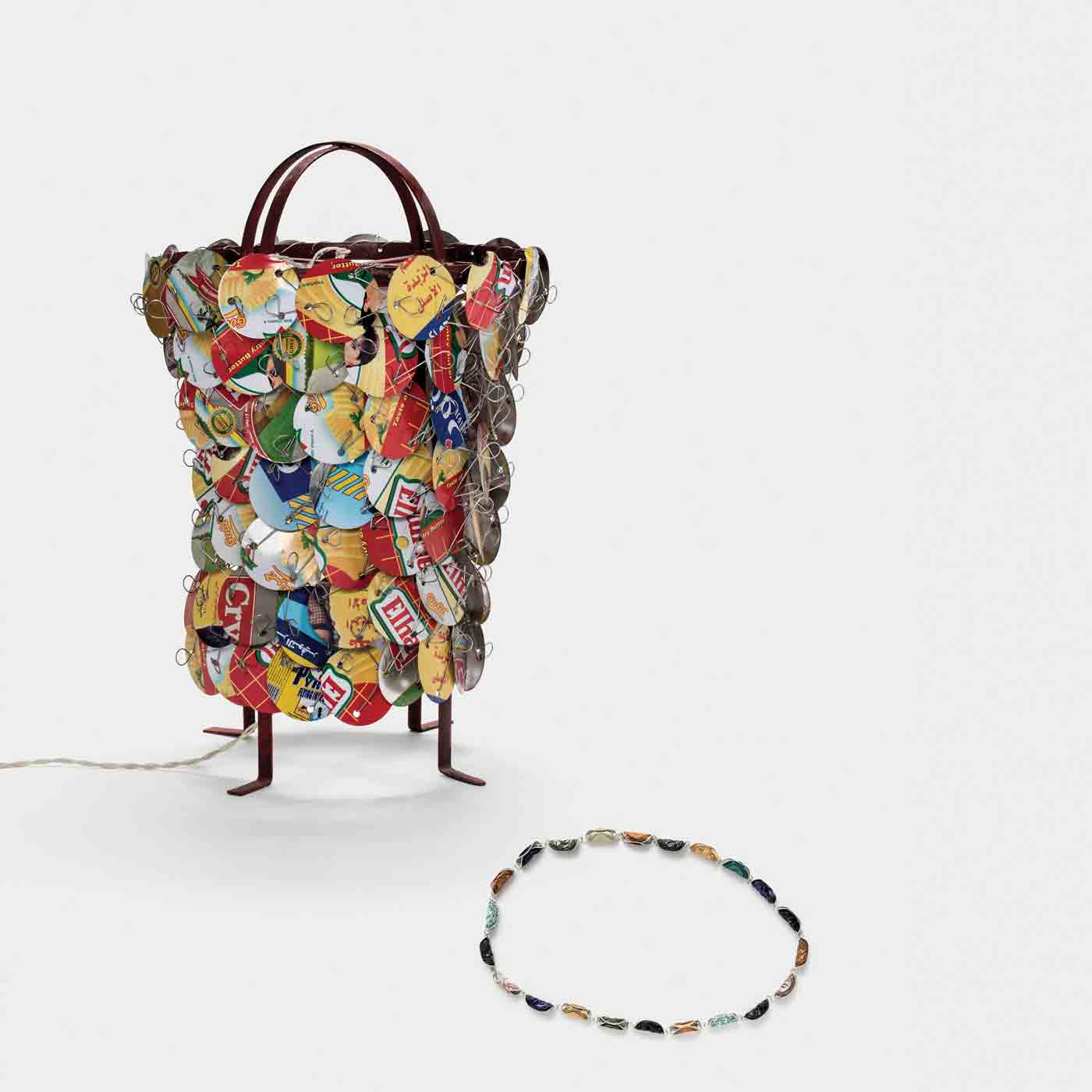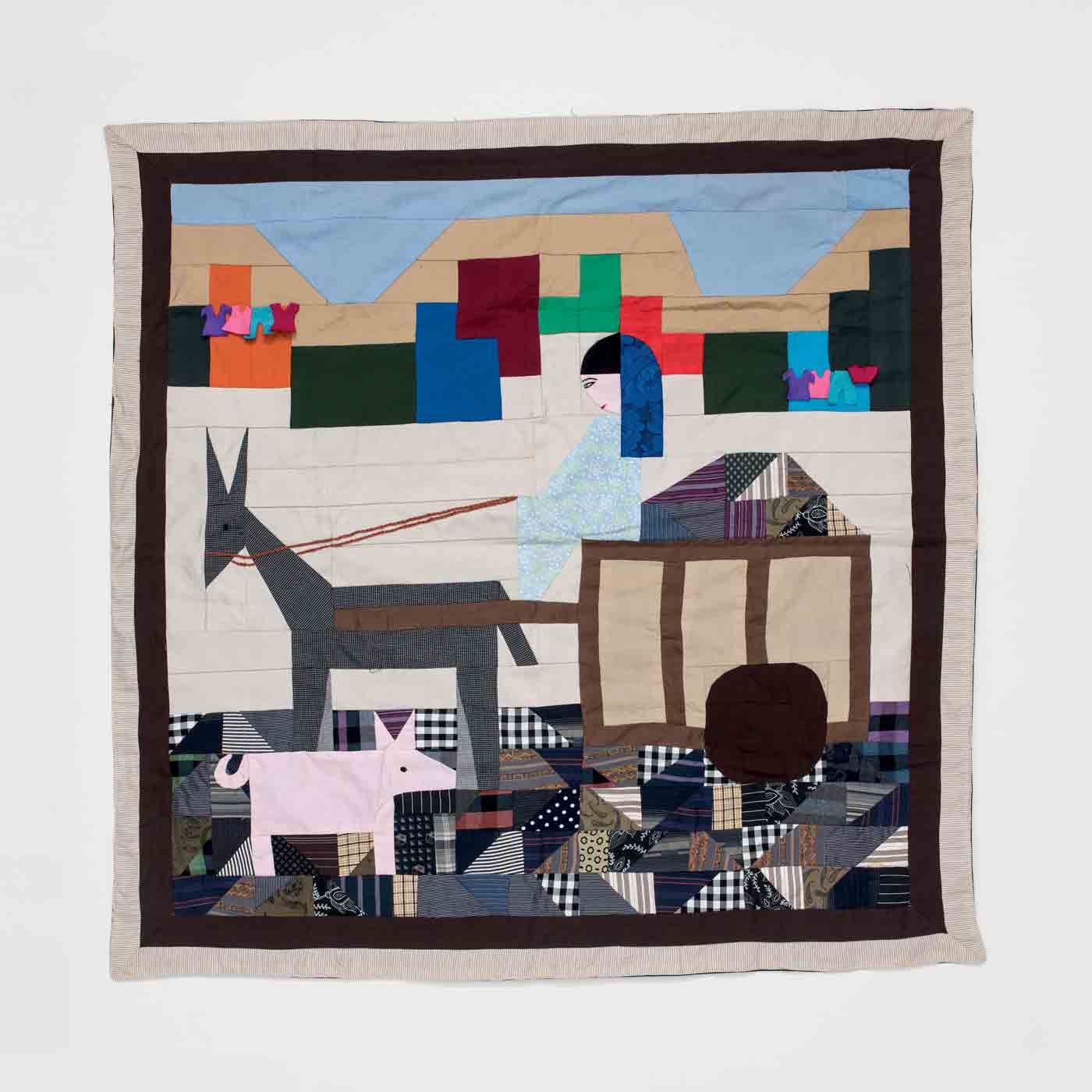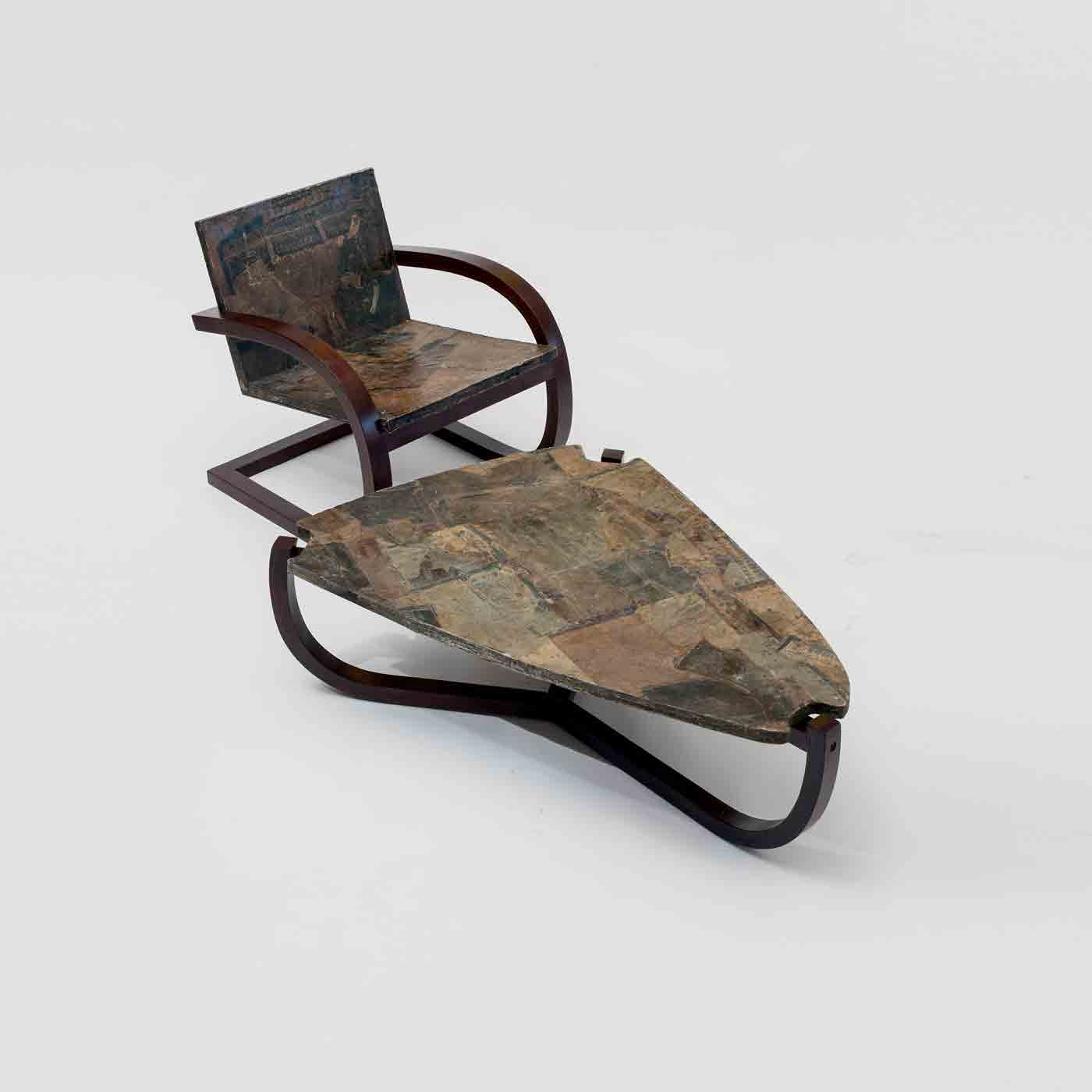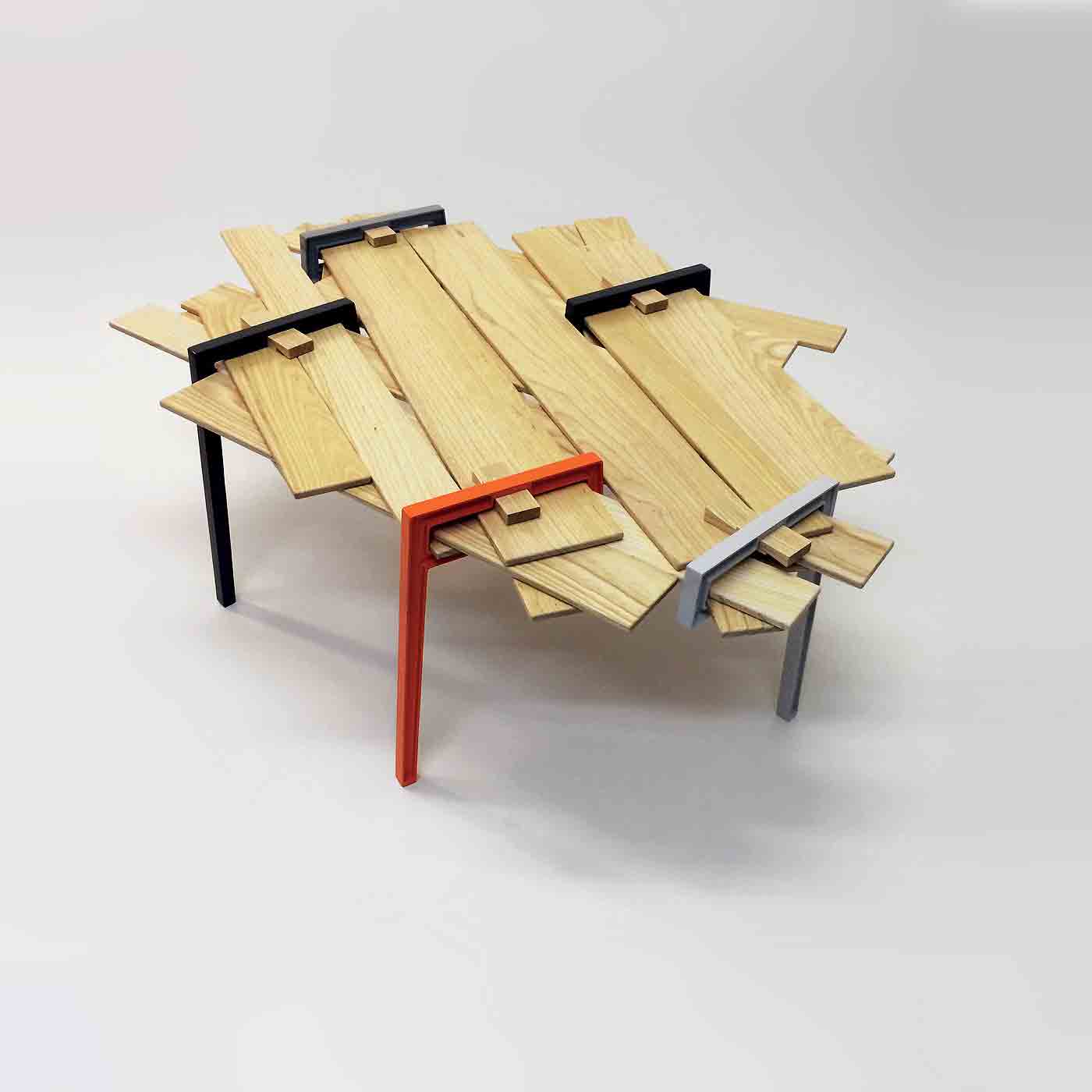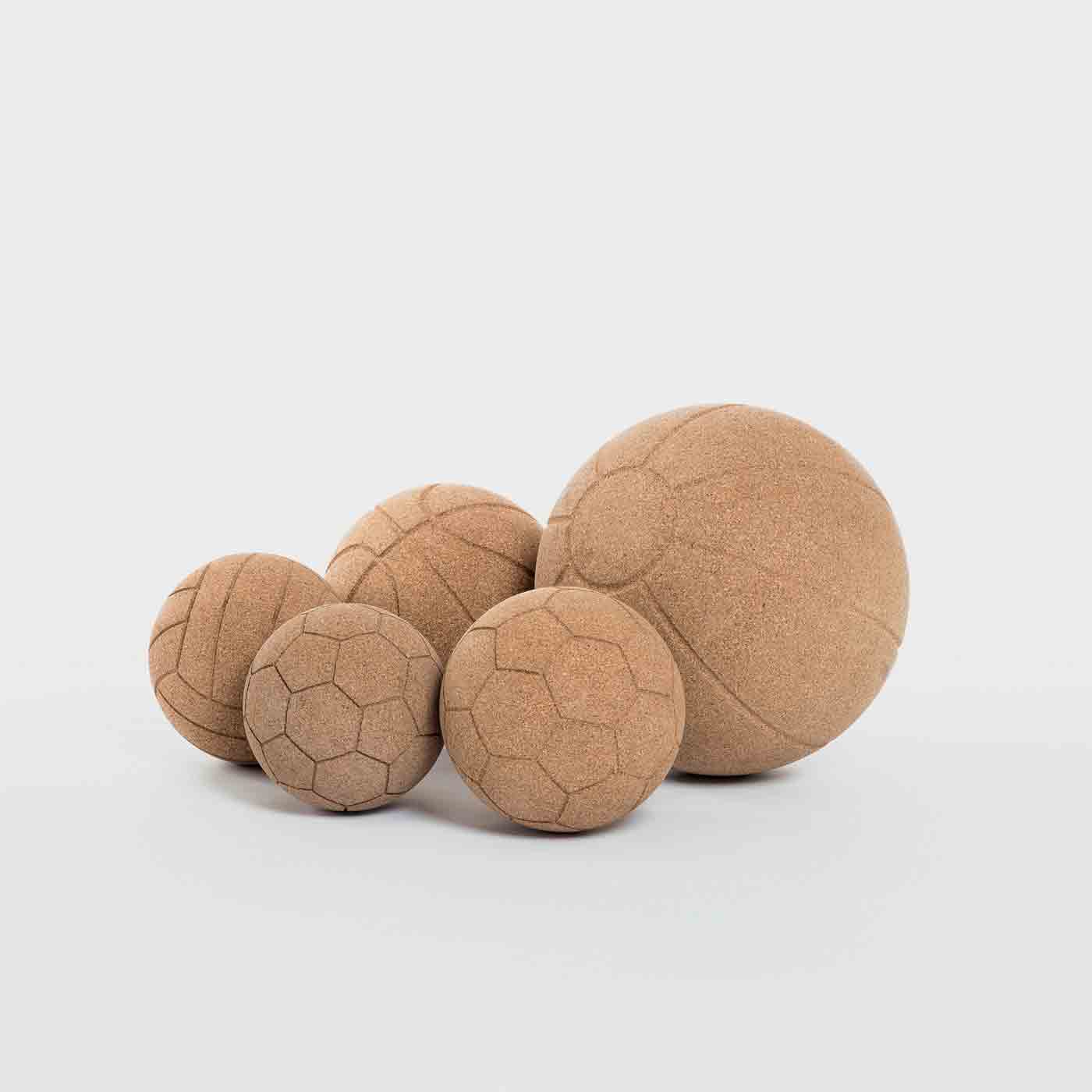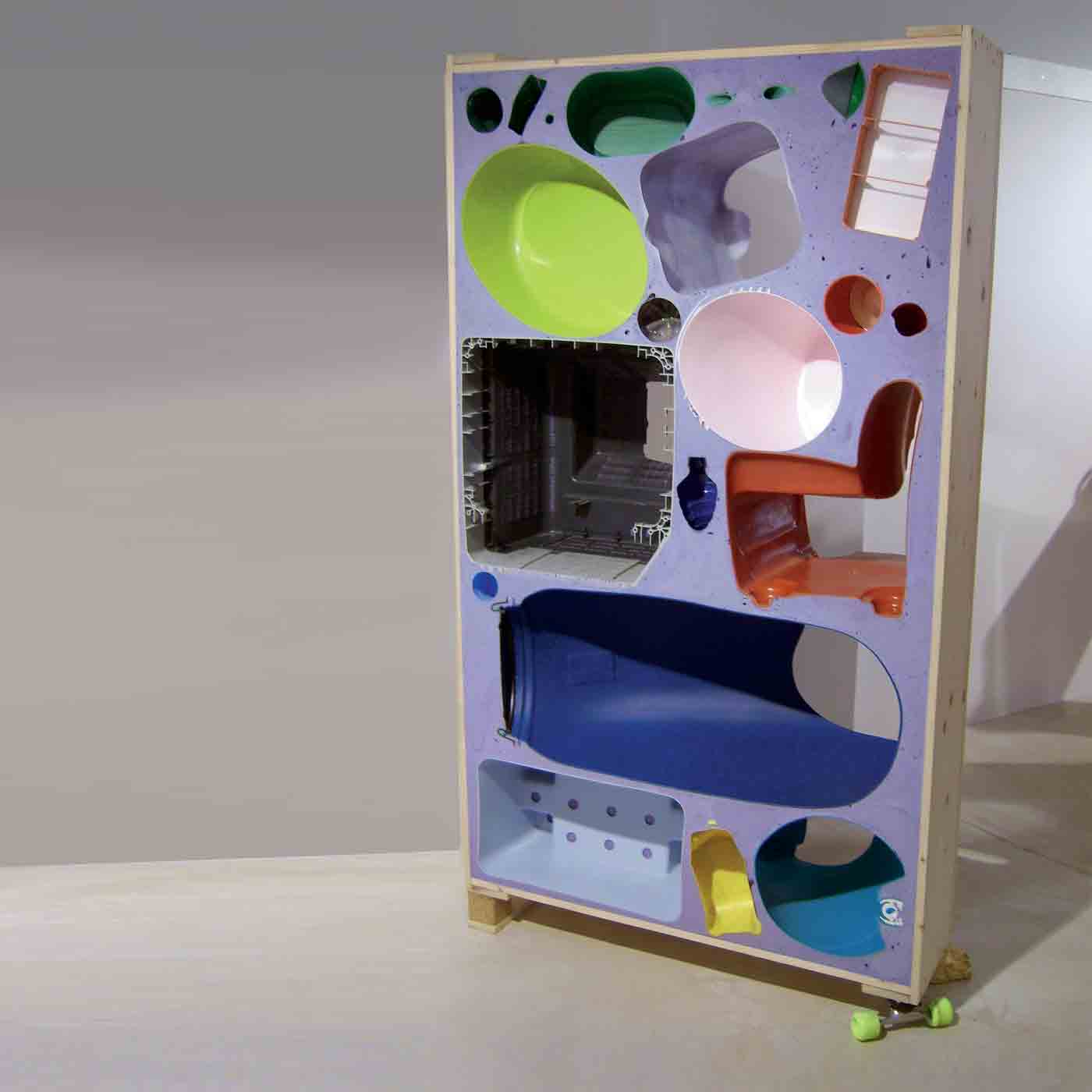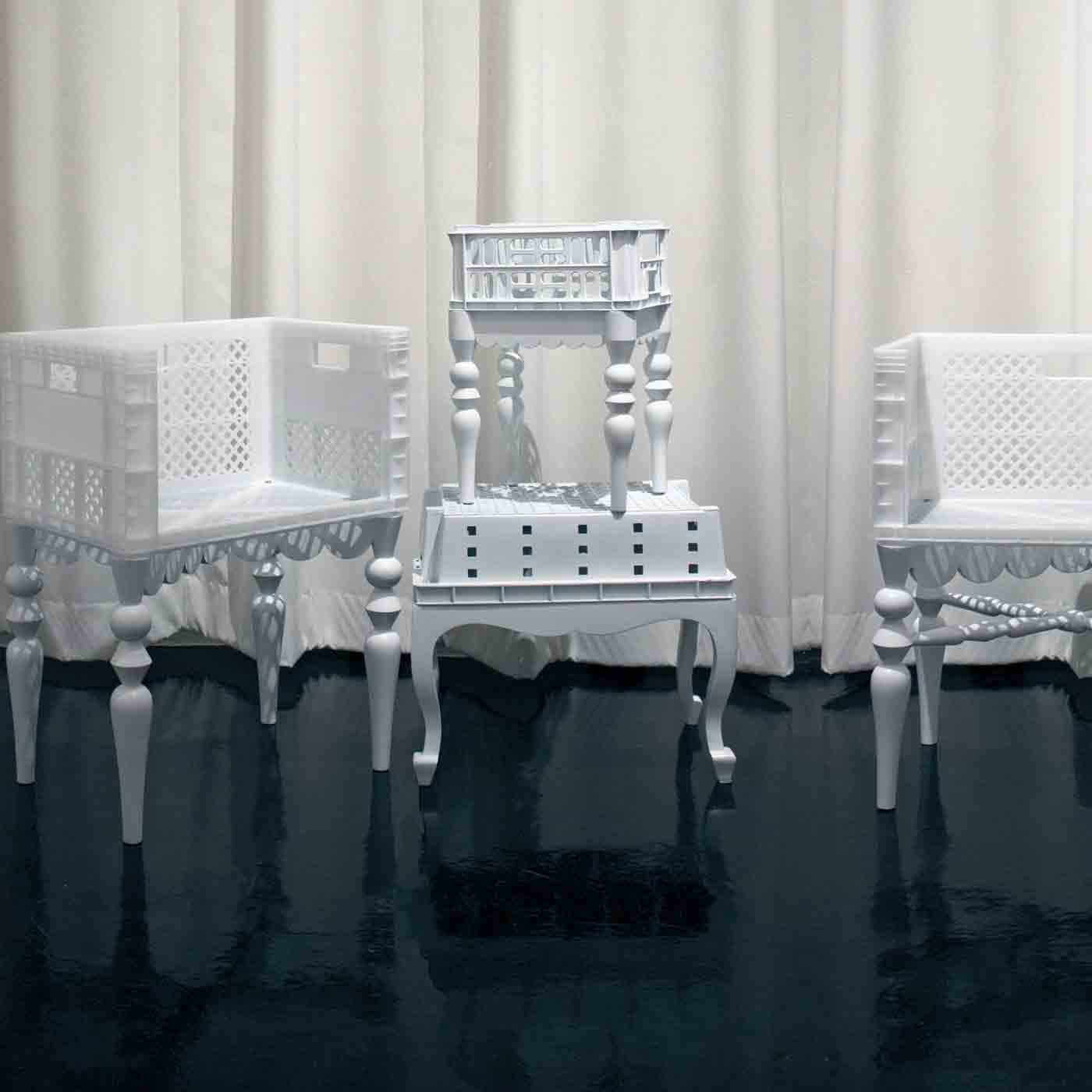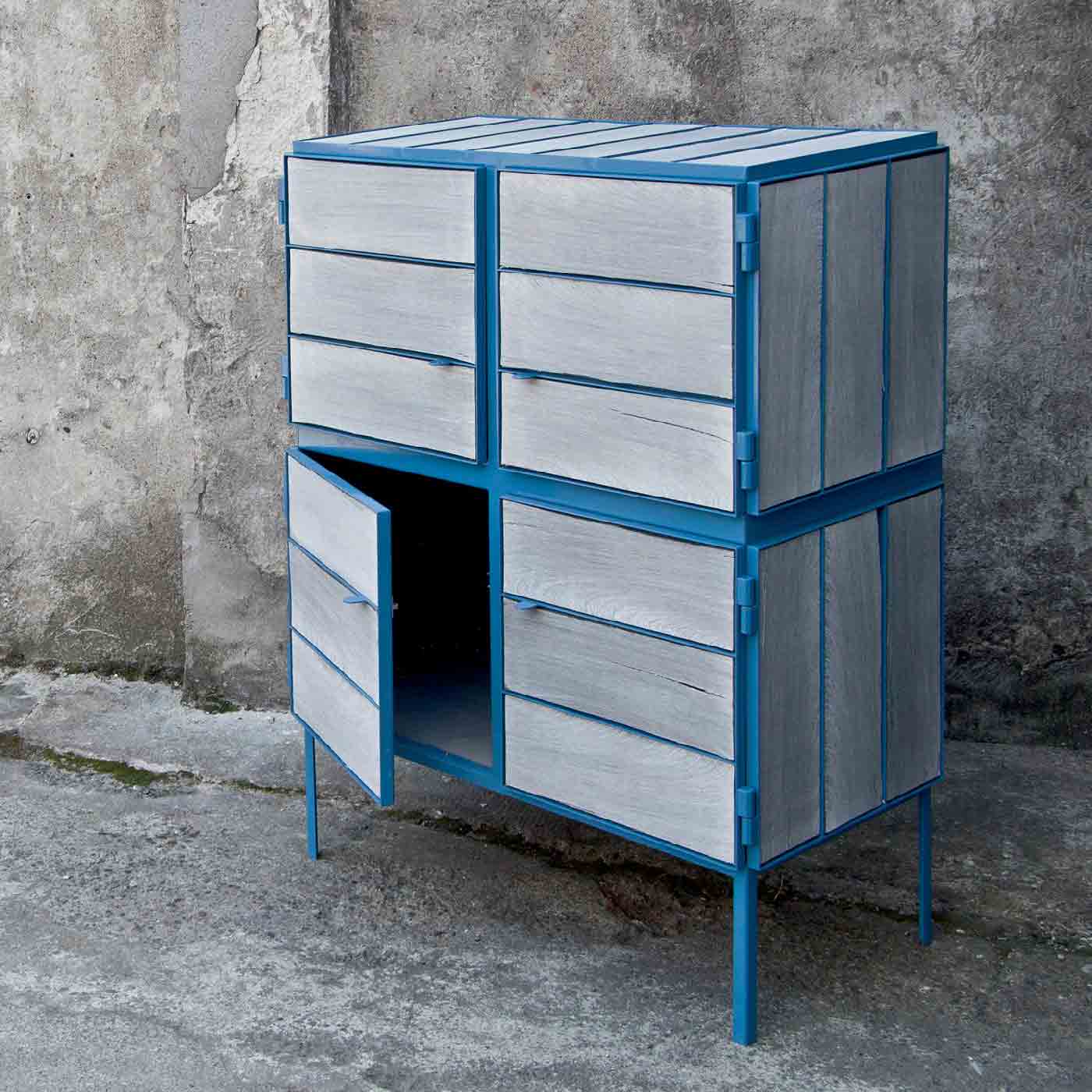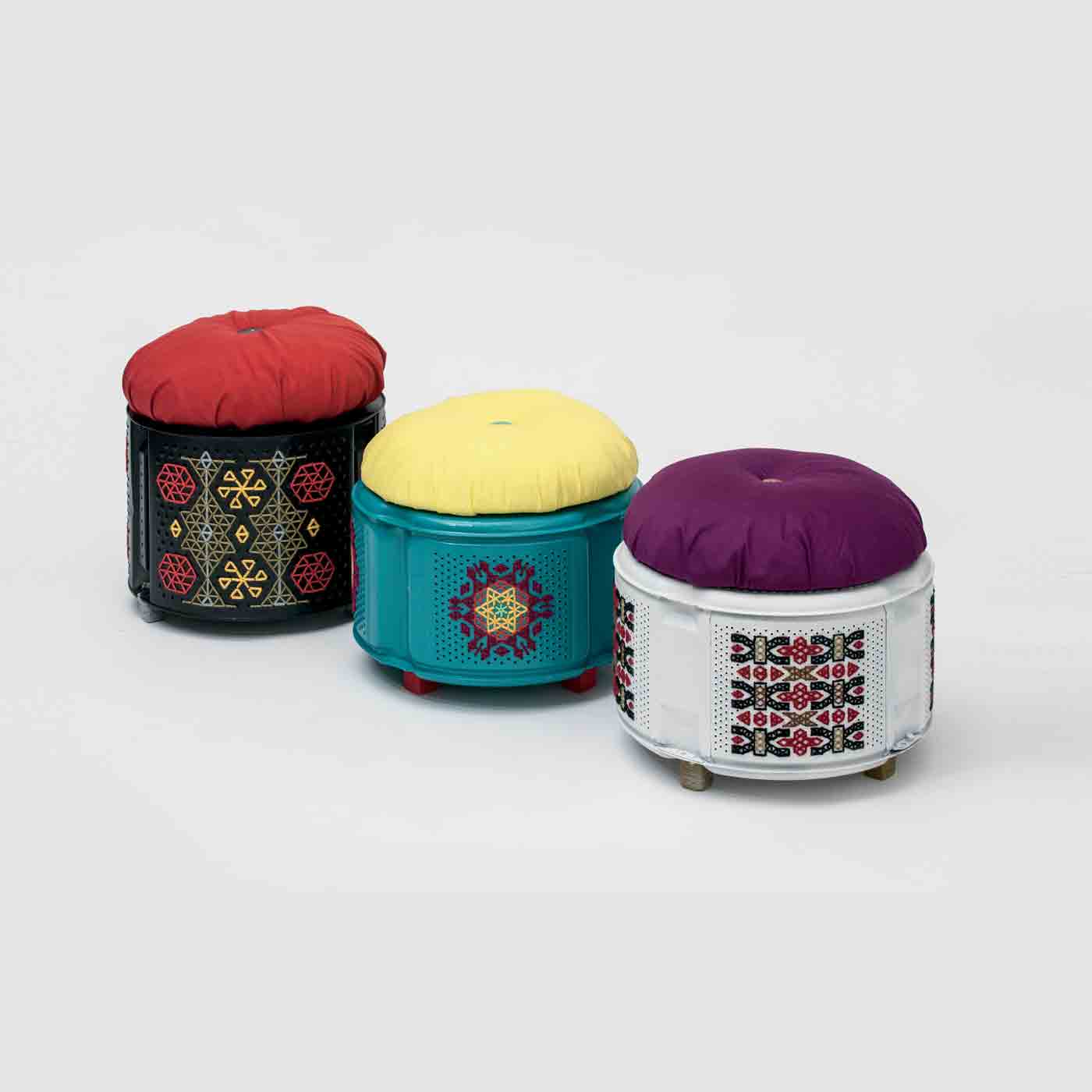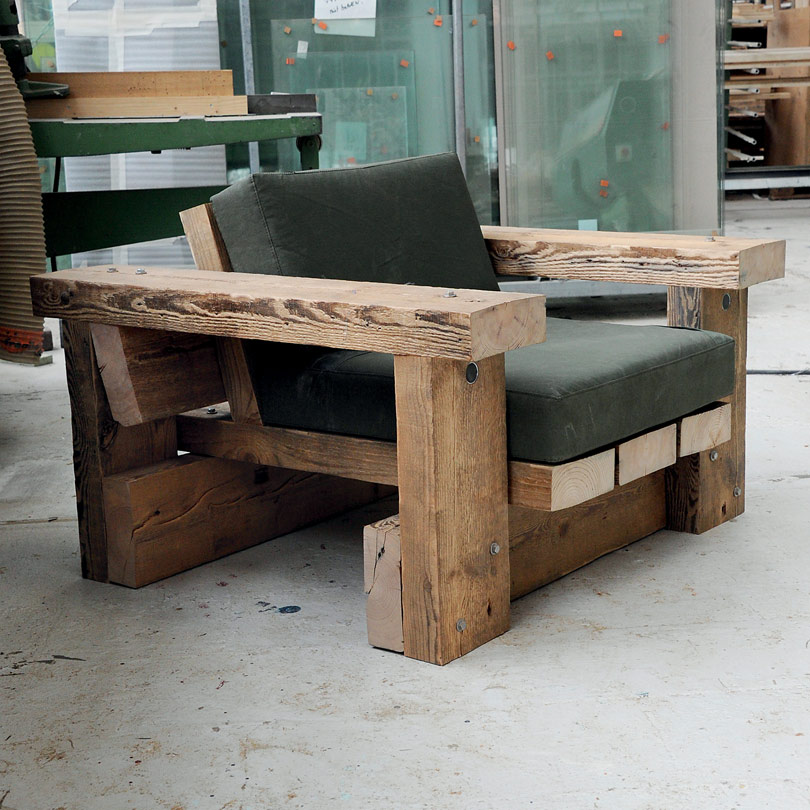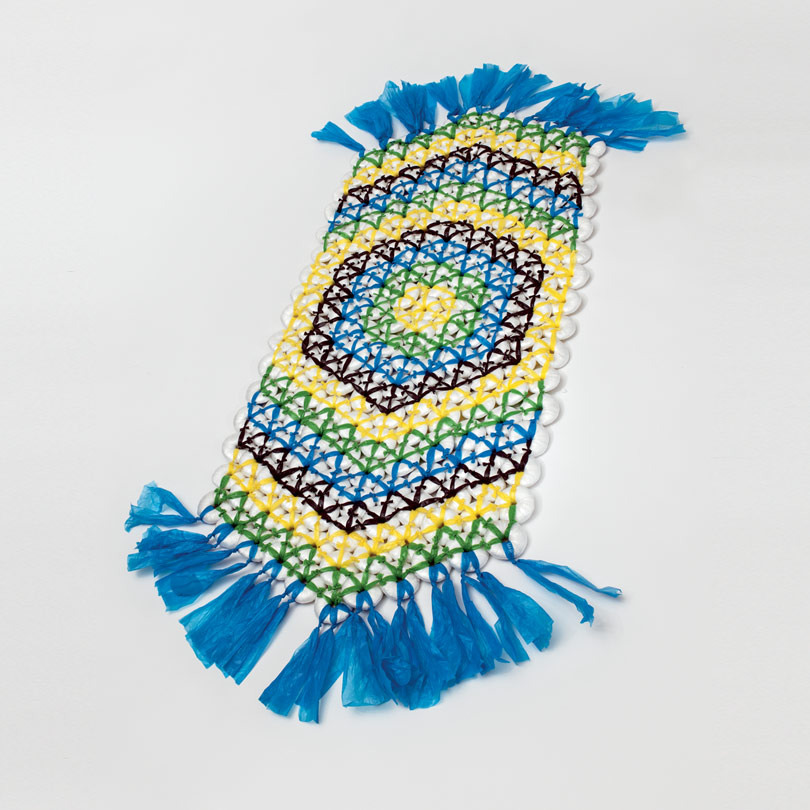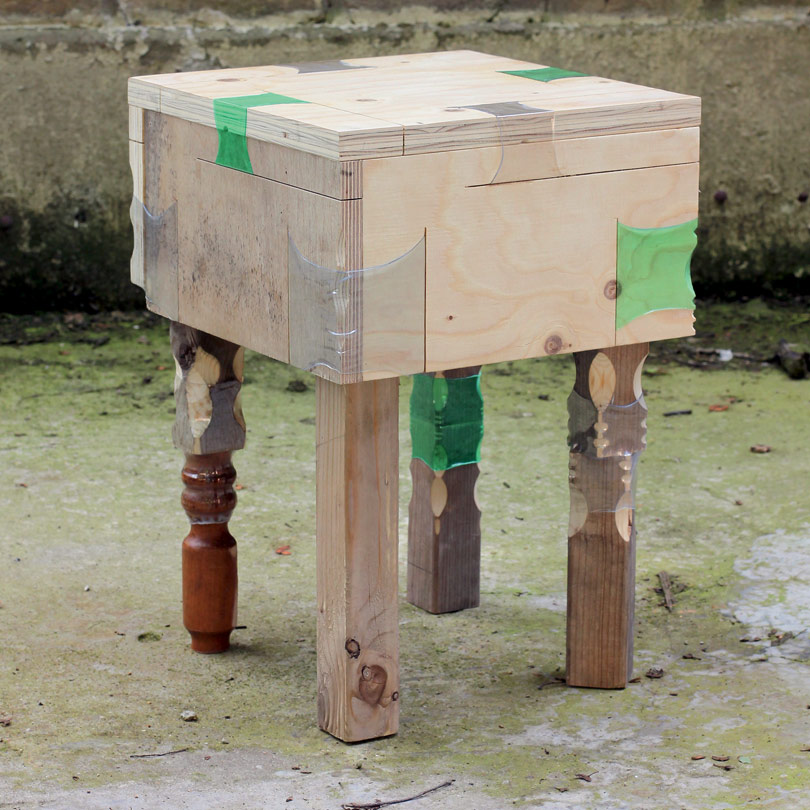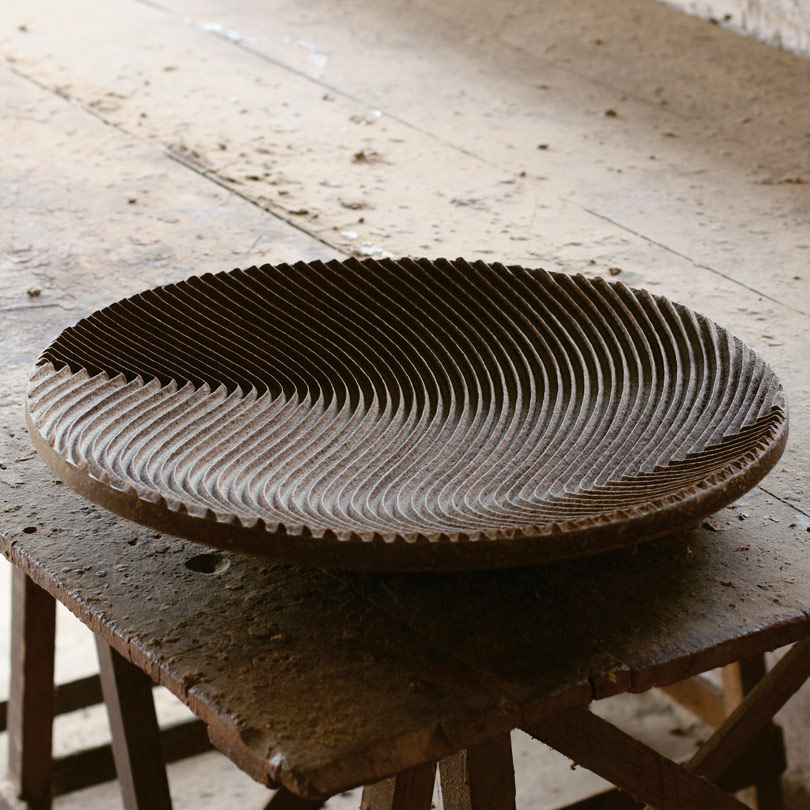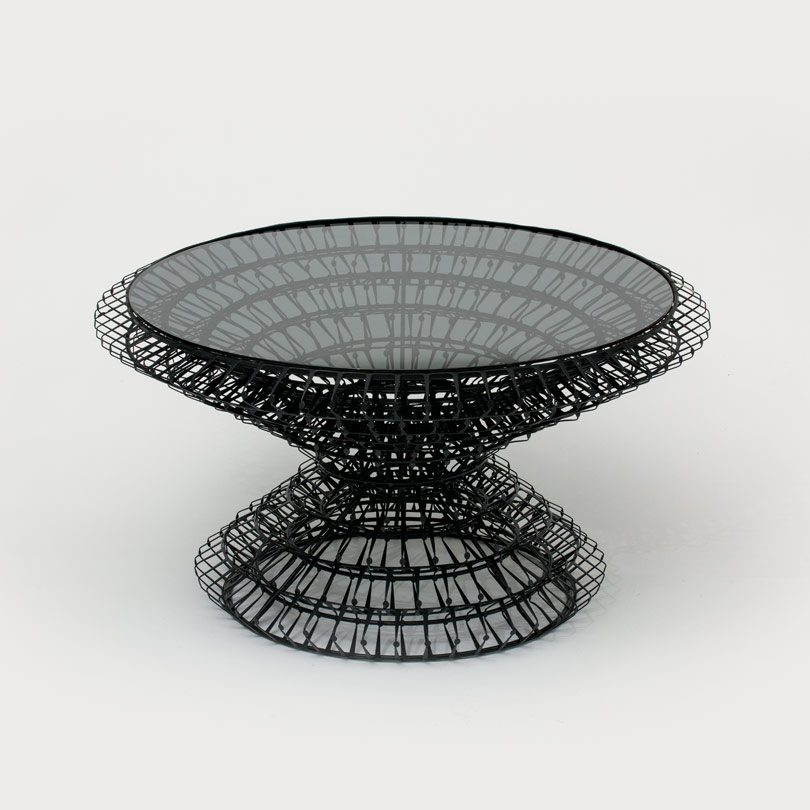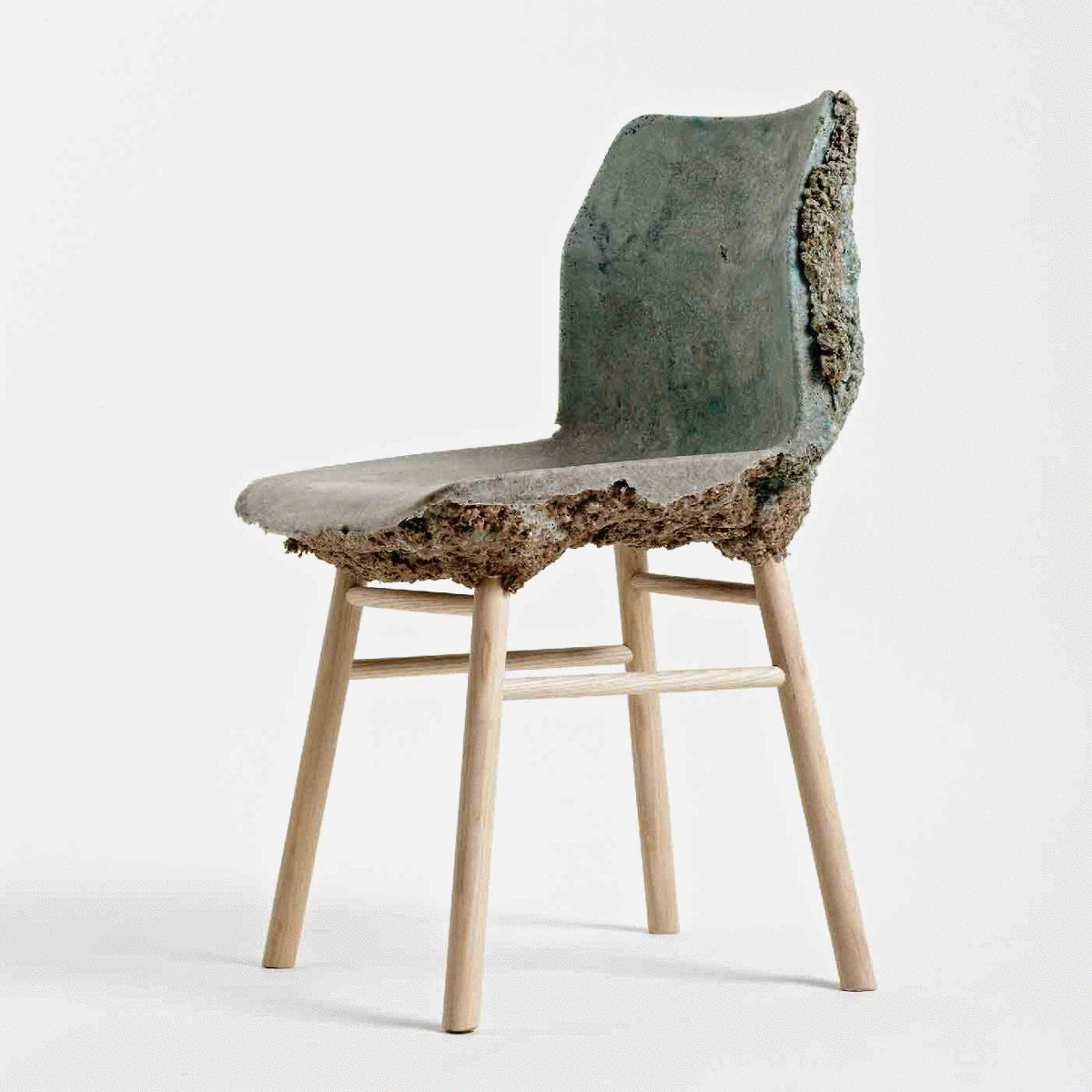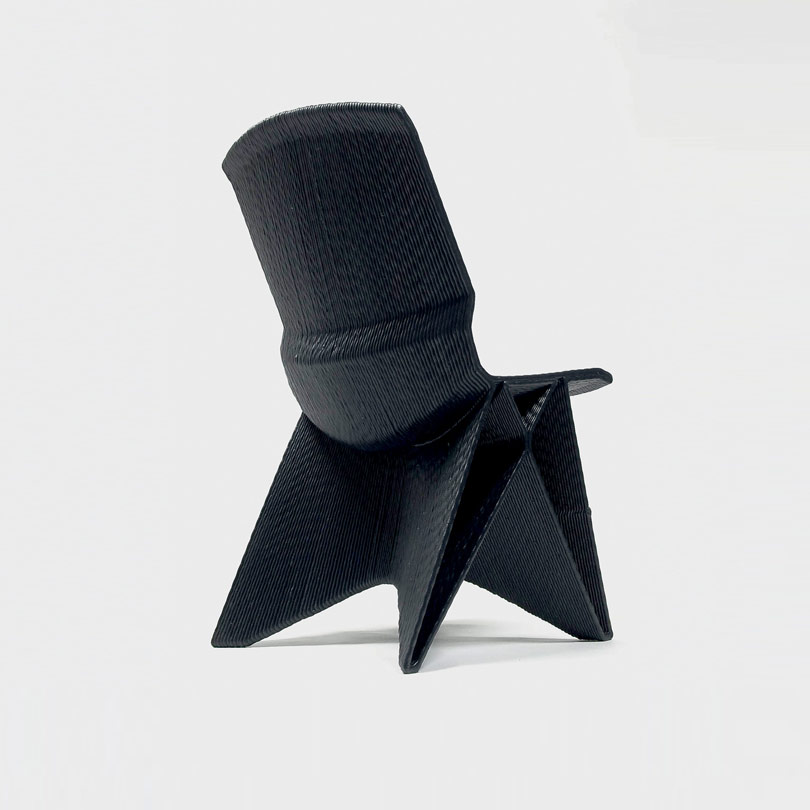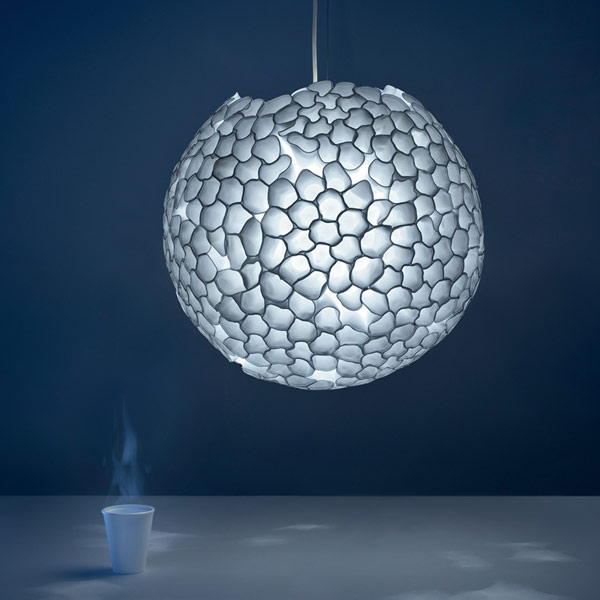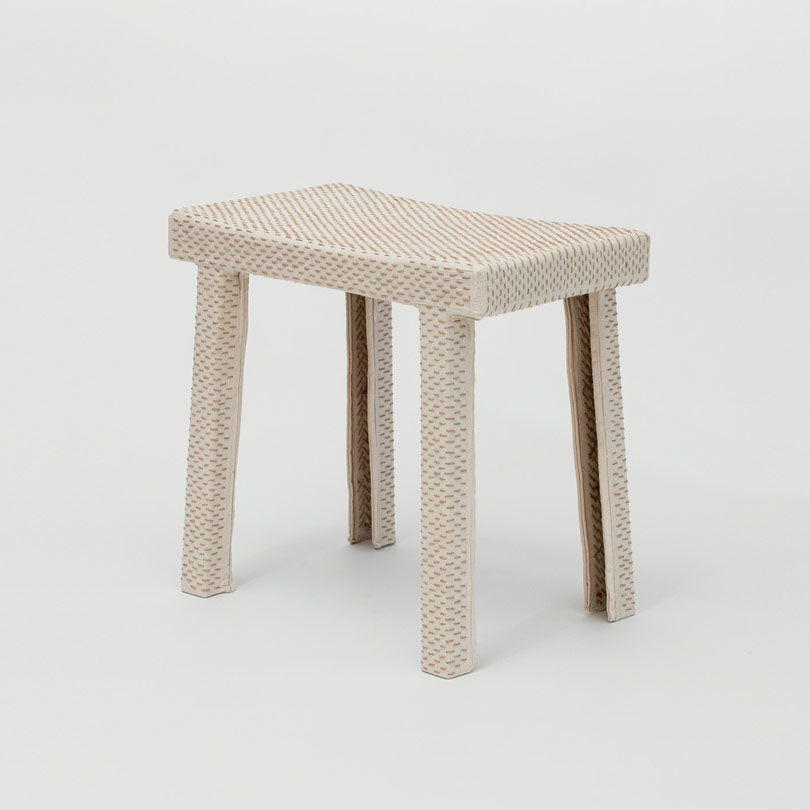CURATORS ESSAY
MADE IN CHINA!
DESIGNED IN CHINA!
by zhang jie
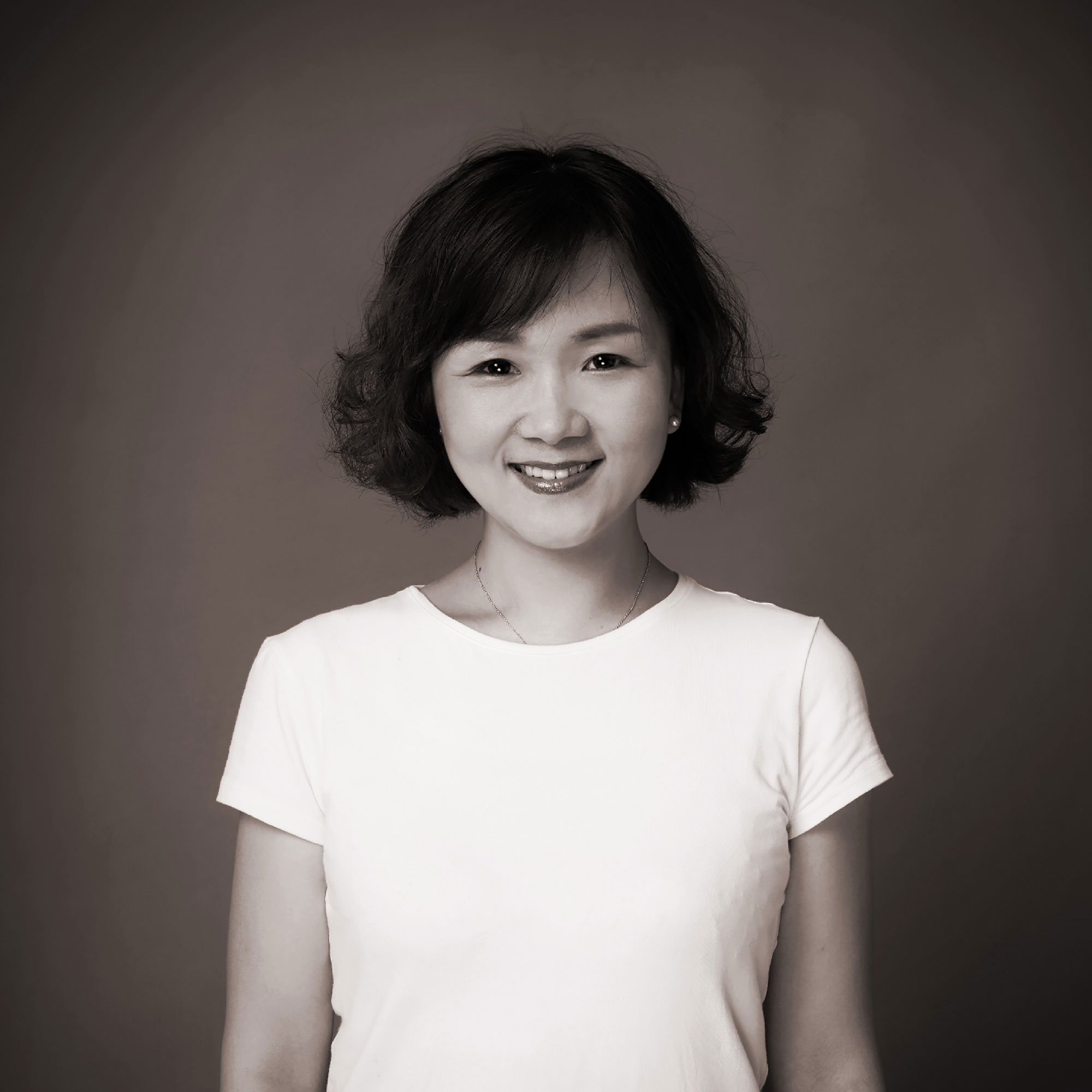

Zhang Jie
Beijing, China
Pure Gold Curator for
East Asia
From 1999 to 2003 Zhang Jie studied industrial design at Yanshan University in China. From 2005 to 2010 she studied product design at the Karlsruhe University of Arts and Design, Germany. From 2011 to 2012 she worked as a lecturer at the College of City Design of China Central Academy of Fine Arts. From 2012 she began to work at the College of Arts and Design at Beijing Forestry University. Her main study areas are Chinese traditional culture and craftsmanship, linked to modern lifestyles and cultural differences in design between east and west. Her design work Zhi was nominated for best design at Karlsruhe University of Arts and Design, Germany, in 2008 and was exhibited at Kamuna at ZKM Museum Karlsruhe. Her work DongXi was collected into Design for Change for publication and exhibited at Le Lieu du Design in Paris. Her work Yi was exhibited at Beijing Design Week 2012, presented at the 2012 Poly Autumn International Design Auction and also exhibited at the National Agriculture Exhibition Center. Her works Píng and Chú were exhibited in the Bamboo Exhibition at the Beijing Design Week 2013 at Ullens Center for Contemporary Art Center, Yue Gallery.
MADE IN CHINA! DESIGNED IN CHINA! by ZHANG JIE
“Made in China” used to leave an impression of shoddy workmanship, even becoming the tag of extremely low quality. “Designed in China”, however, equalled plagiarism and counterfeit. Undoubtedly, many products and designs used to undergo this experience, and, objectively speaking, this phenomenon still can be found in some parts of China today. China’s “industrial design” started quite late. When Western industrial design had already been developing for over a hundred years, China first began to witness the term “industrial design” in textbooks. Such a gap led to China’s long-term imitation. Its design philosophy and methods were nearly all influenced by the West. Once a student specialized in design asked a Western designer, “Could you please share with us your opinions on the development prospect of Chinese design?” The designer replied, “It is you who should be asked.” Surely Chinese designers felt confused then, feeling it hard to find the right direction because they were lagging behind in design standards and techniques. Chinese corporations also felt confused, as they had not realized the importance of design and thus showed no respect for designed products and designers. Once they found good design, they tended to copy the exterior but did not integrate their design philosophy, which resulted in many products only with a similar exterior but no design essence.
Have products made in China always been of low quality? Of course the answer is no. Chinese porcelain, lacquerware and silk products used to win the whole world’s attention. There was a spirit of crafts-manship in China back then. Under very limited technical conditions, a product could combine a craftsman’s wisdom, an understanding of aesthetics, and the pursuit of exquisite workmanship and high quality. In modern times, Chinese design and production also need this spirit of craftsmanship, which does not mean returning to the ancient times of hand-made techniques, but promoting China’s productivity and serving the market with more high-quality design and products by studying design and production technology and improving product quality. For example, the Chinese electronics company Huawei has achieved great success with regard to its product design and quality after more than twenty years of exploration, with its newest generation of products entering the European market and receiving broad acknowledgement. Another example is China’s original design platform KANJIAN, which has engaged in a contemporary use and explanation of traditional Chinese materials and techniques. KANJIAN exhibited their products at the 2014 Milan Design Week, and impressed visitors with their concept “Celebrate Quality”.
Design in essence is to create a healthy and reasonable lifestyle for mankind. It should not only address current issues concerning the existence of the human race, but also raise probabilities for future human survival and development. Ancient Chinese philosophers held that we should allow for unforeseen circumstances and stop where it should stop. “Moderate design” is the guarantee to sustain human society. However we innovate, we should base our work on fundamental human needs and on high quality. It is regrettable to see that Chinese young men are nowadays enthusiastic for commodity consumption in the tide of commercialization. An item, after being manufactured, is called a product. Placed on the shelf of stores, it is dubbed a commodity, and when used, it is an article. However, it will be a waste if tossed into the dustbin. So-called “waste” is actually goods put in the garbage. In practice, design should be able to guide human behaviours, directing them through processes of consumption and utilization and show-ing us how to use products and live in a healthy fashion, rather than leading to extravagance – as things are now.
This is the social responsibility to be shouldered by corporations and designers. They should improve design to reduce material and energy consumption and also lead consumers’ behaviour through their design. For instance, among the works selected for the exhibition Pure Gold, two pieces were from the public auction project The Old Shines Newly co-held by the furniture corporation QM and Jiaju.sina.com.cn. This project invited designers to upcycle some obsolete products or materials through designing, sell them at auction, and donate the fund to the Green Foundation for tree planting. Two pieces from this project were Wang Shumao’s work Starfish Chair and Cheng Biliang’s work Steel Bar Combination Stool. Wang Shumao founded Femo Design Studio in 2015, and established his furniture brand ±life in 2016. His selected work Starfish Chair is designed for children, made from four waste chair bases. Cheng Biliang is now a student at Guangzhou Academy of Fine Arts, where his research focuses on everyday products and materials. His Steel Bar Combination Stool is inspired by leftover steel bars in the construction sites near his school. He uses the sturdiness and linear structure of steel bars to design the combination stools, giving these useless steel bars a new life. Another designer, Wei Minghui, established the brand neicun re_design, making various obsolete materials, such as old advertising poster layers, into bags, travelling suitcases, lights, and clothing, etc. His work Bamboo Mat Bag is a bag made using a traditional bamboo mat and has also been selected for Pure Gold.
A leading expert in China’s industrial design, Liu Guanzhong has always said, design is not only a technique but also a type of culture. And it represents people’s lifestyles and records information from different ages and areas. Chinese design, which used to learn from and imitate Western philosophy and techniques, has begun to find that imitation, without local features and elements taken into consideration, can hardly survive in the market. Techniques can be studied, but culture can never be copied, as it is a set of habits and beliefs that are like deep sediments. It takes a long time to integrate new cultures into the spirit of design. China’s design should be based on its own cultural characteristics, and combine modern scientific technologies with tradition so as to show its own lifestyle and ideology.
To our delight, not feeling confused about the direction of China’s design, many designers in modern times have already found their most suitable style. In their works, we can see their understanding of life and of a cultural heritage, and the development of an own culture. In 2012, a great masterpiece, based on four years of work by design group Pinwu to reinterpret Yuhang’s traditional cultures and crafts-manship, won the Salone Satellite Design Report Award at the Milan Design Week. Pinwu’s lights made of bamboo filament, bamboo-paper-made chairs, and ceramics-and-wood tables, all showed their own explanation of China’s design. Similarly, the Melaleuca Chair No.1 by Zhang Han, Sui Hao and Li Hua selected for the exhibition Pure Gold has adopted the traditional Chinese technique of multi- layered cloth shoes, covering the mould with cotton cloth, hardening it with multi-layered white latex, and knitting with twine after the mould is removed. Designs like this, combining Chinese tradition with modern life and taking Chinese cultures into account, are increasingly appearing on the design stage.
Whether in design or production, the young designers of a new generation in China are cooperating with Chinese enterprises in a dialogue with the world with their design and products. They are changing the world’s opinion of China’s design and production. Probably “design in china, made in china” will gain a new definition one day. This is the future of China’s design and products.
EXHIBITS FROM EAST ASIA
WORLD TOUR STATIONS
WORLD TOUR STATIONS
